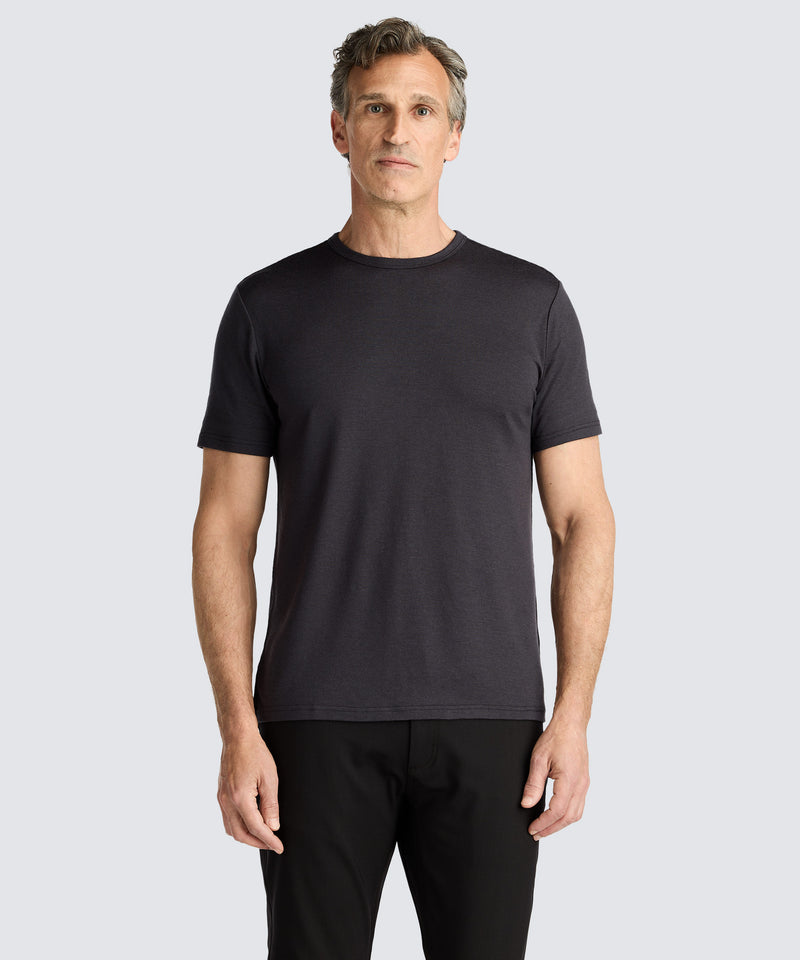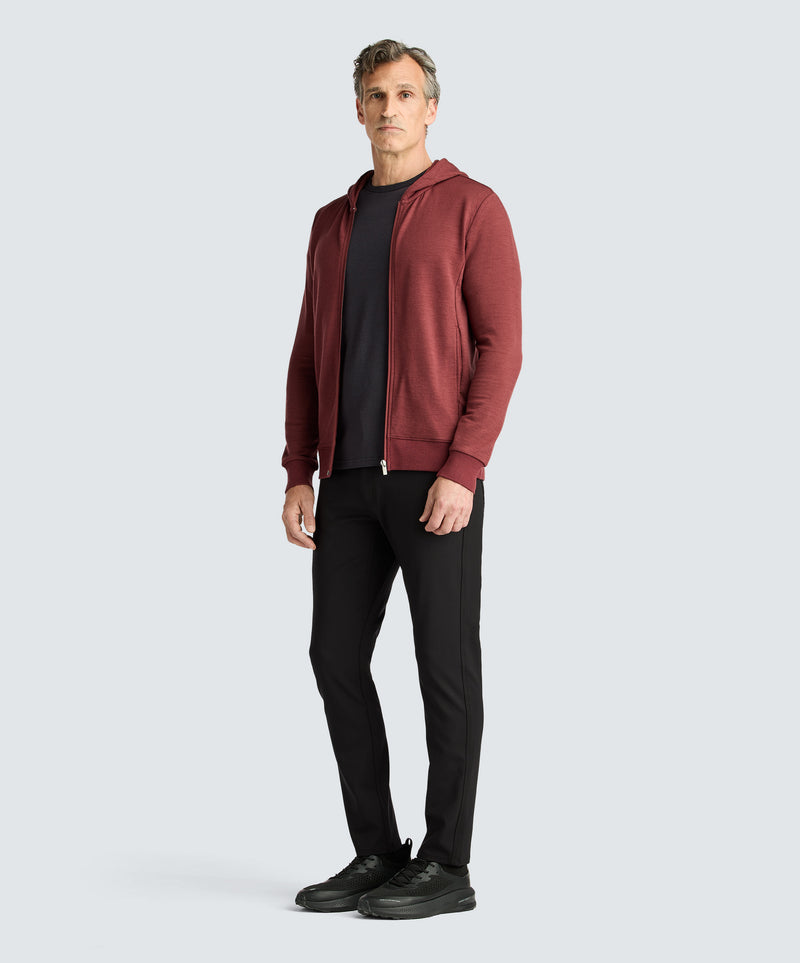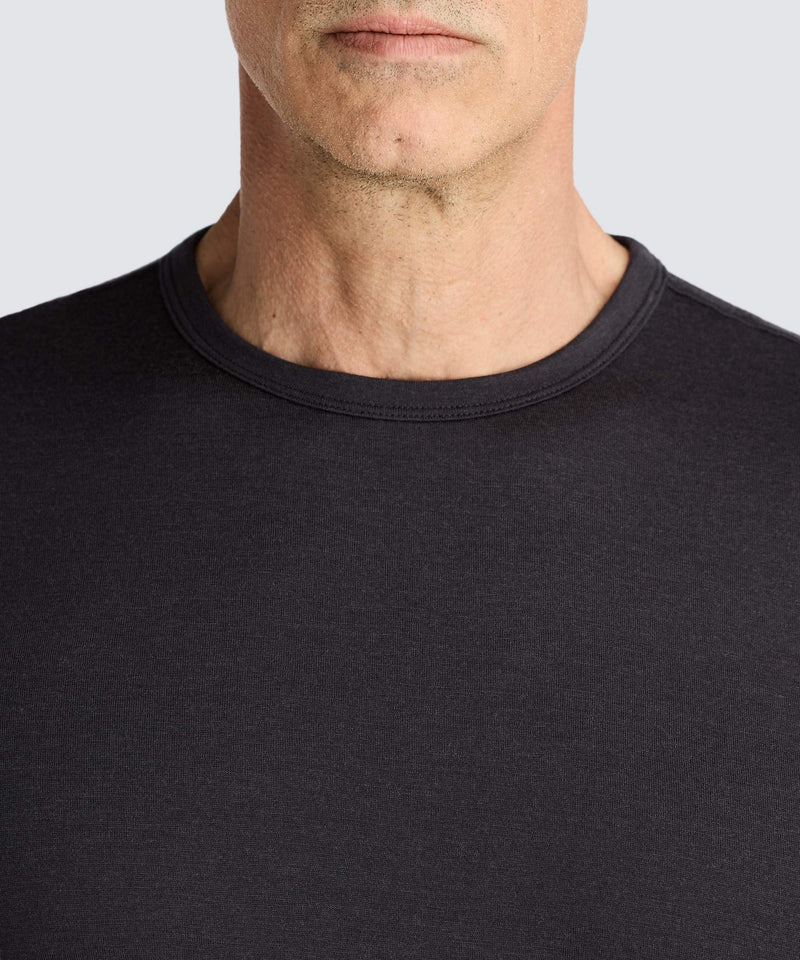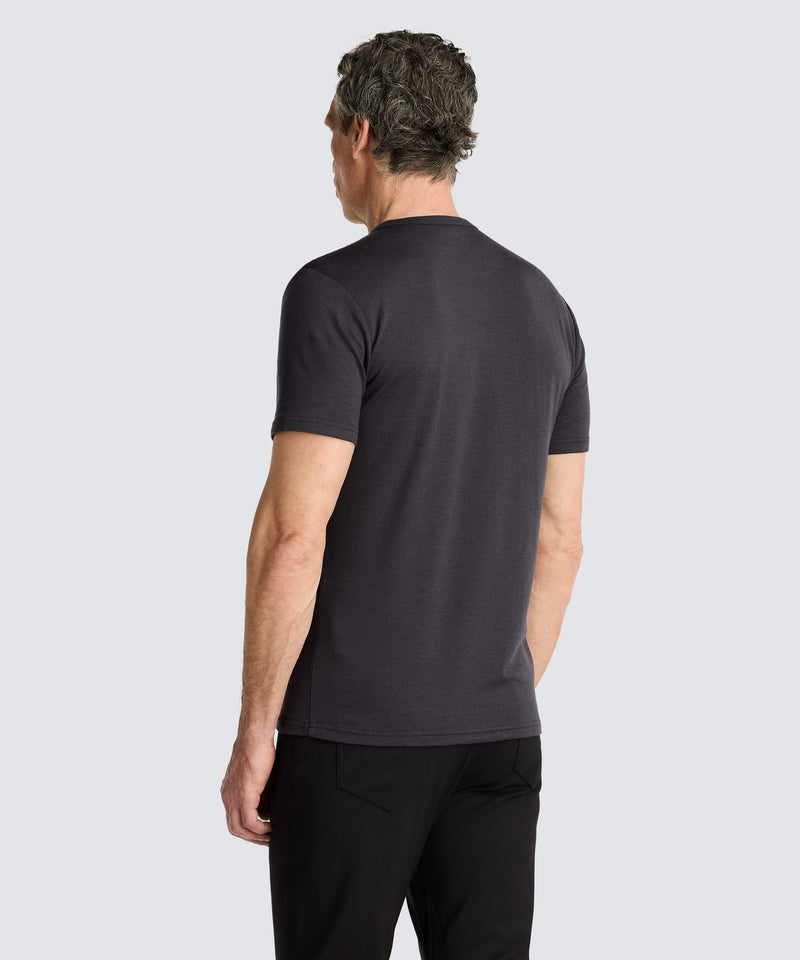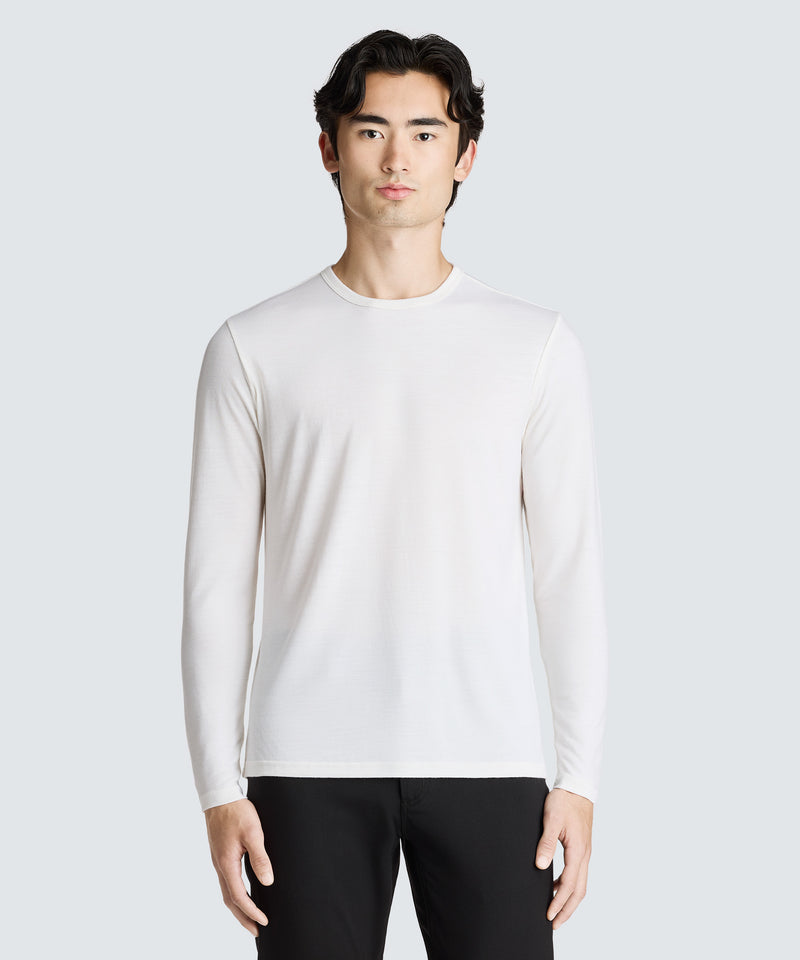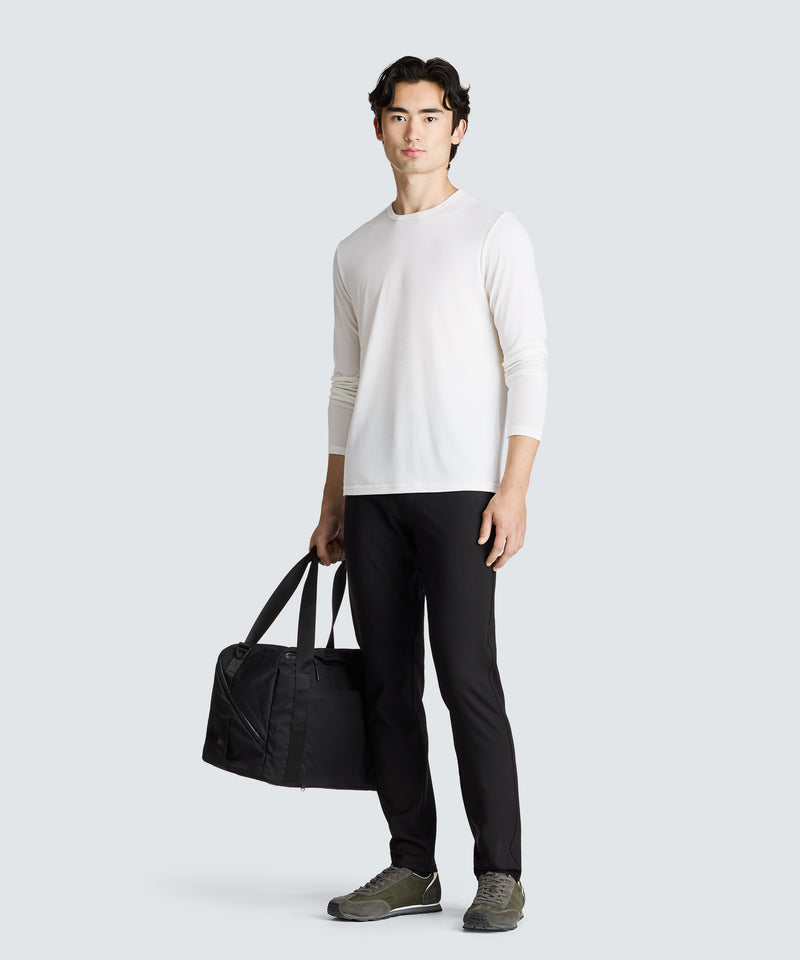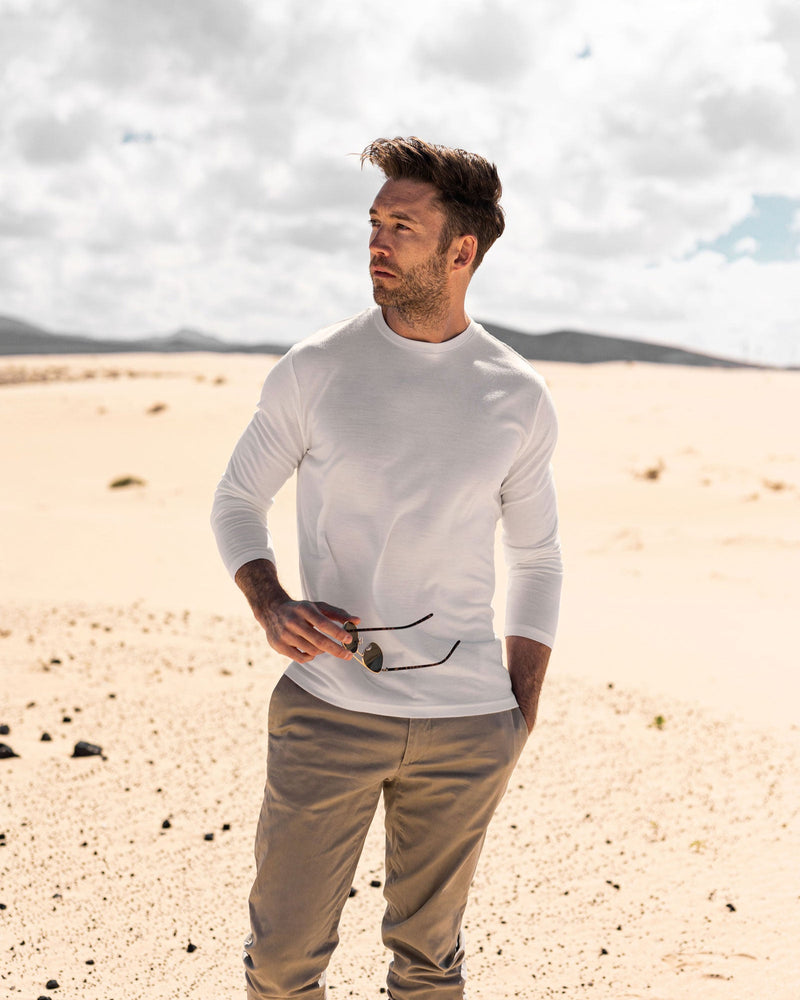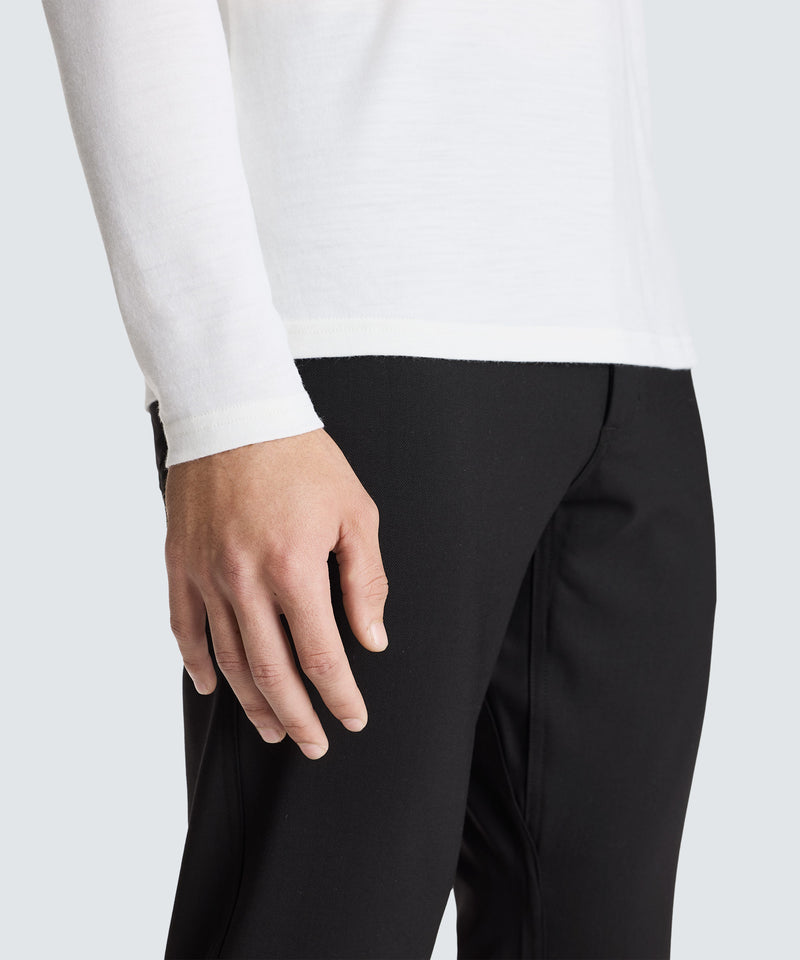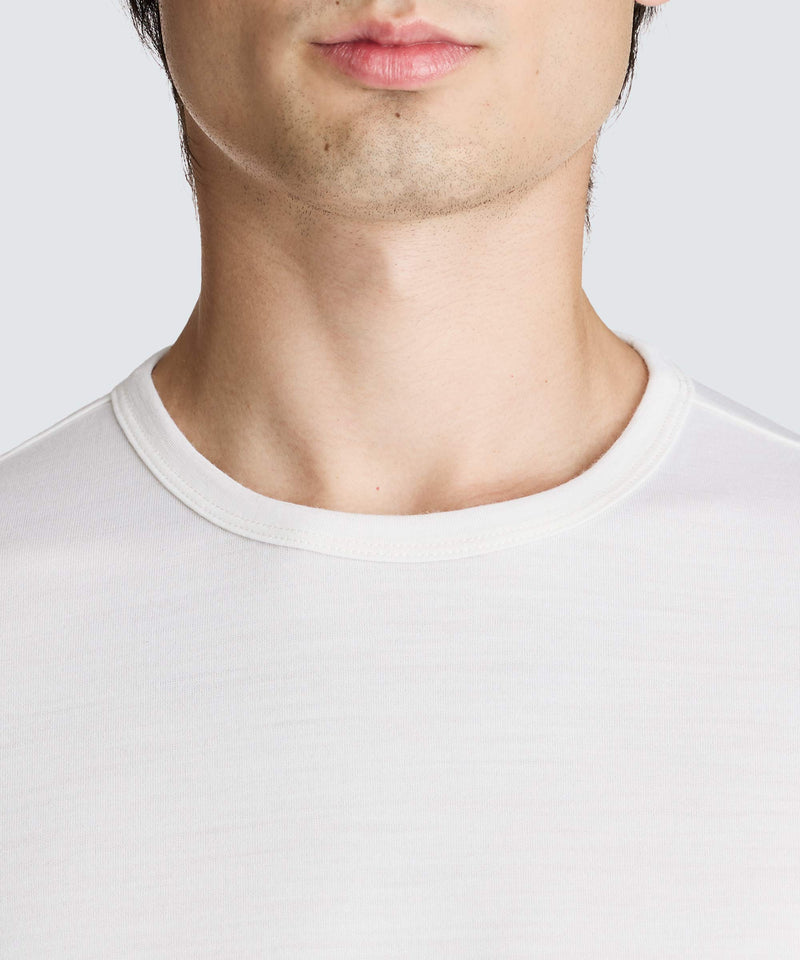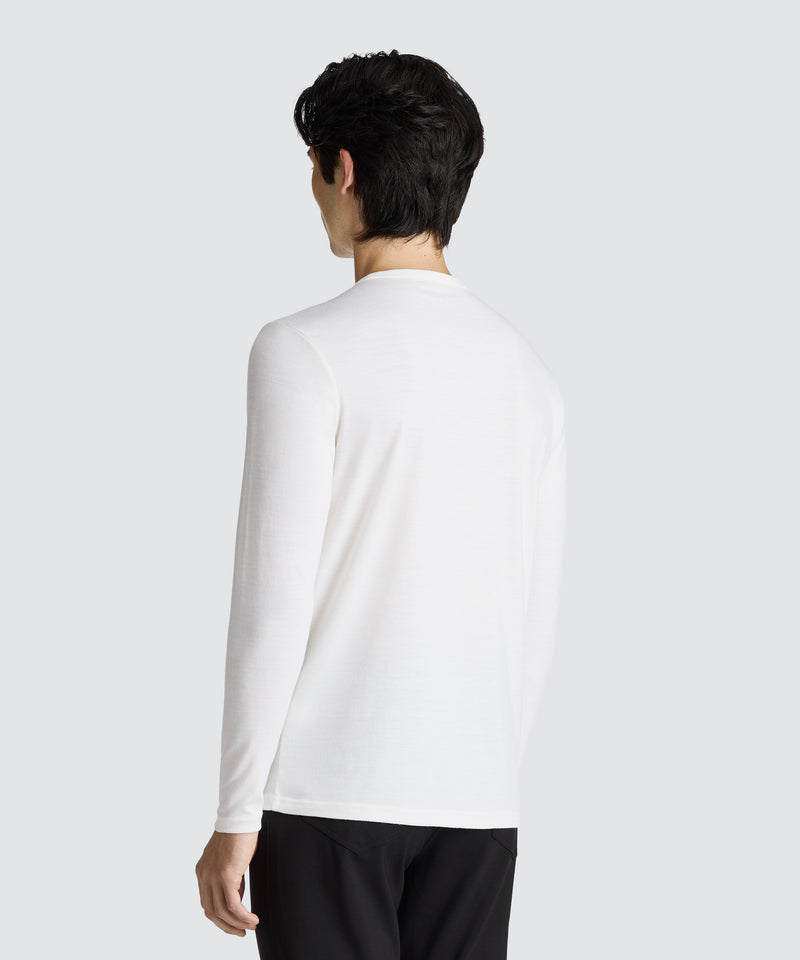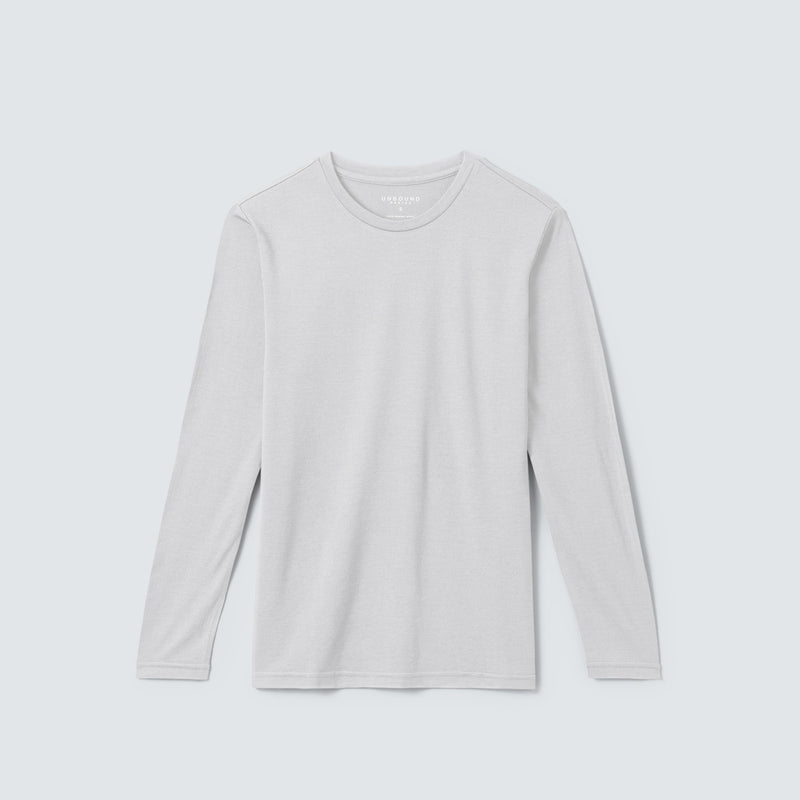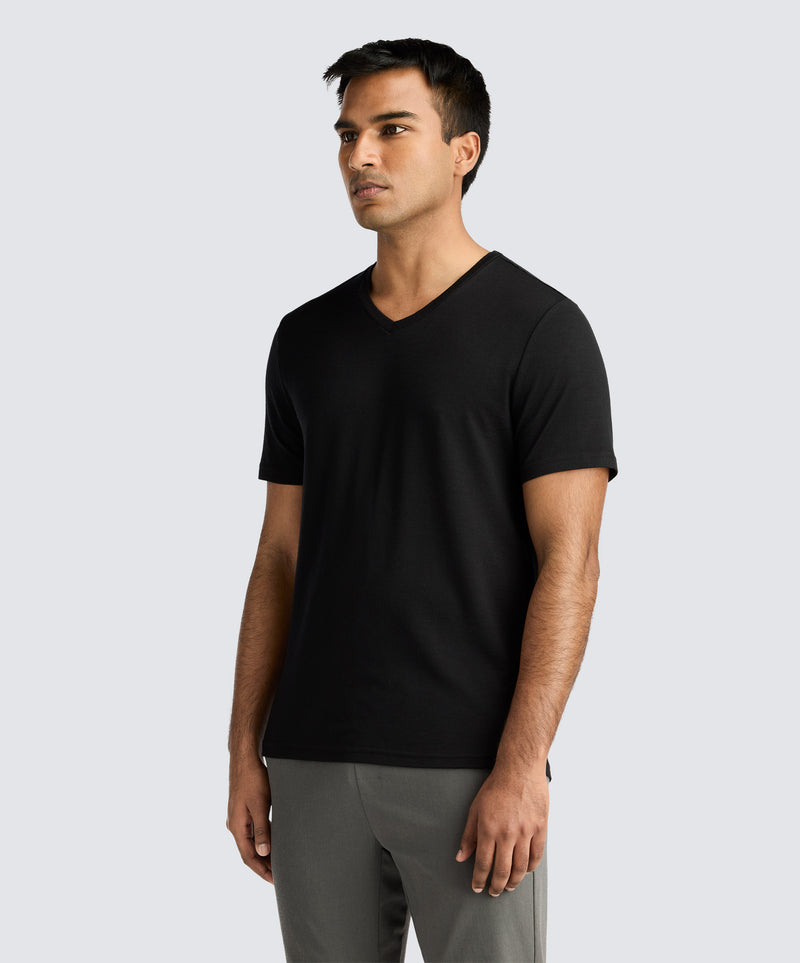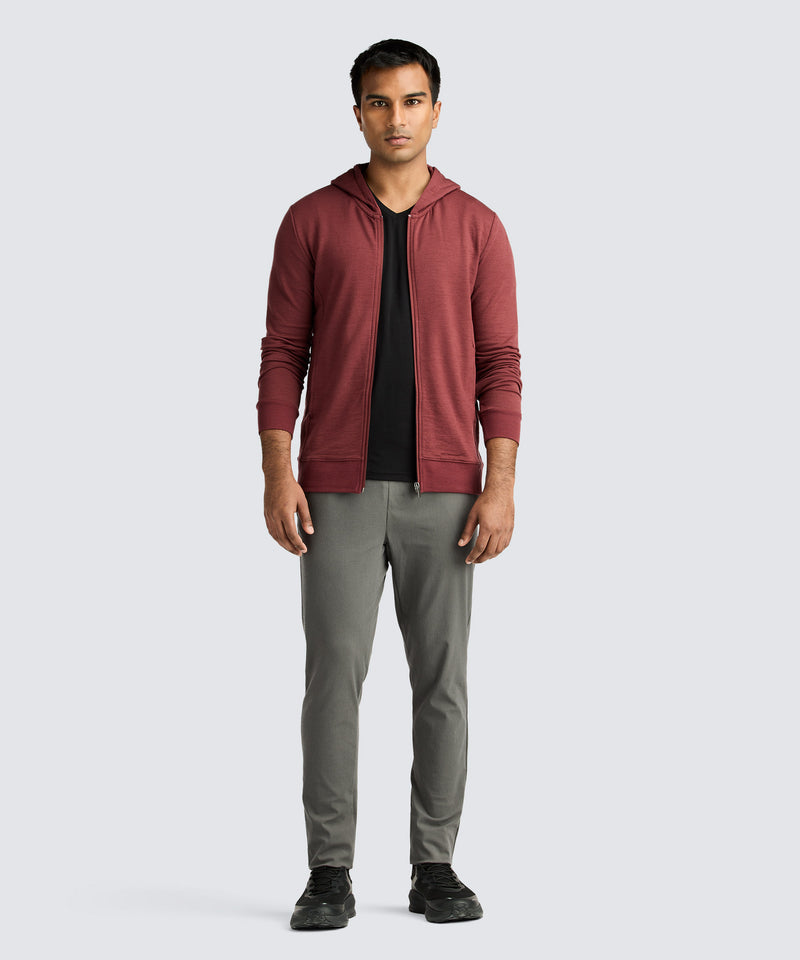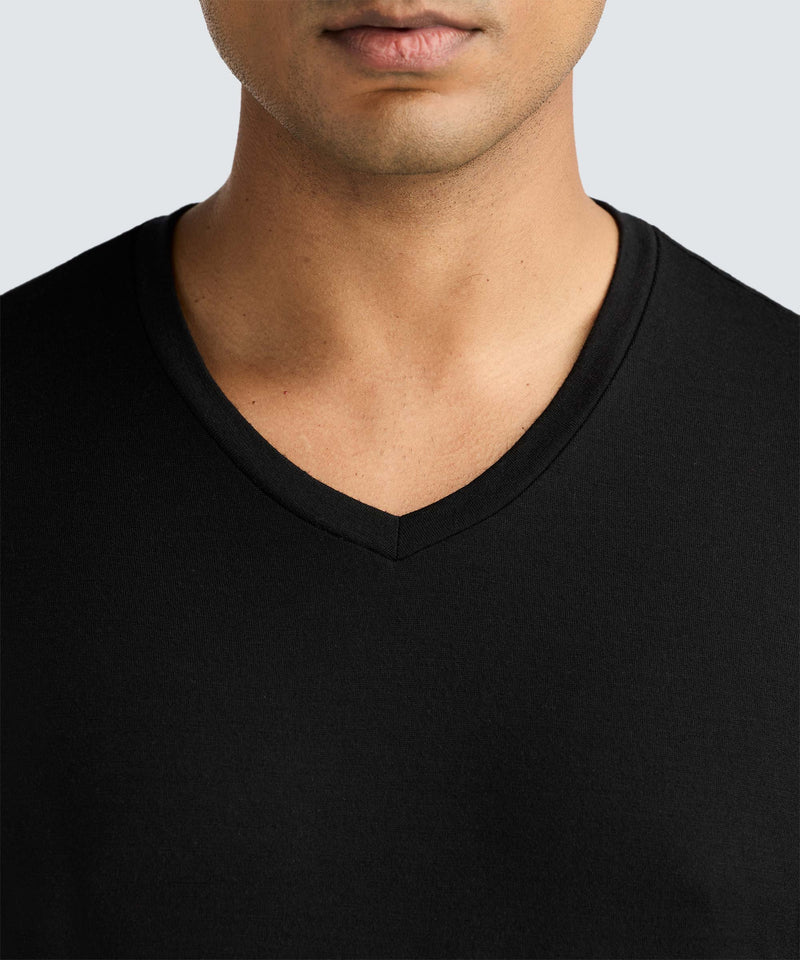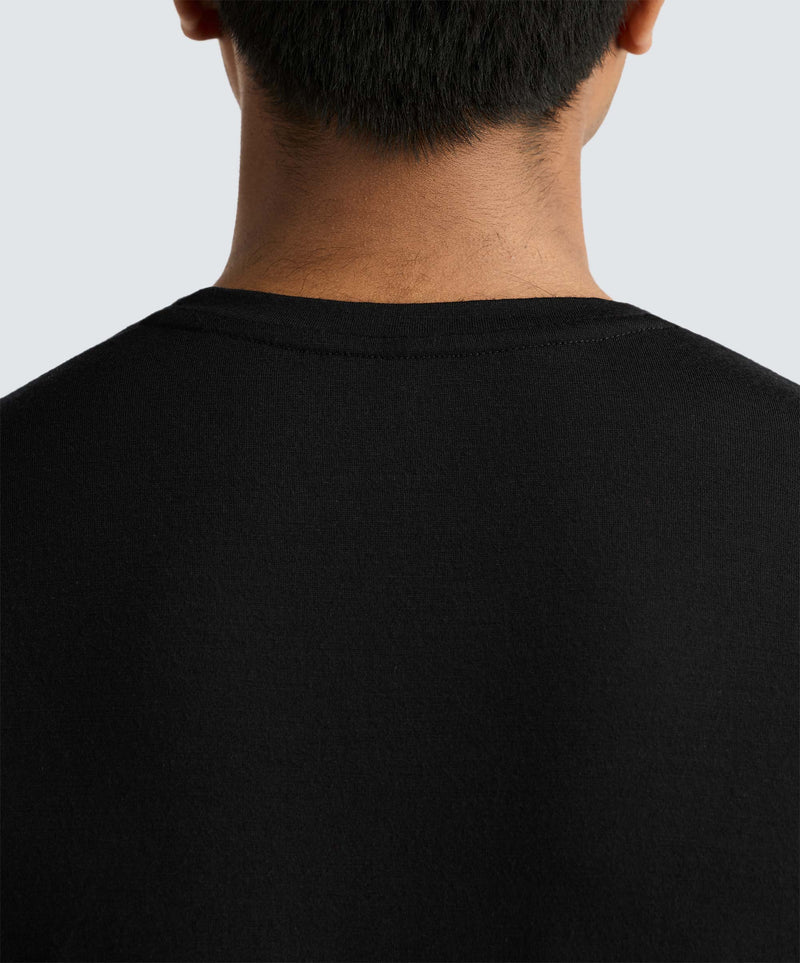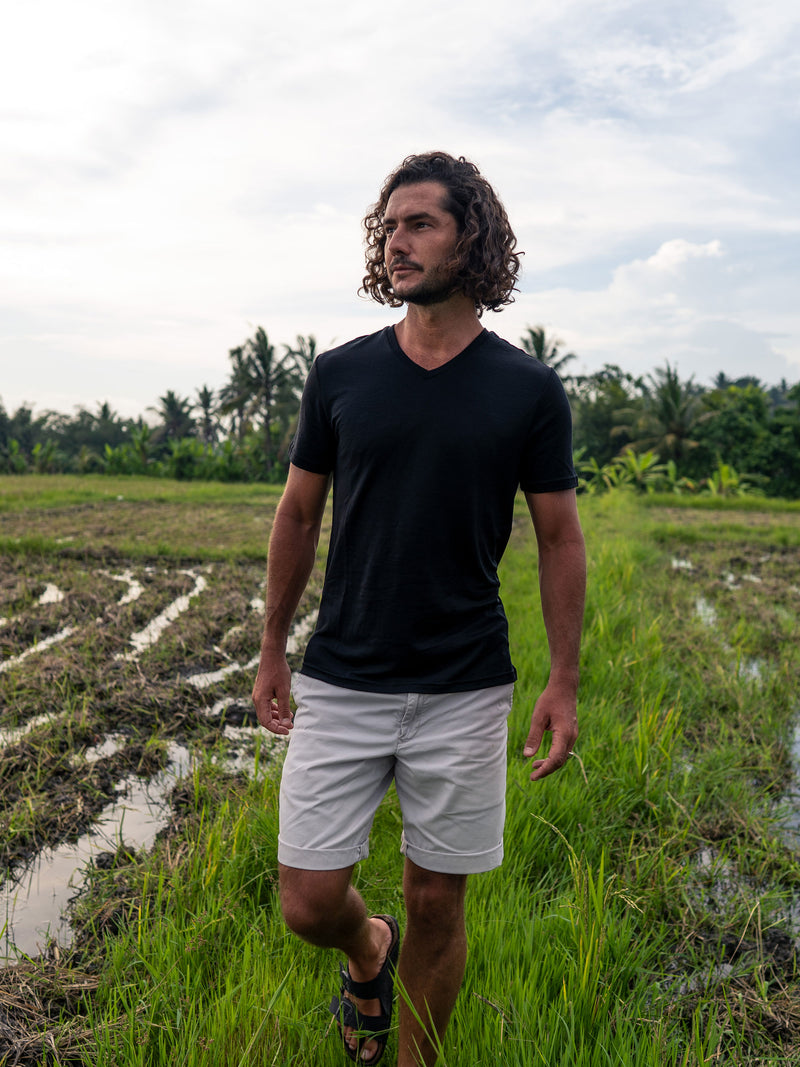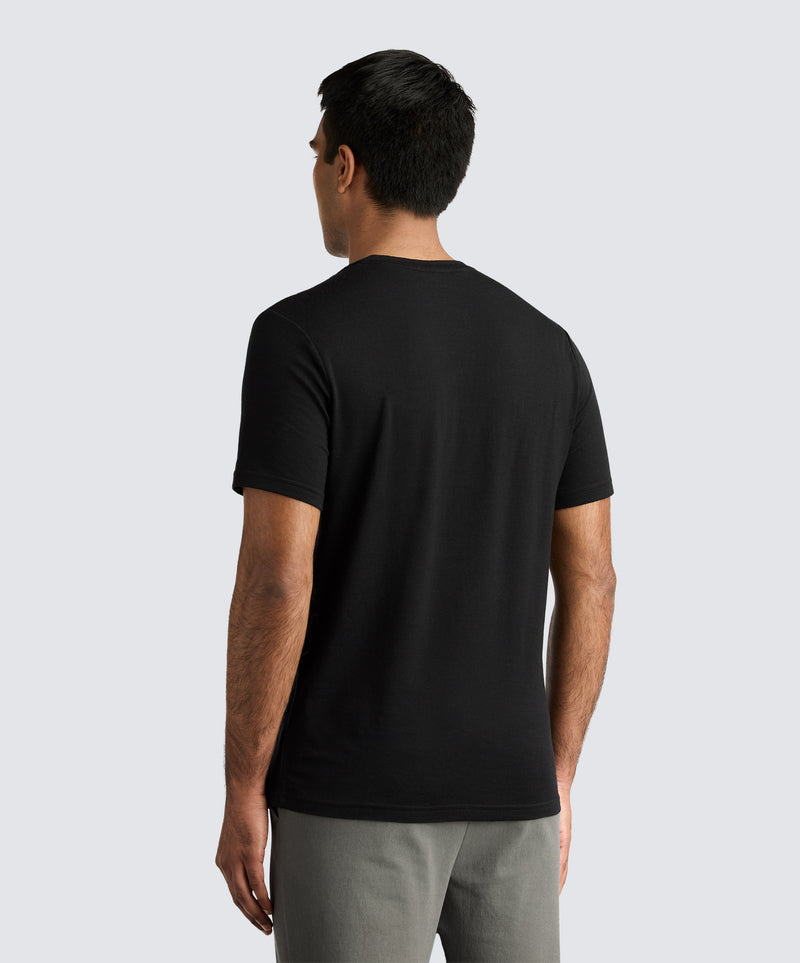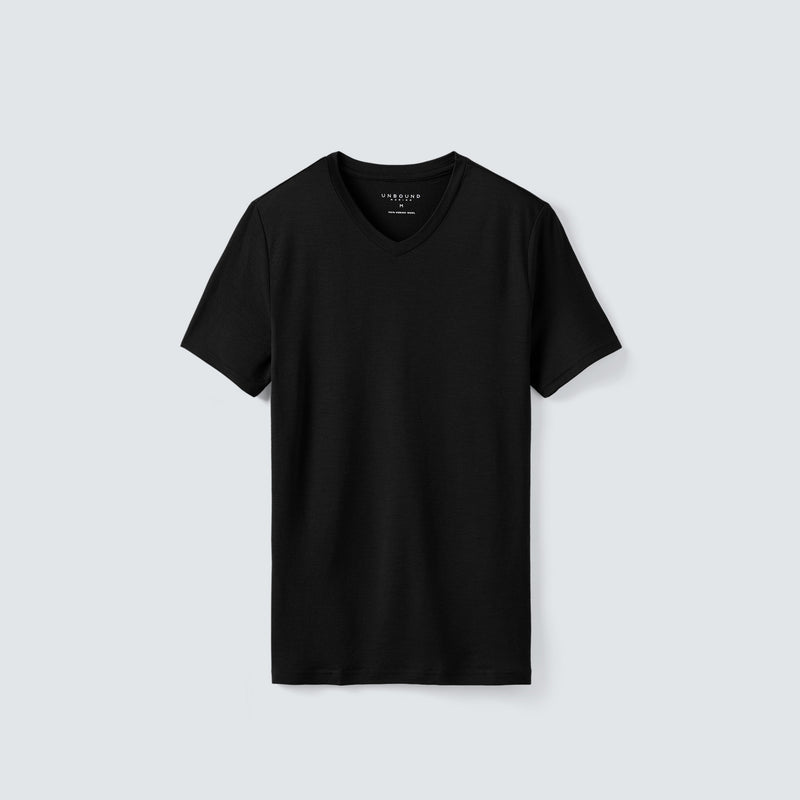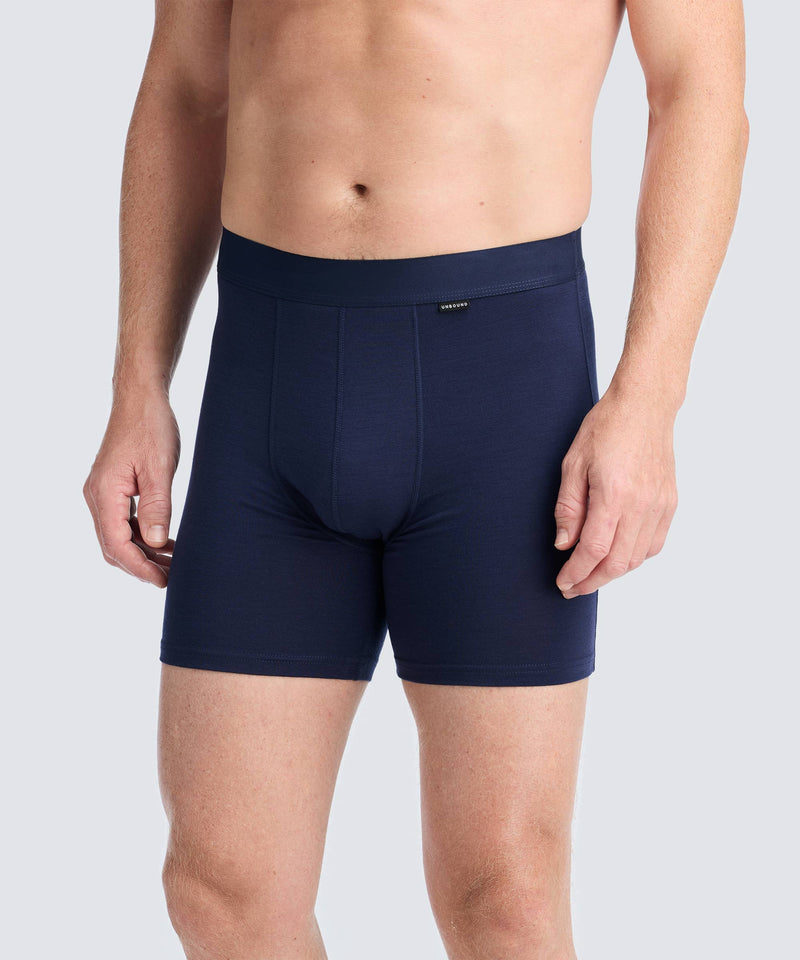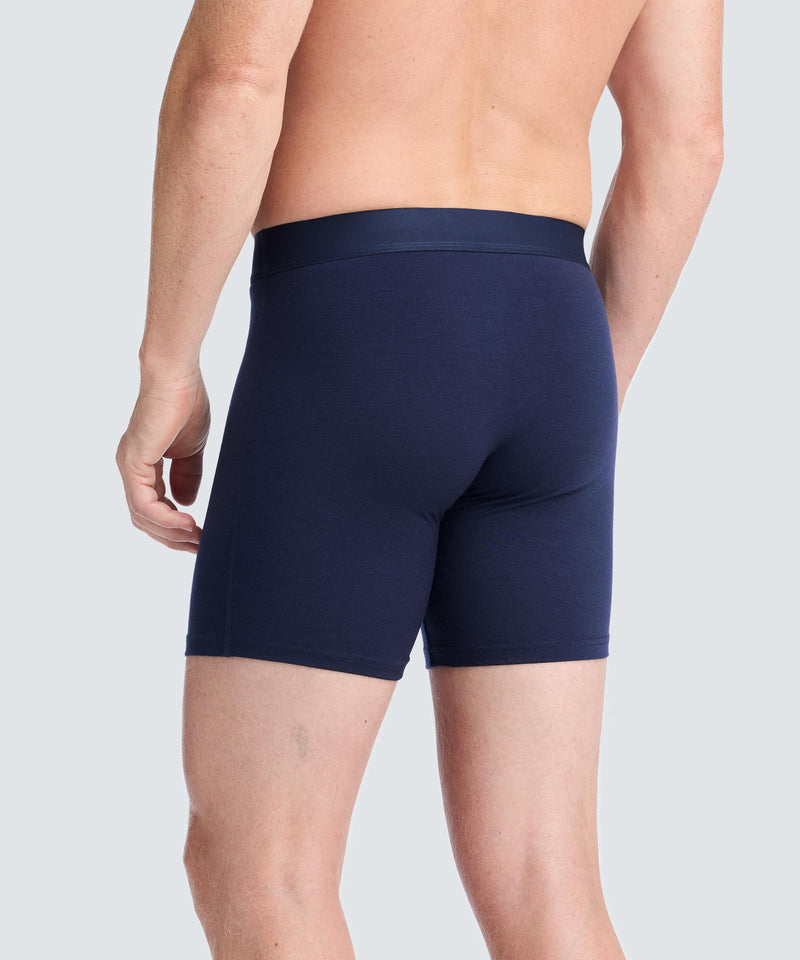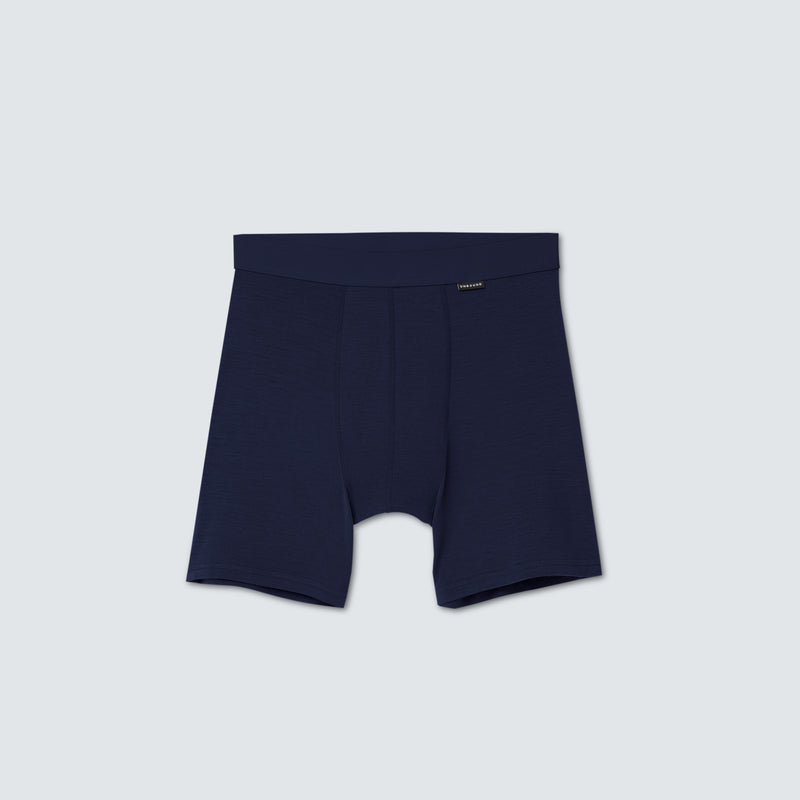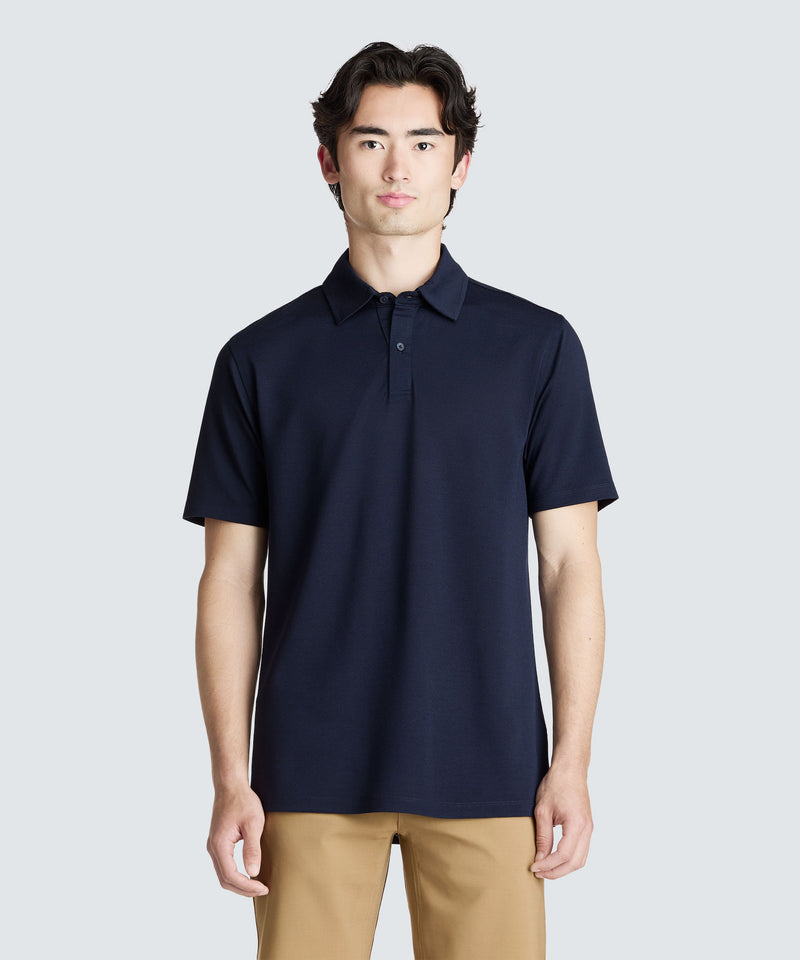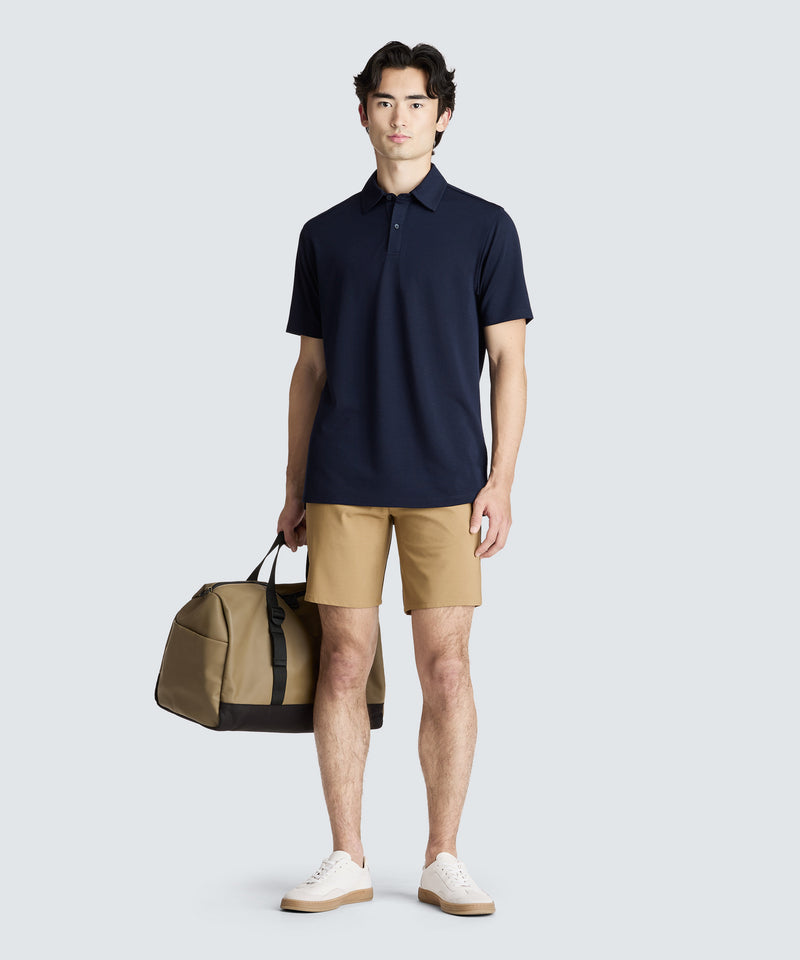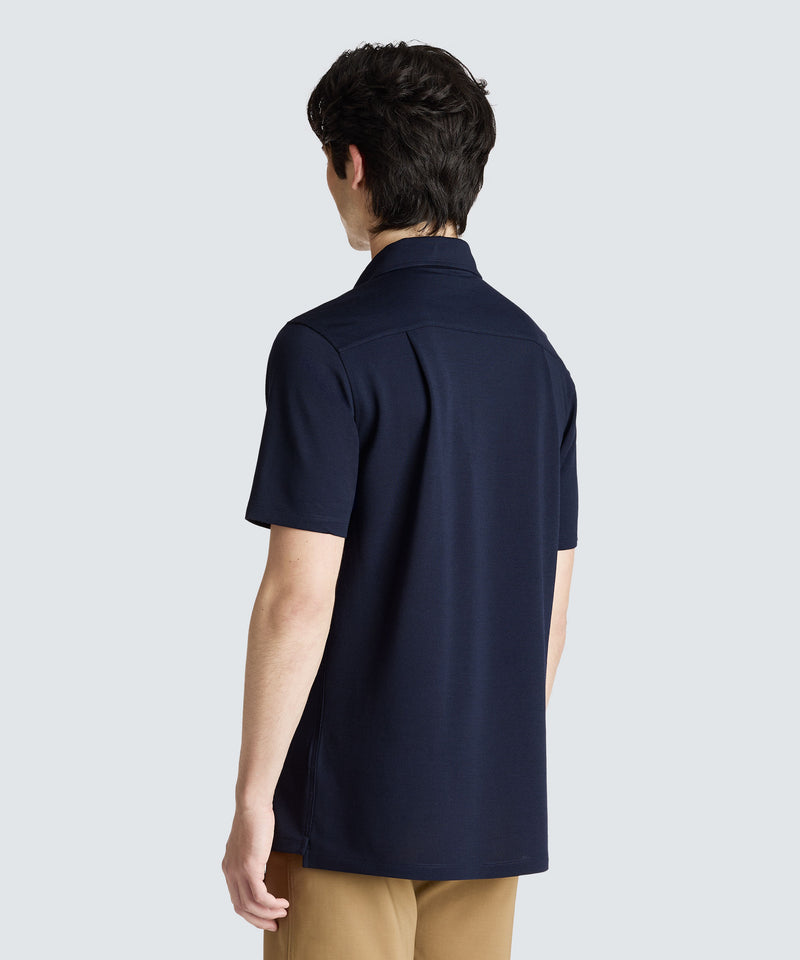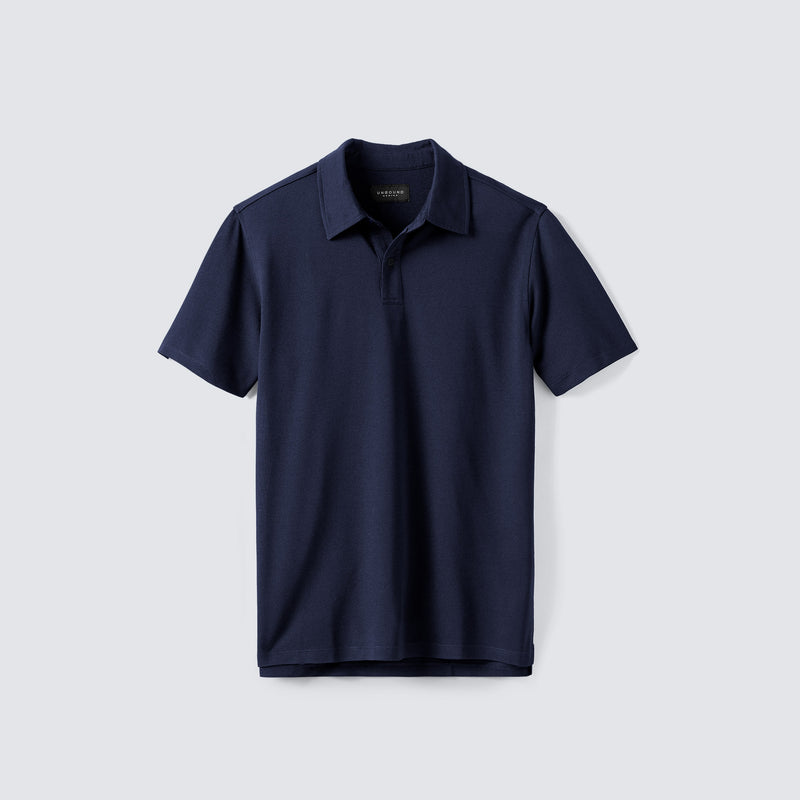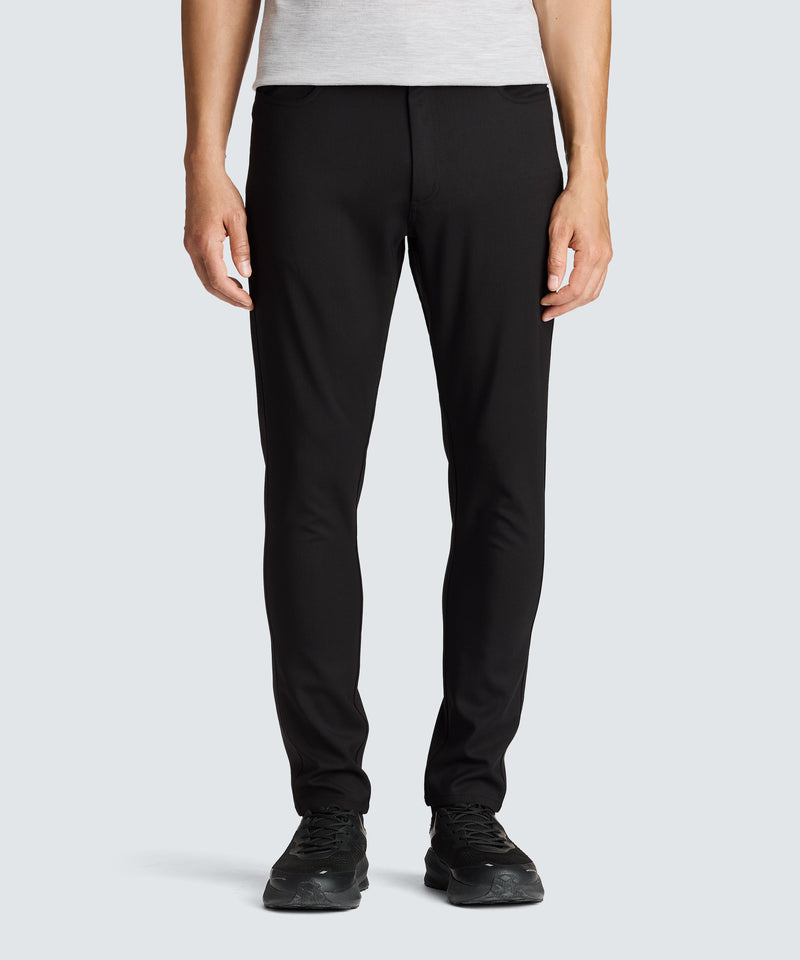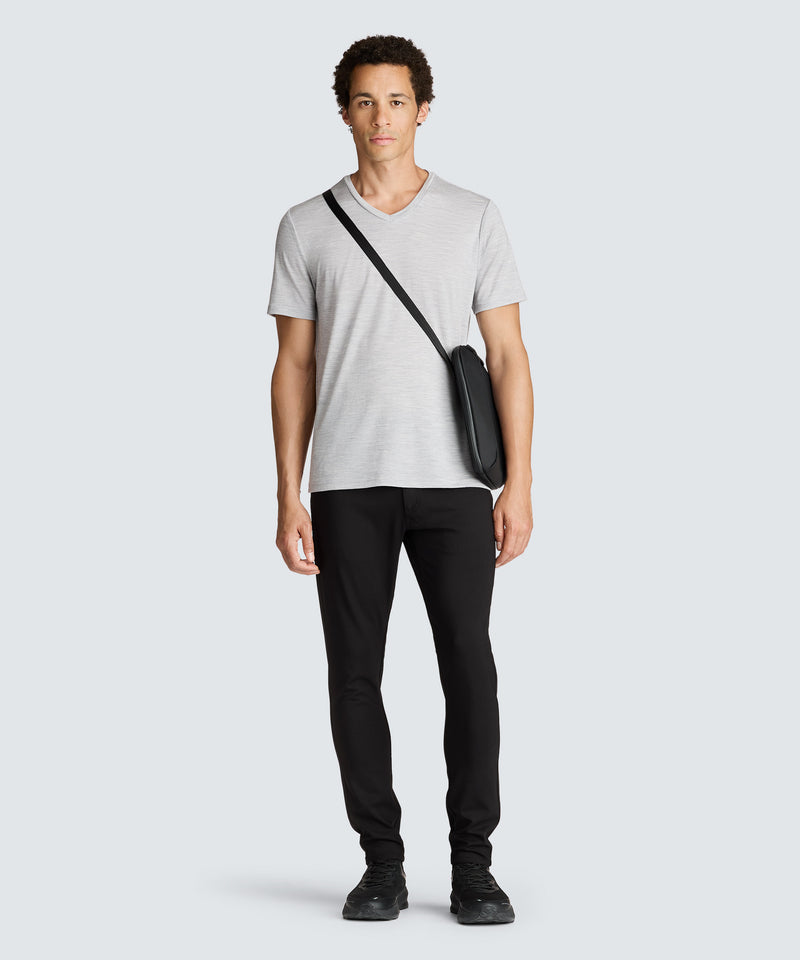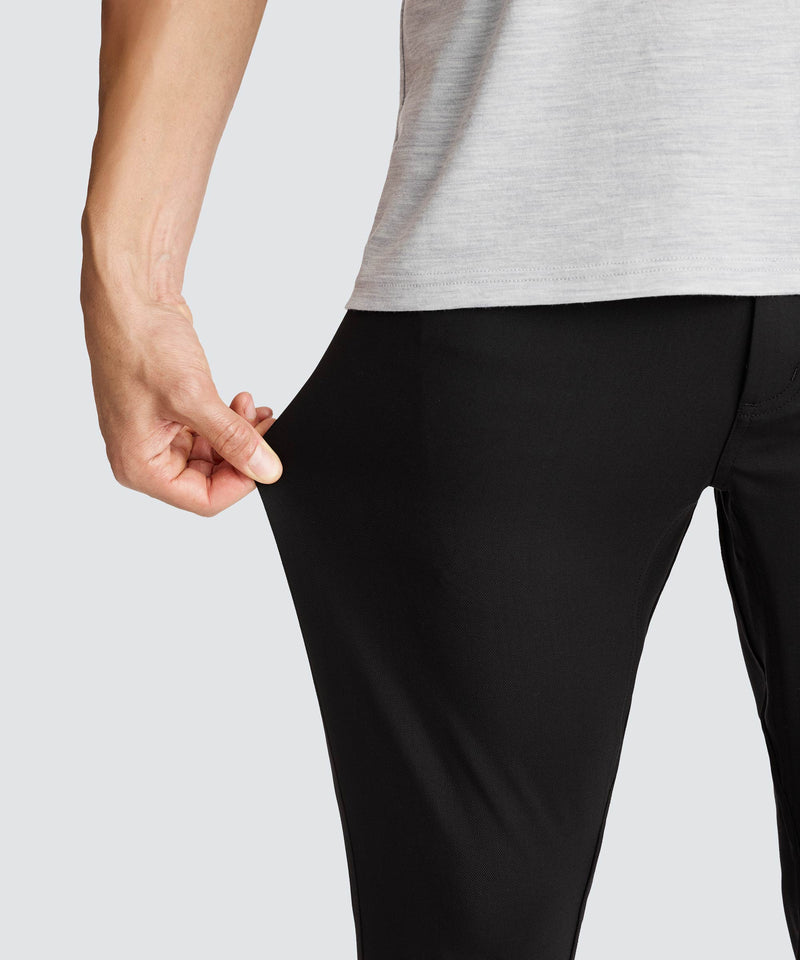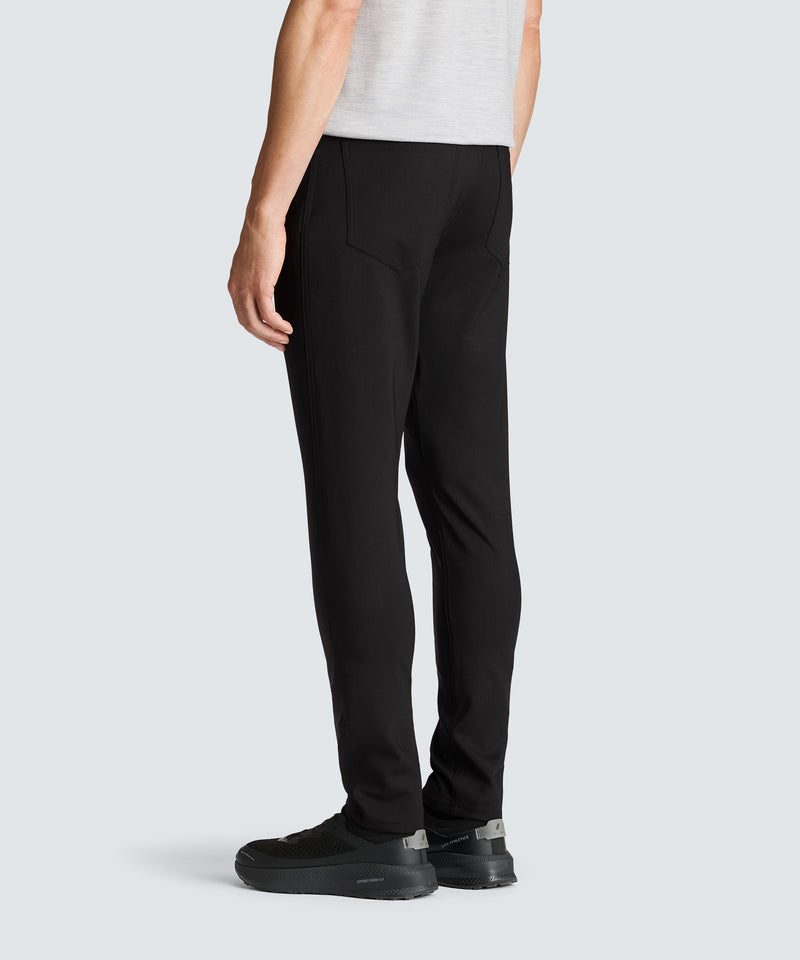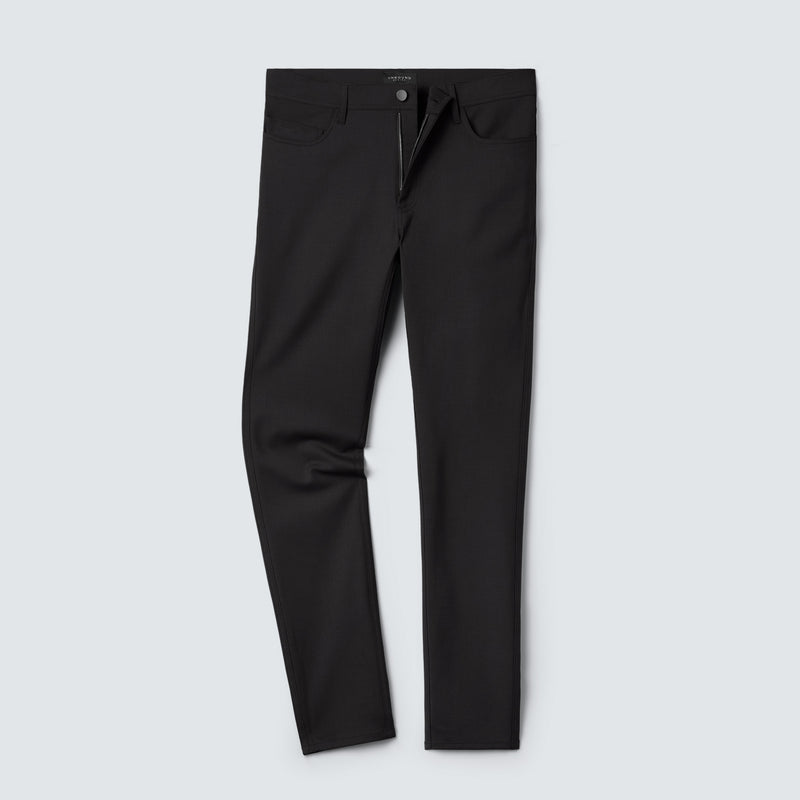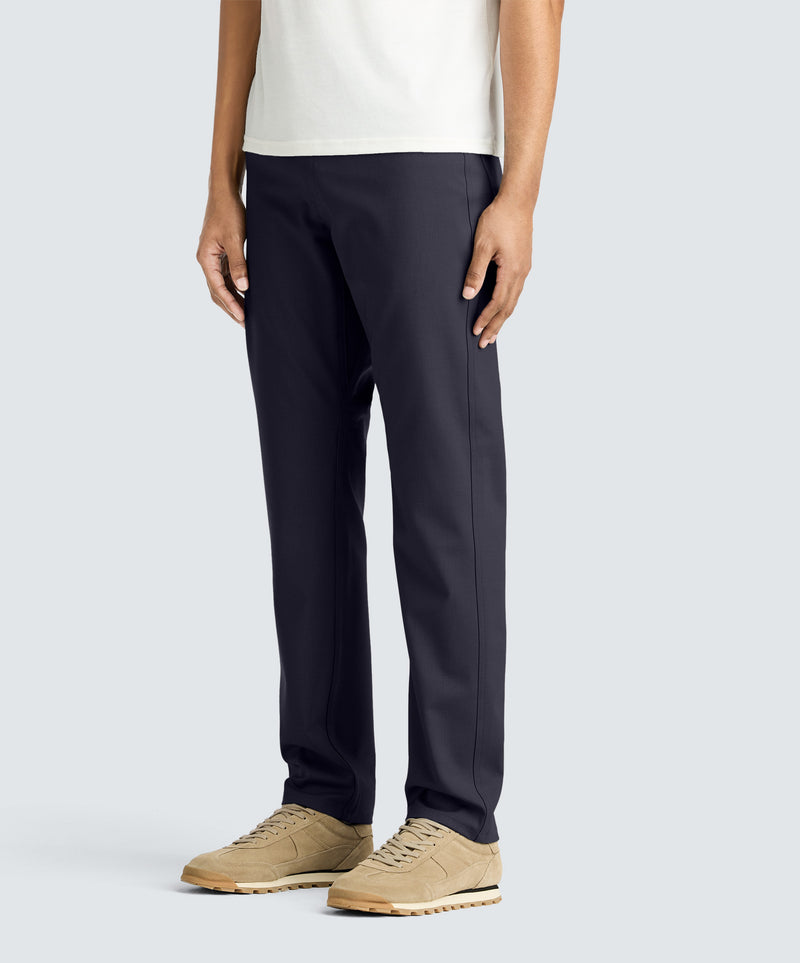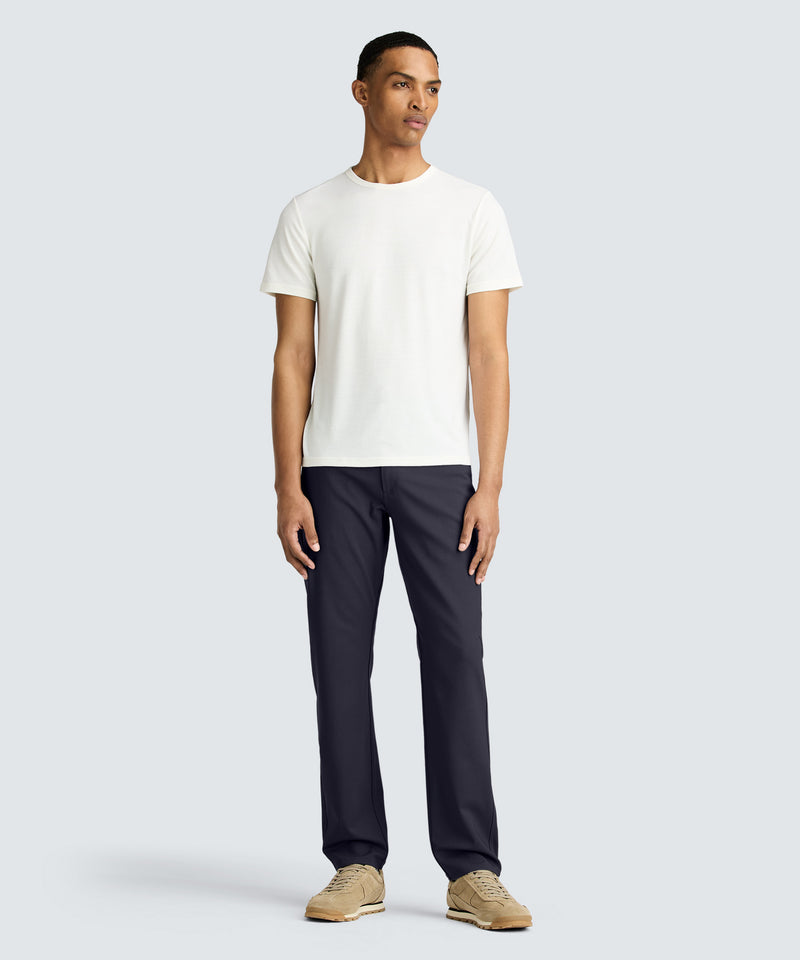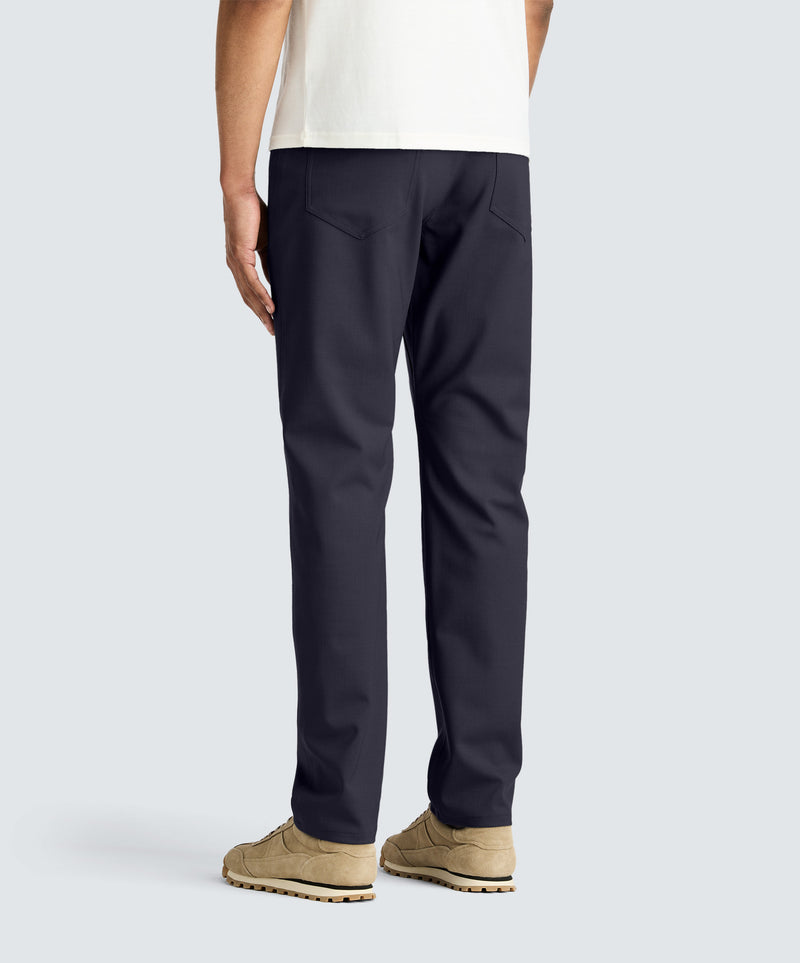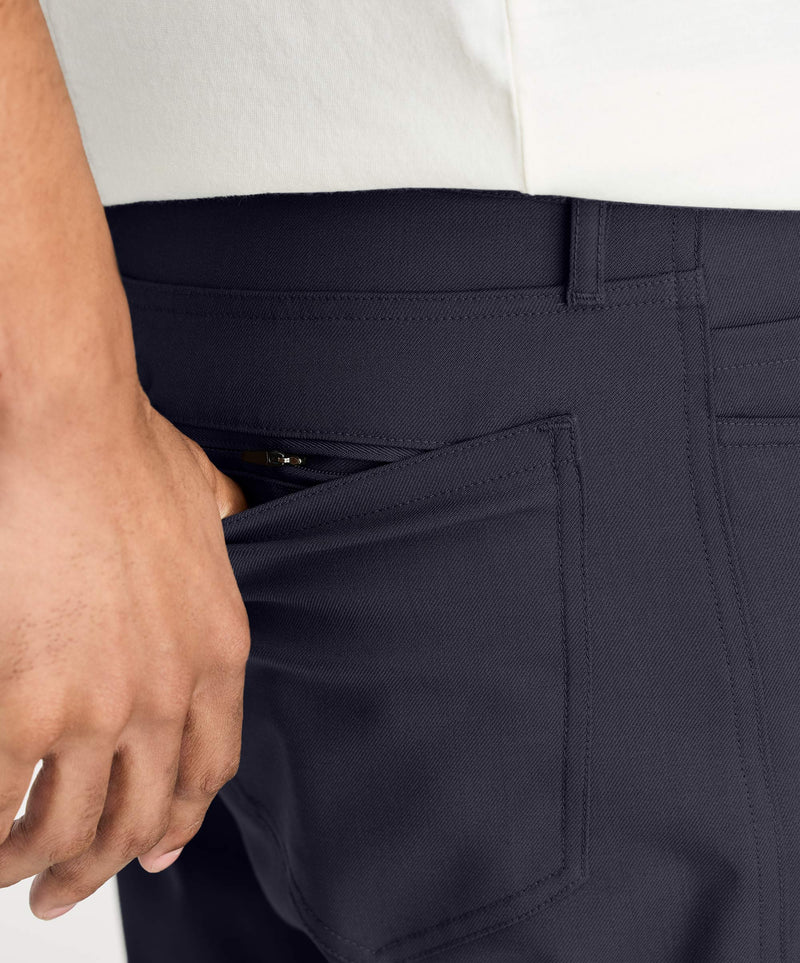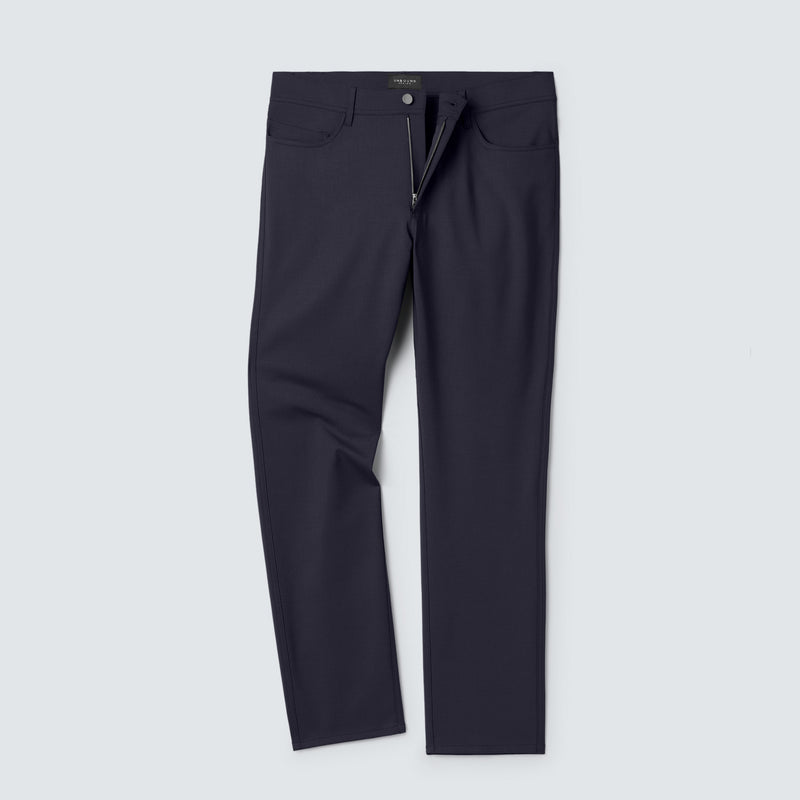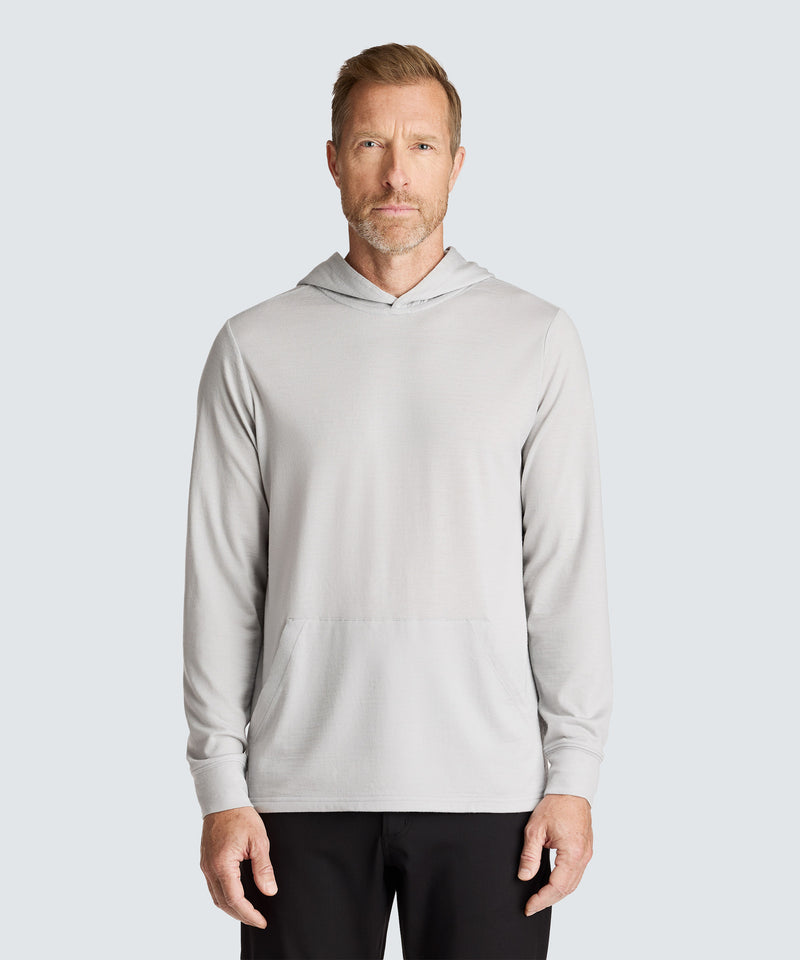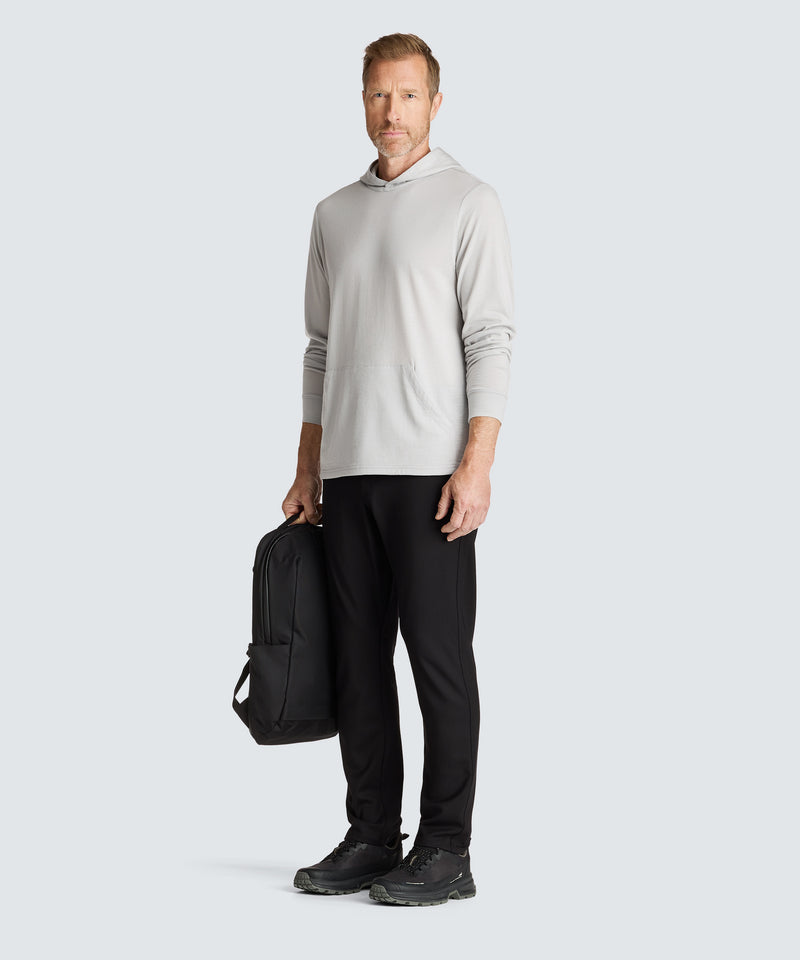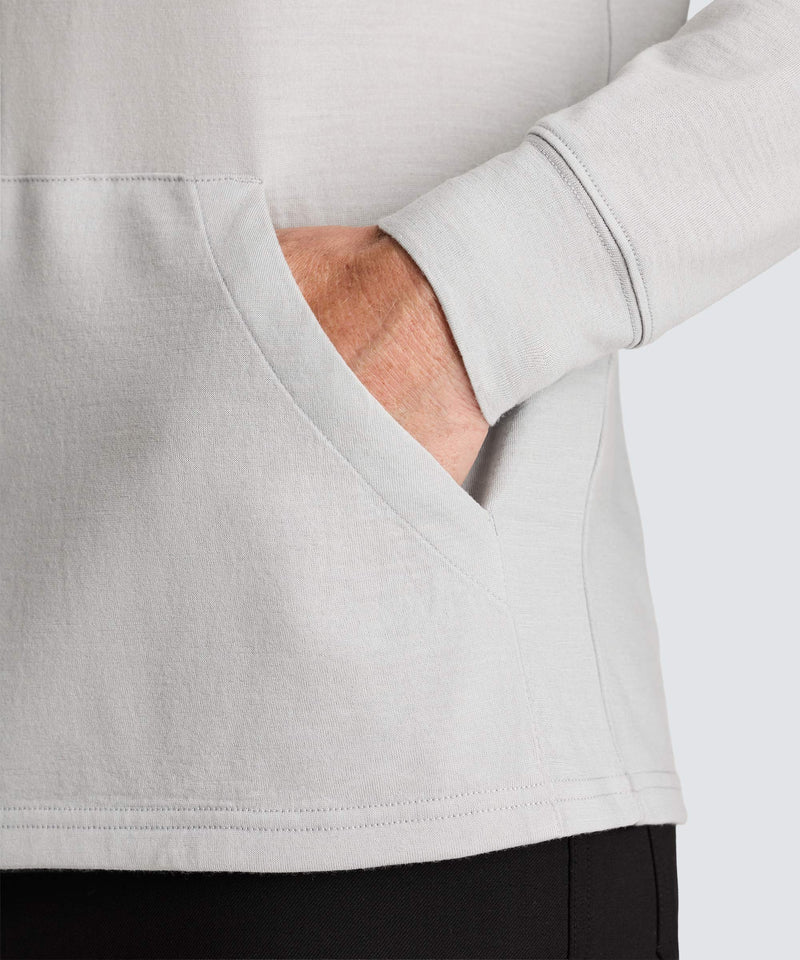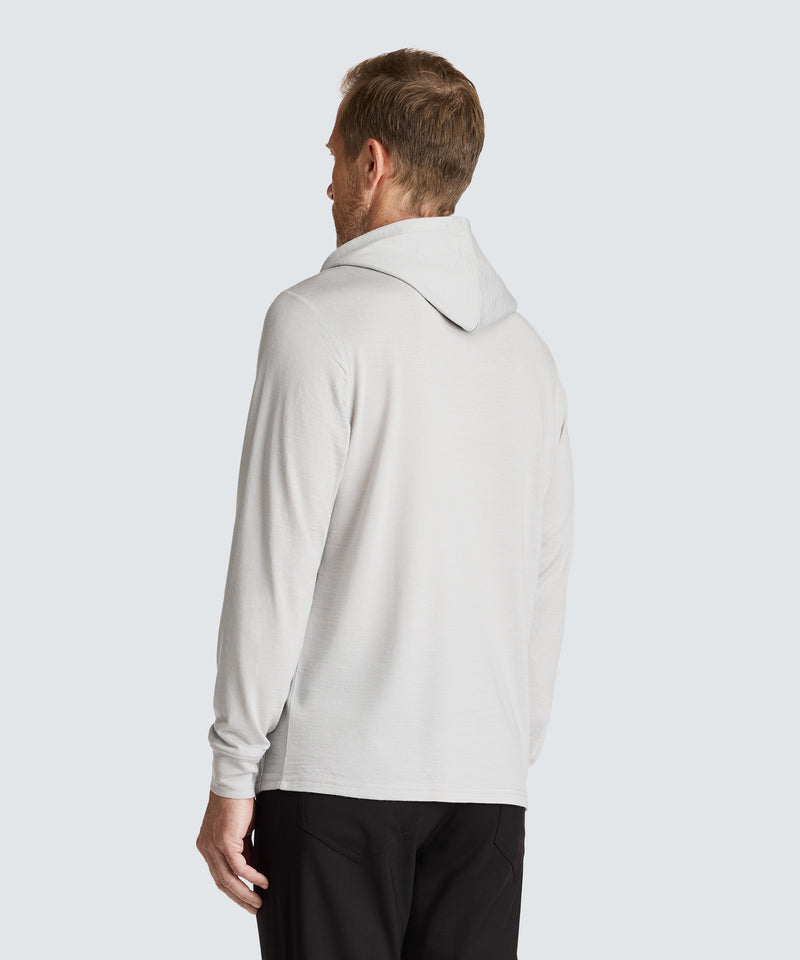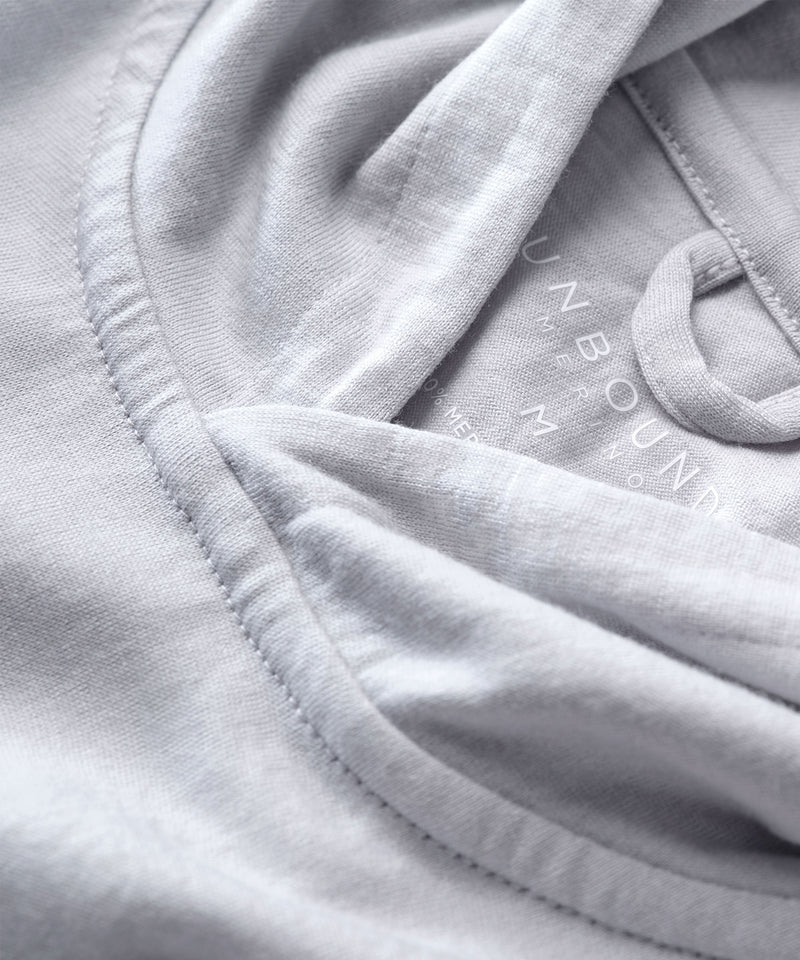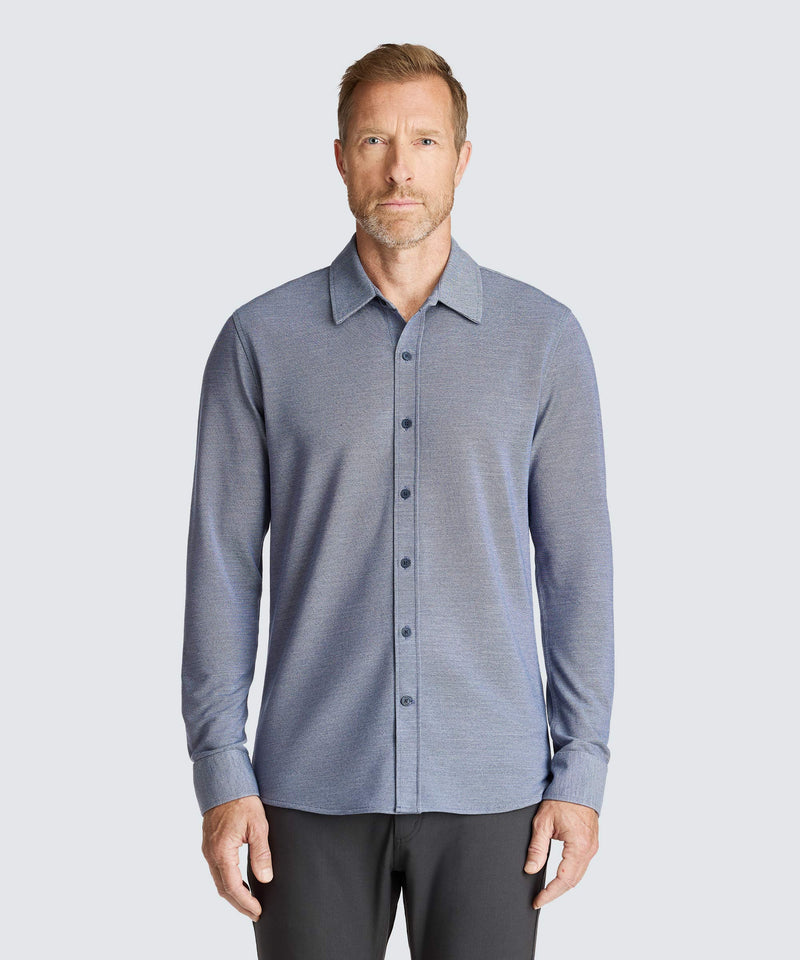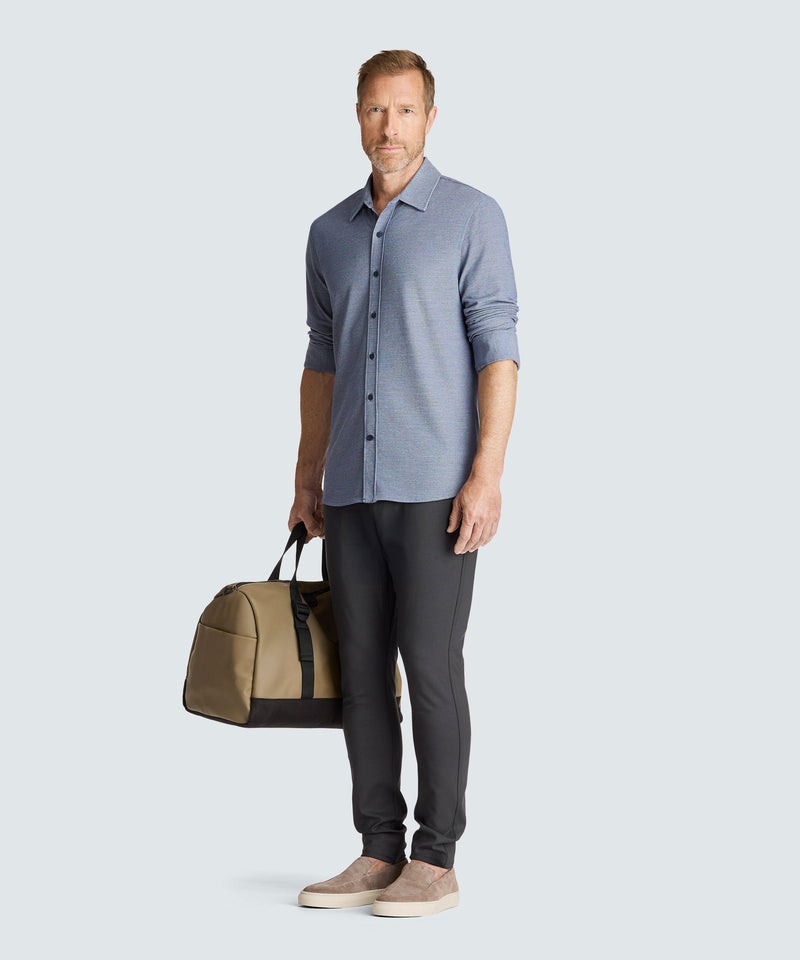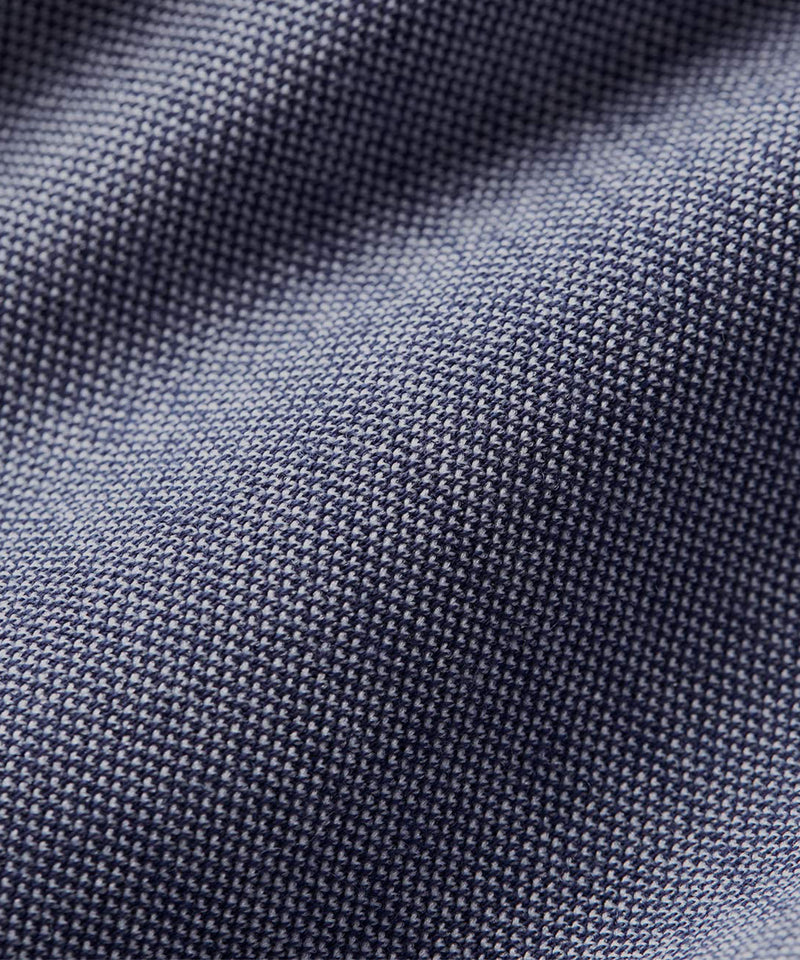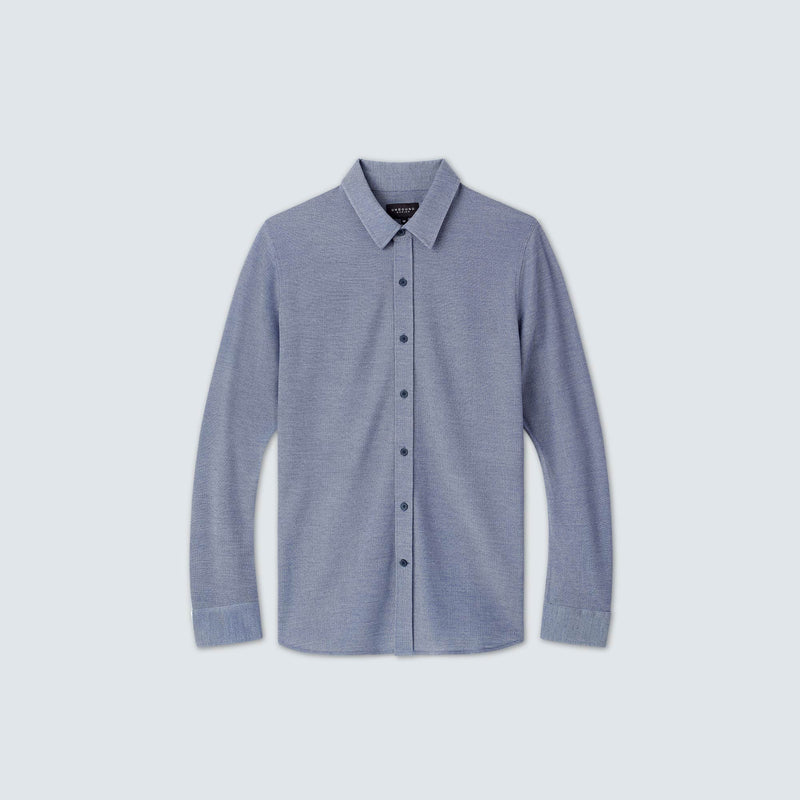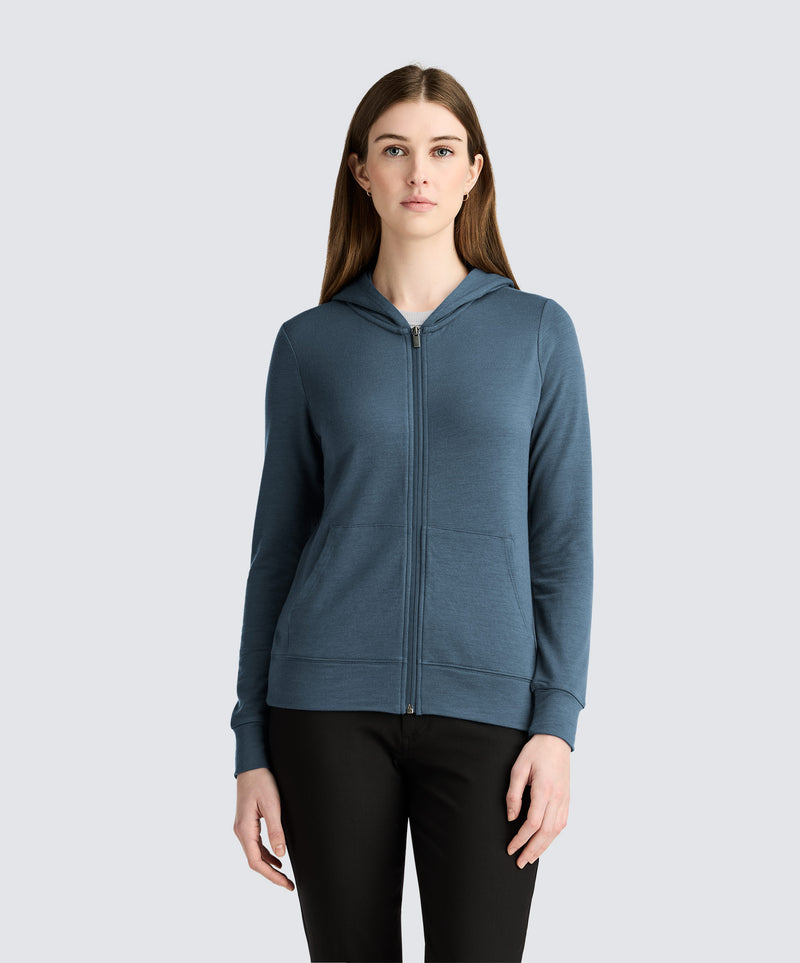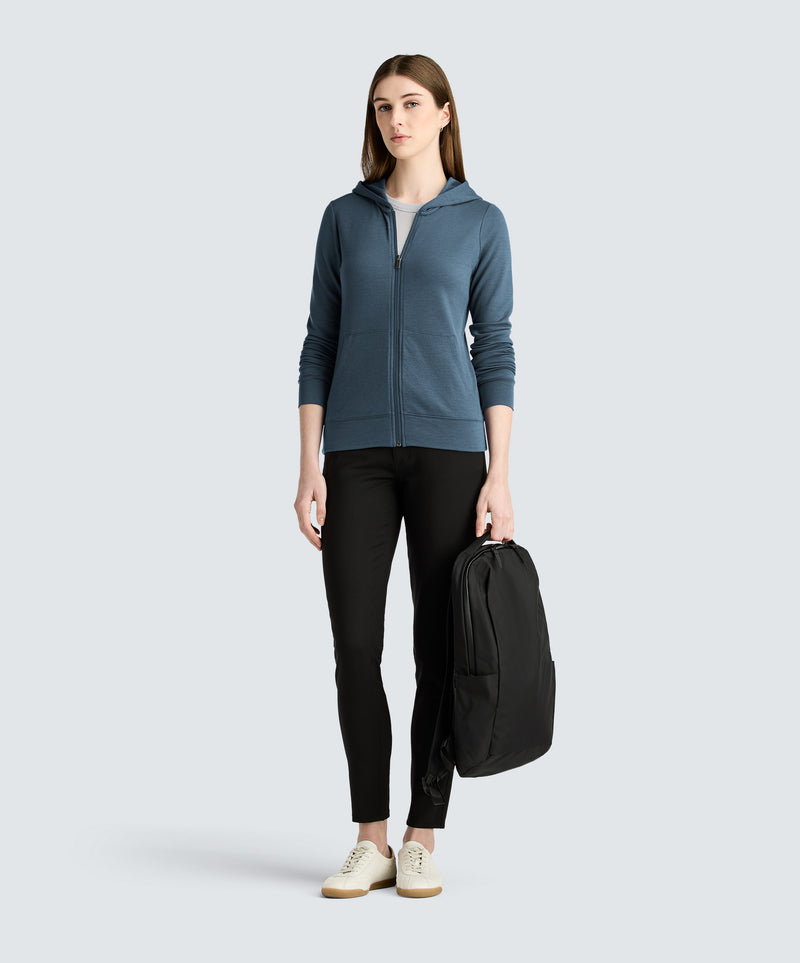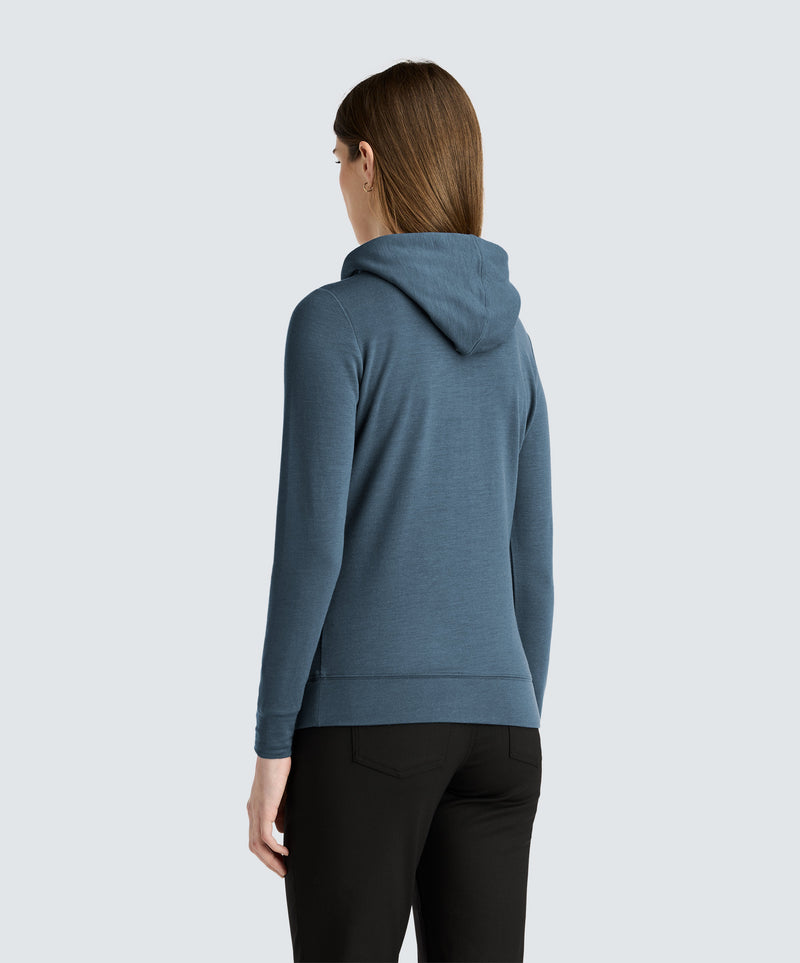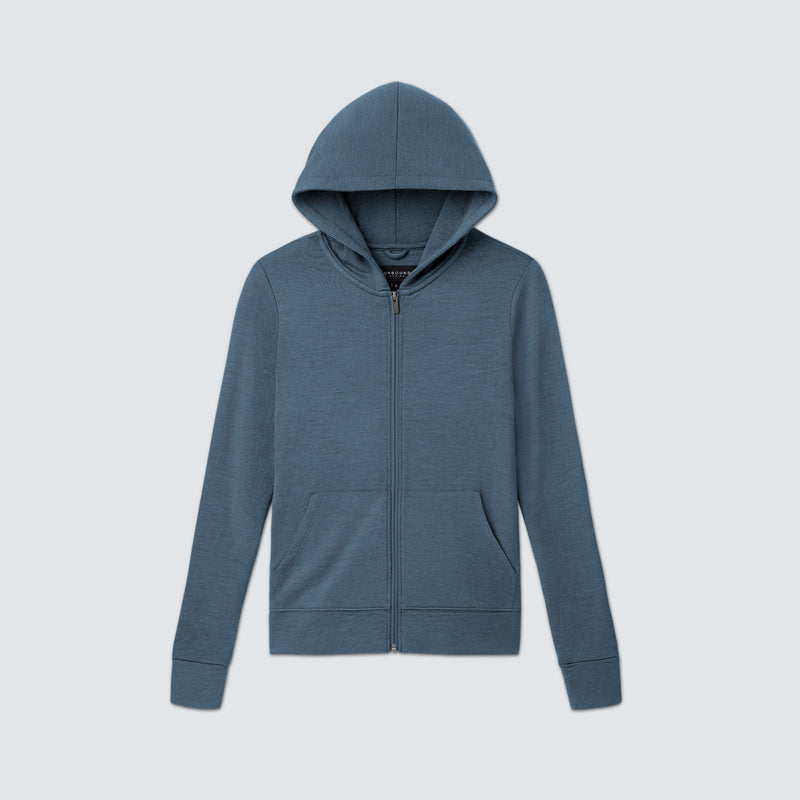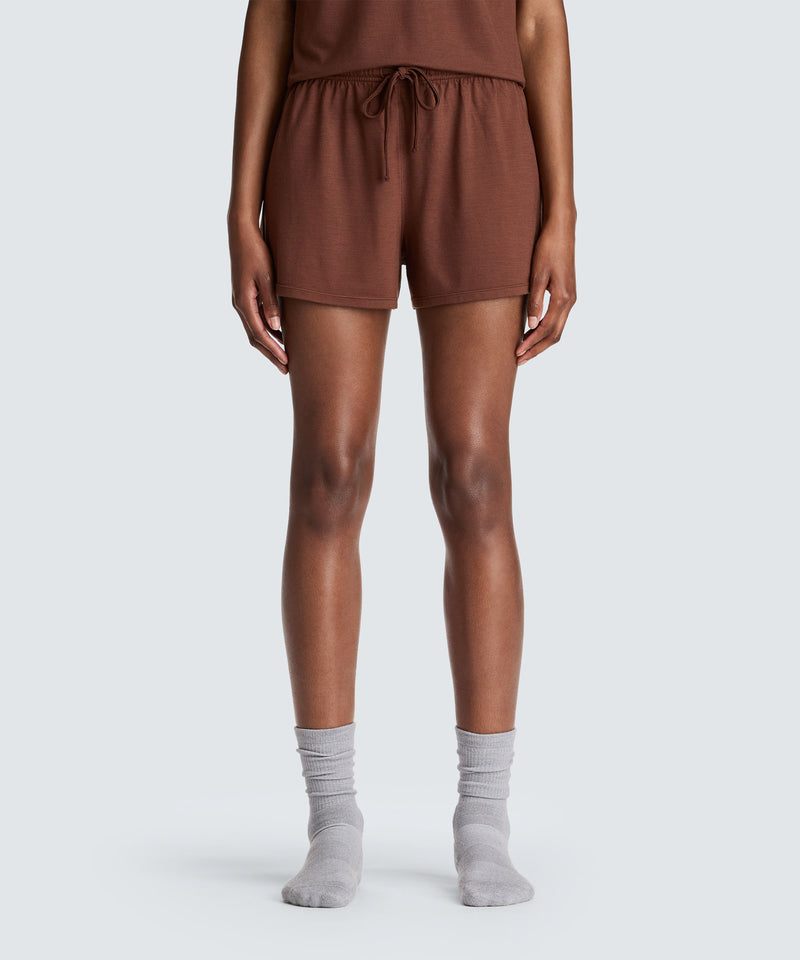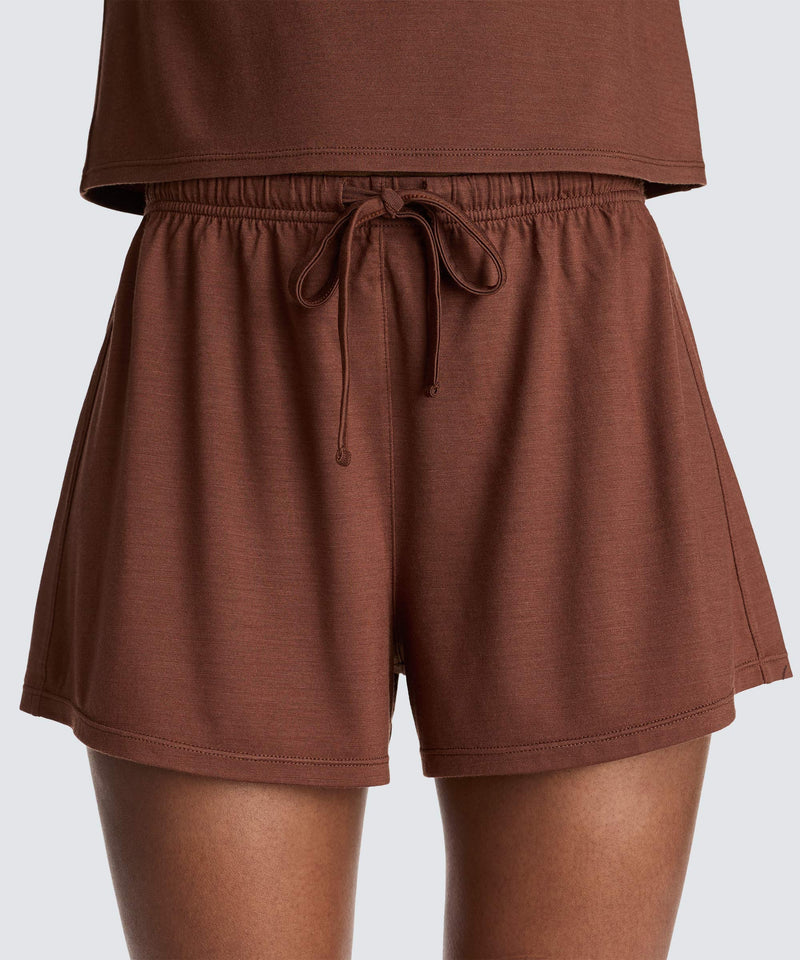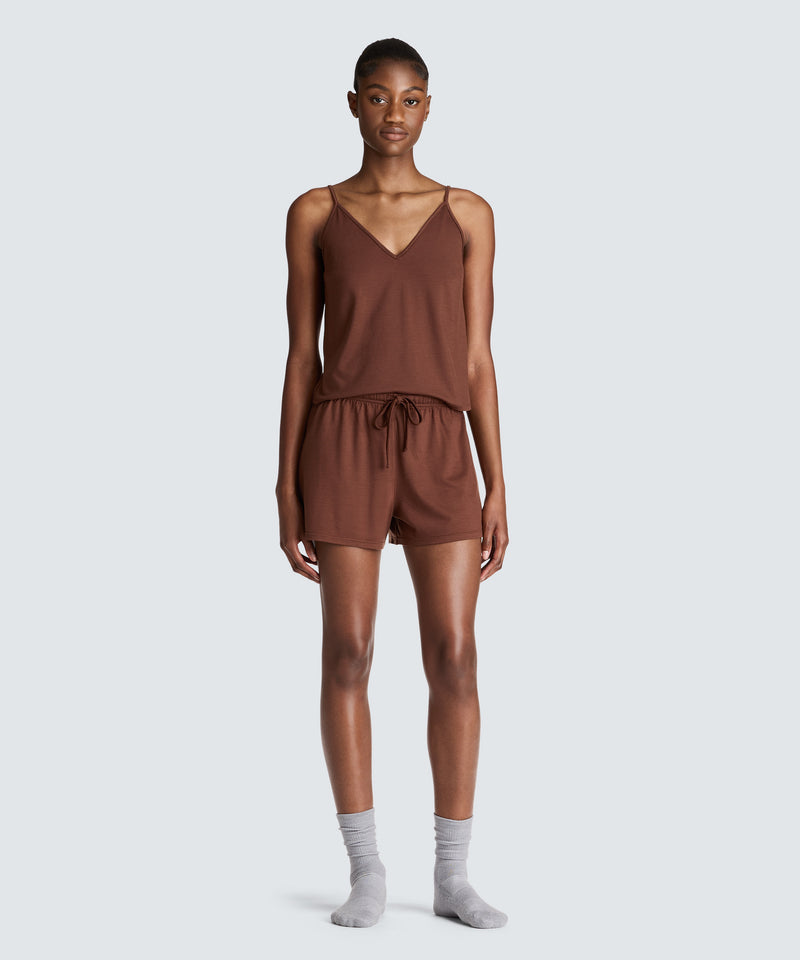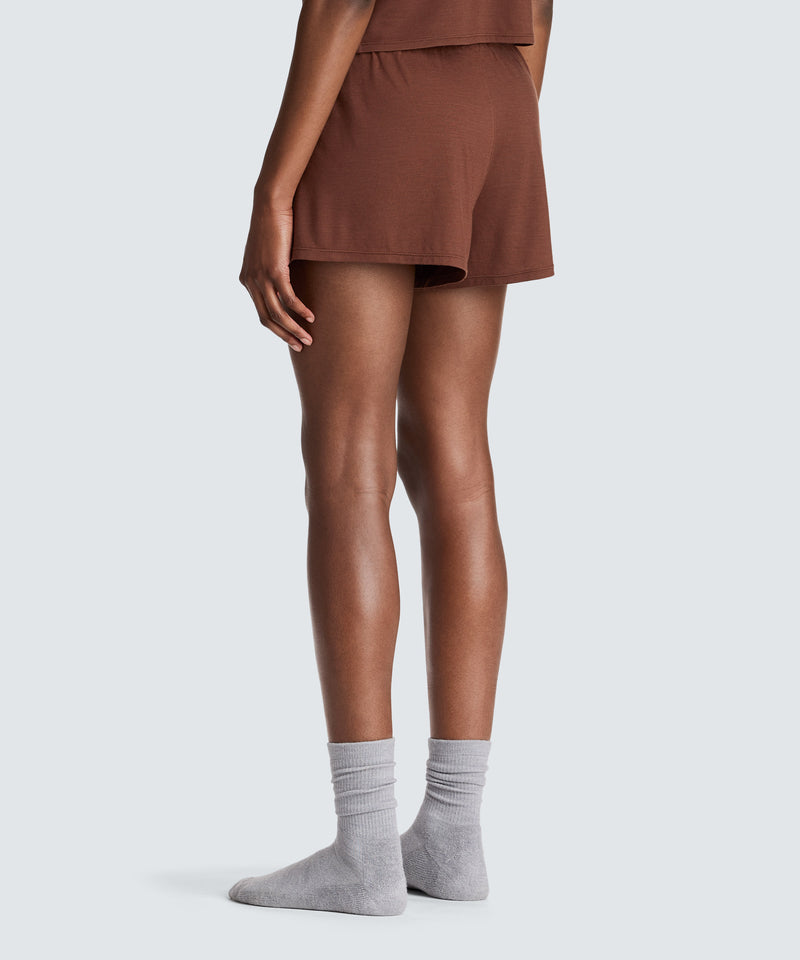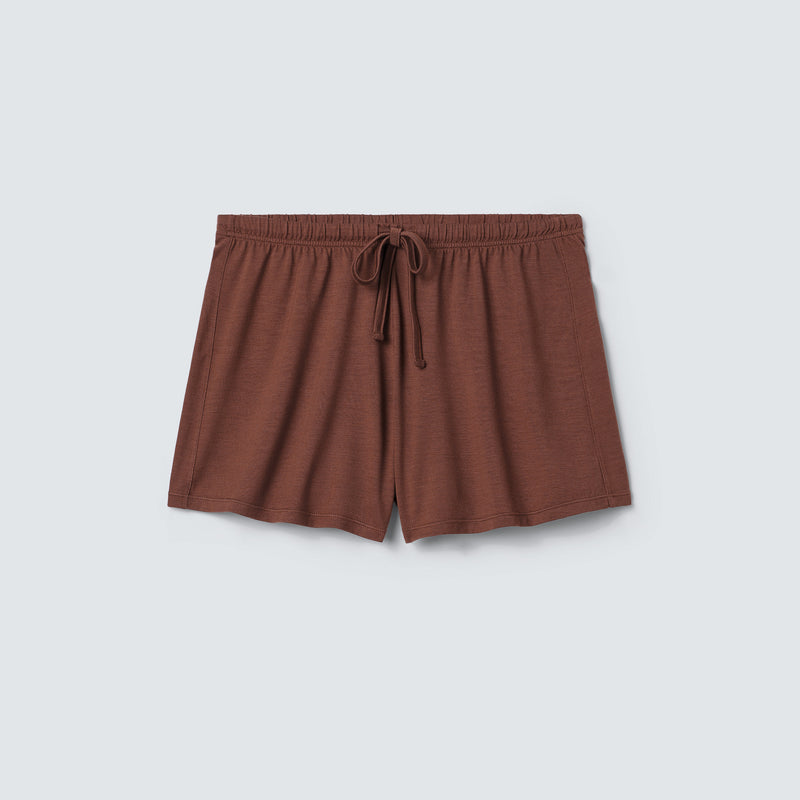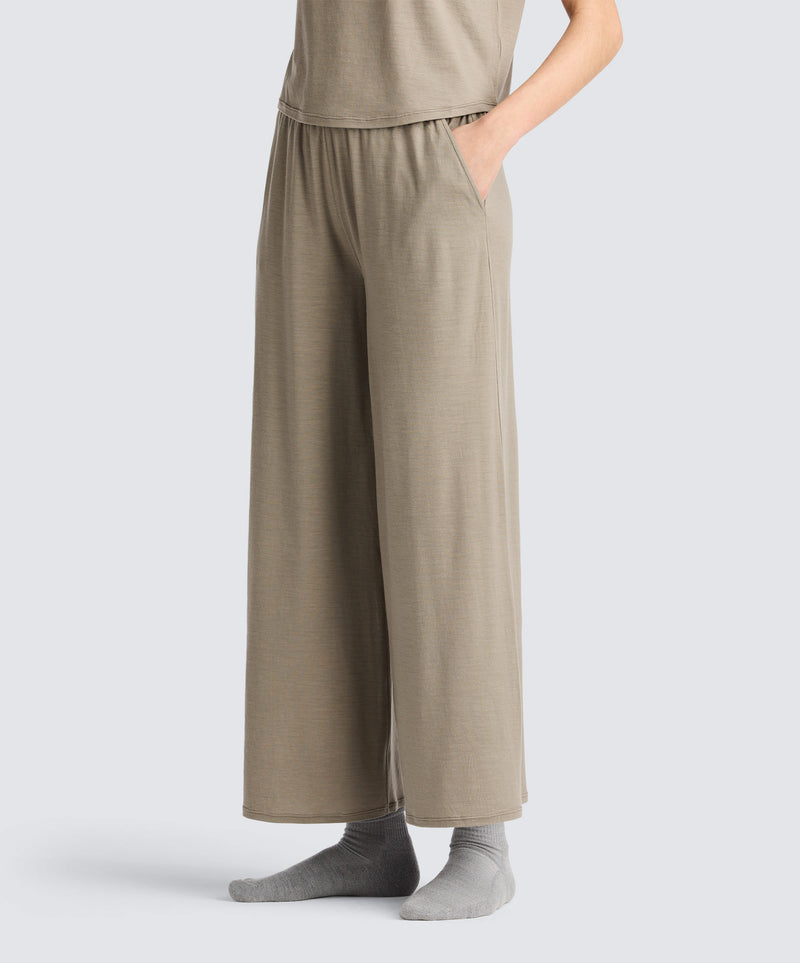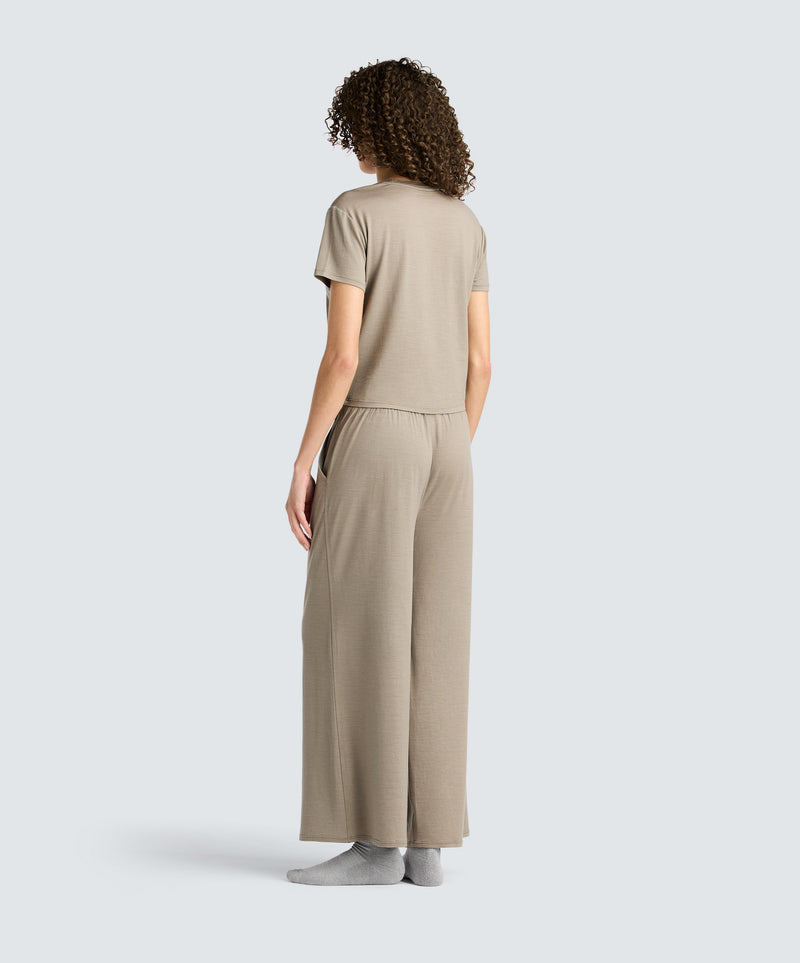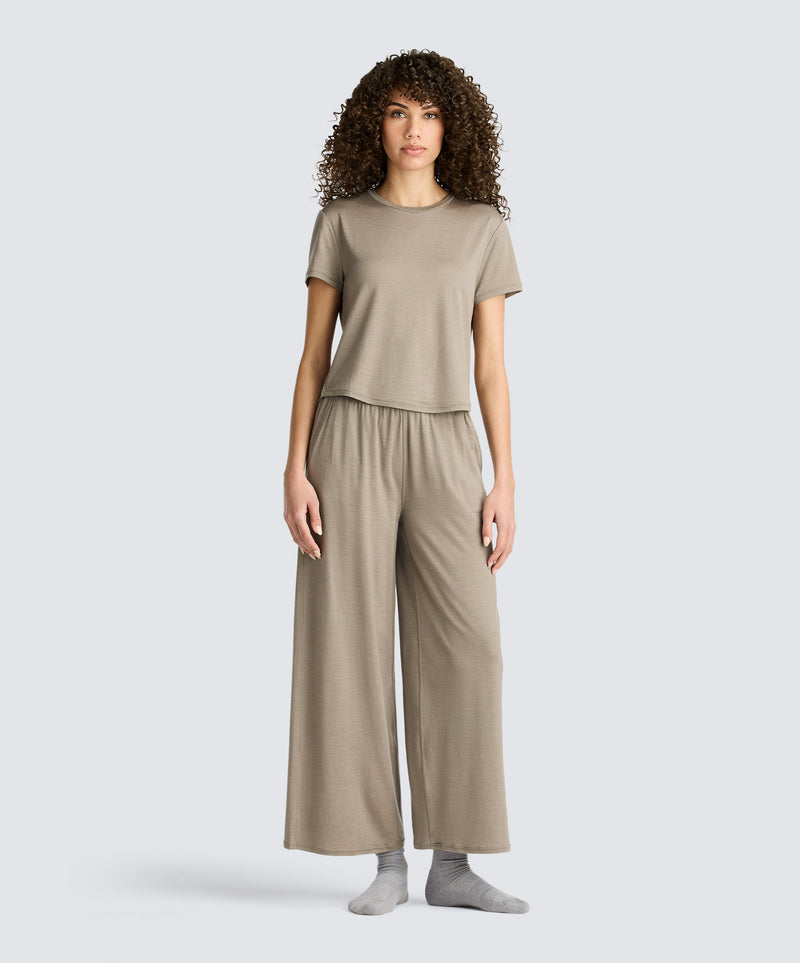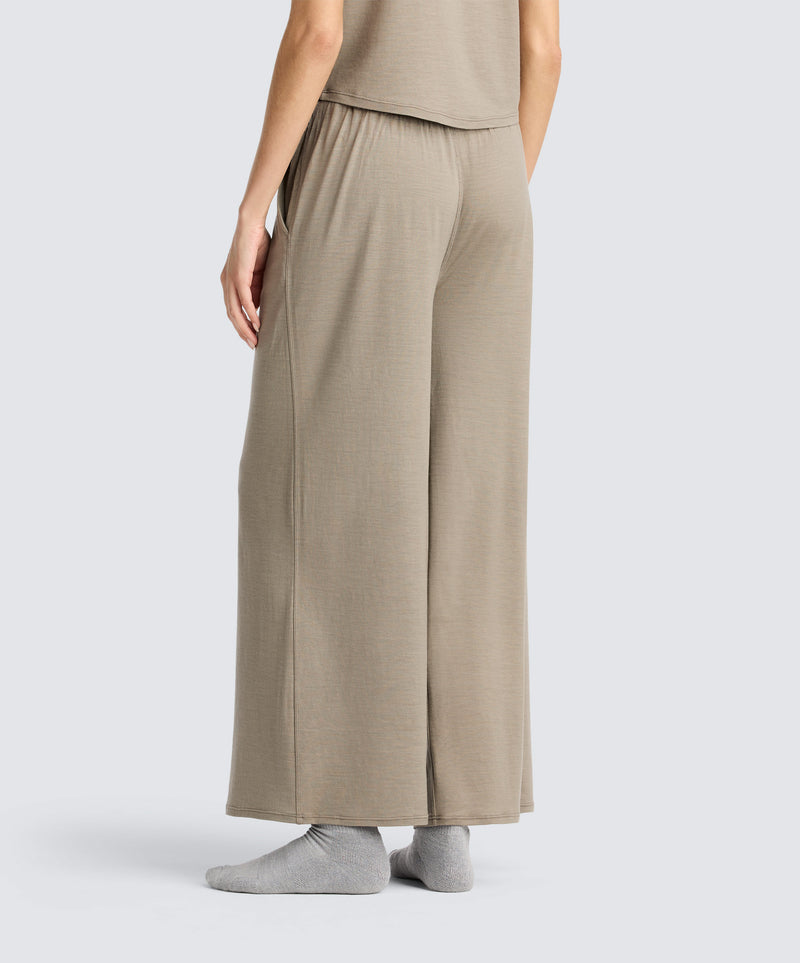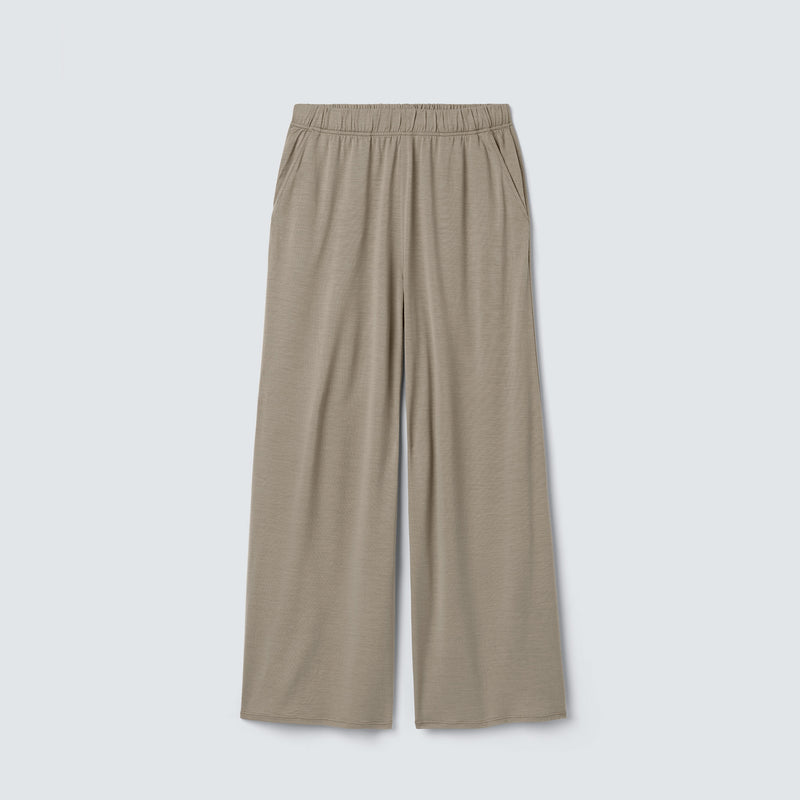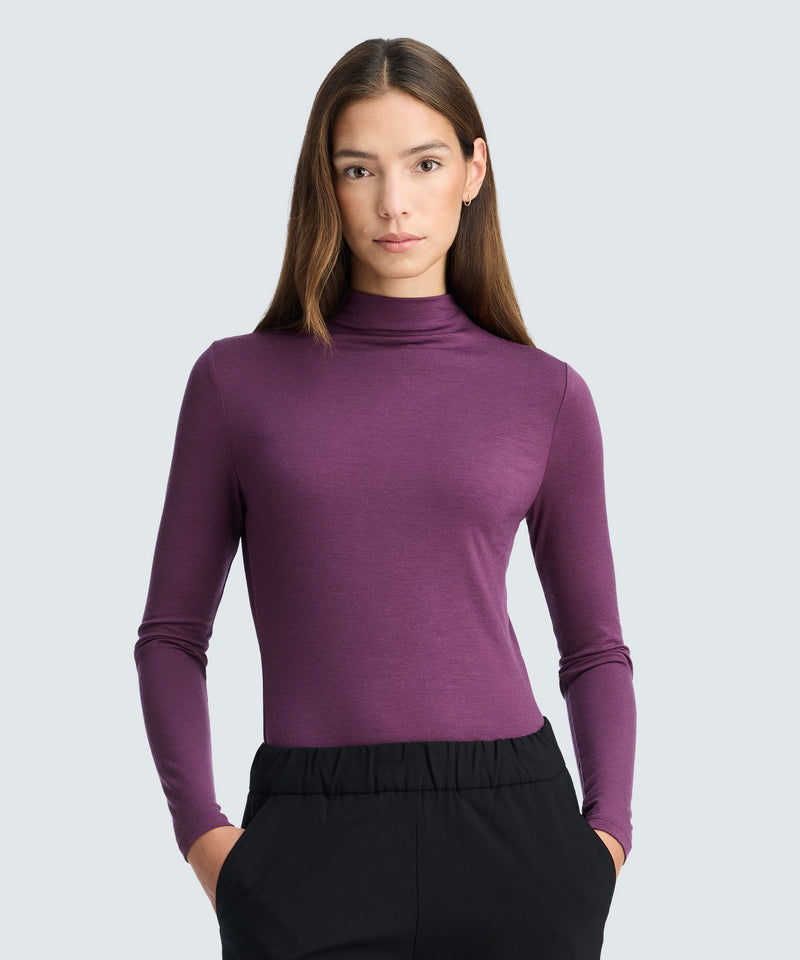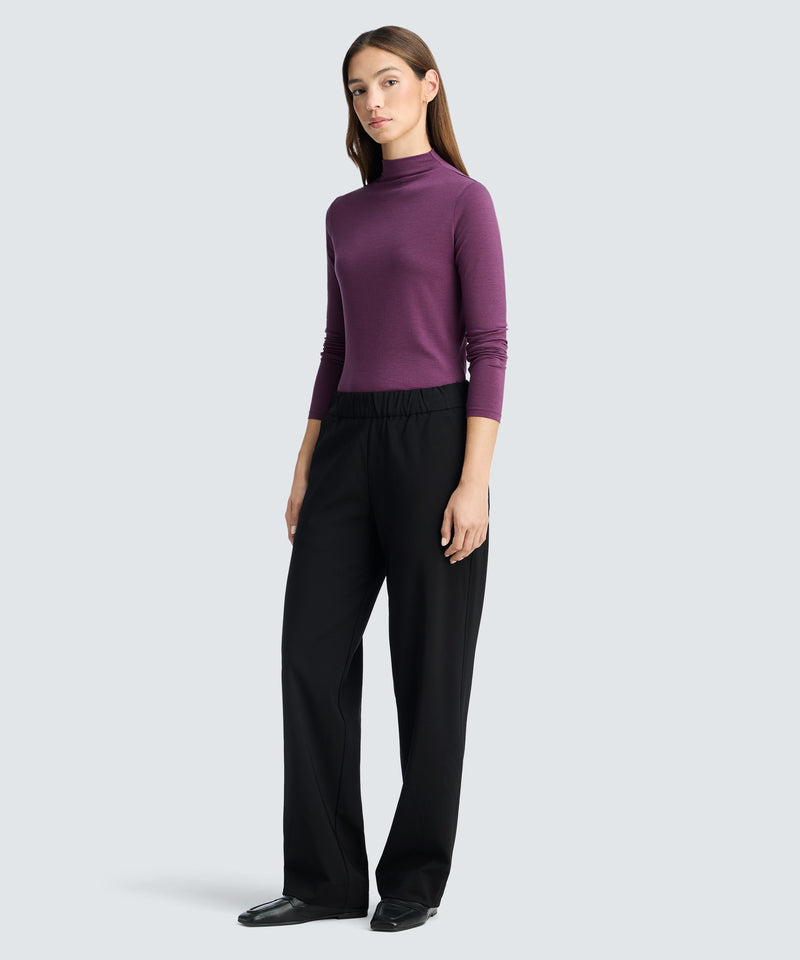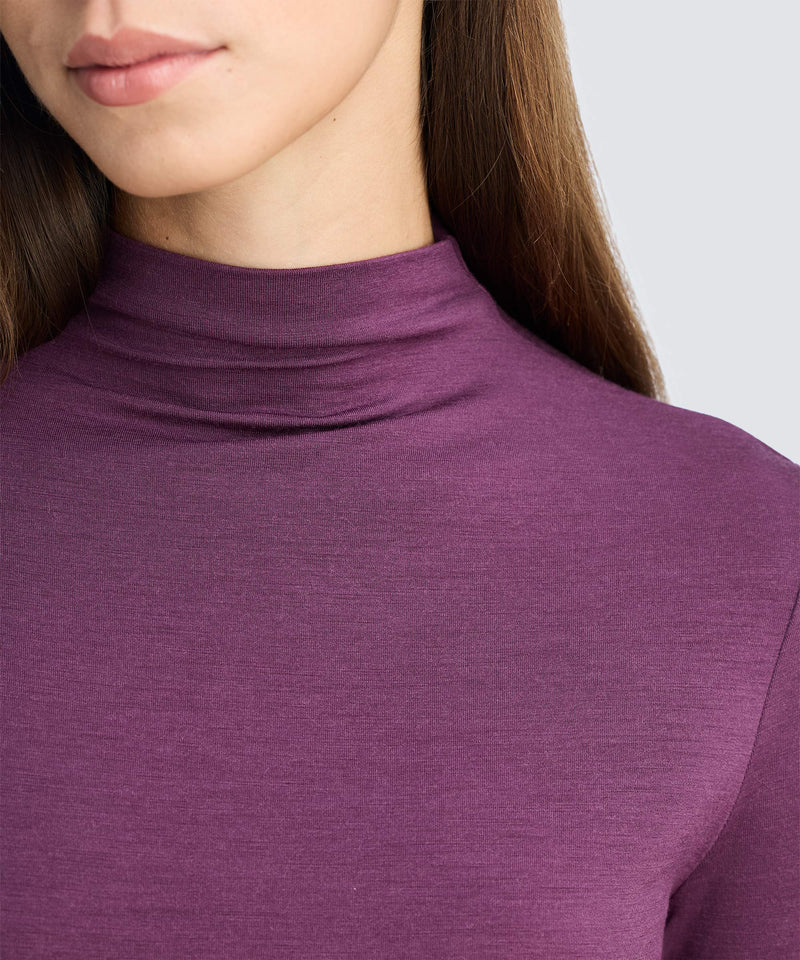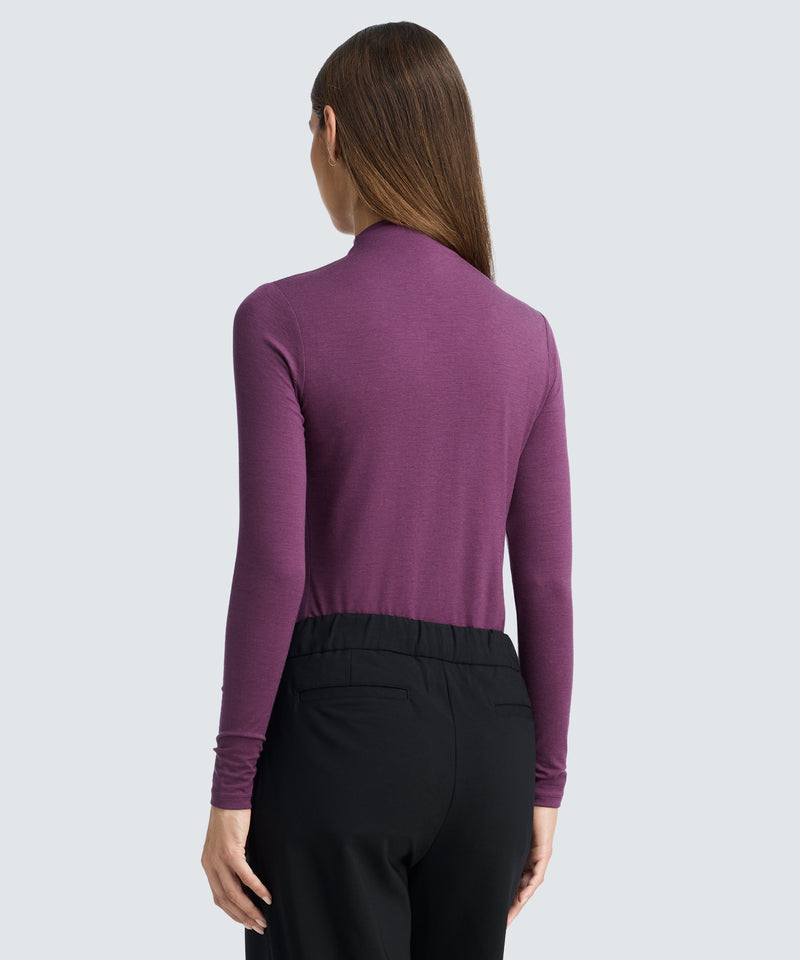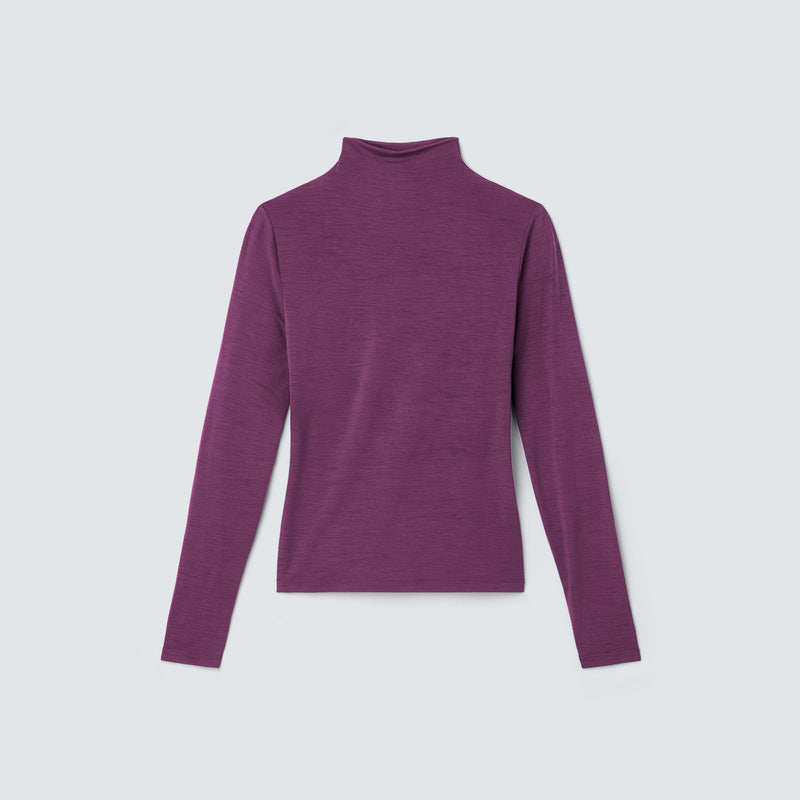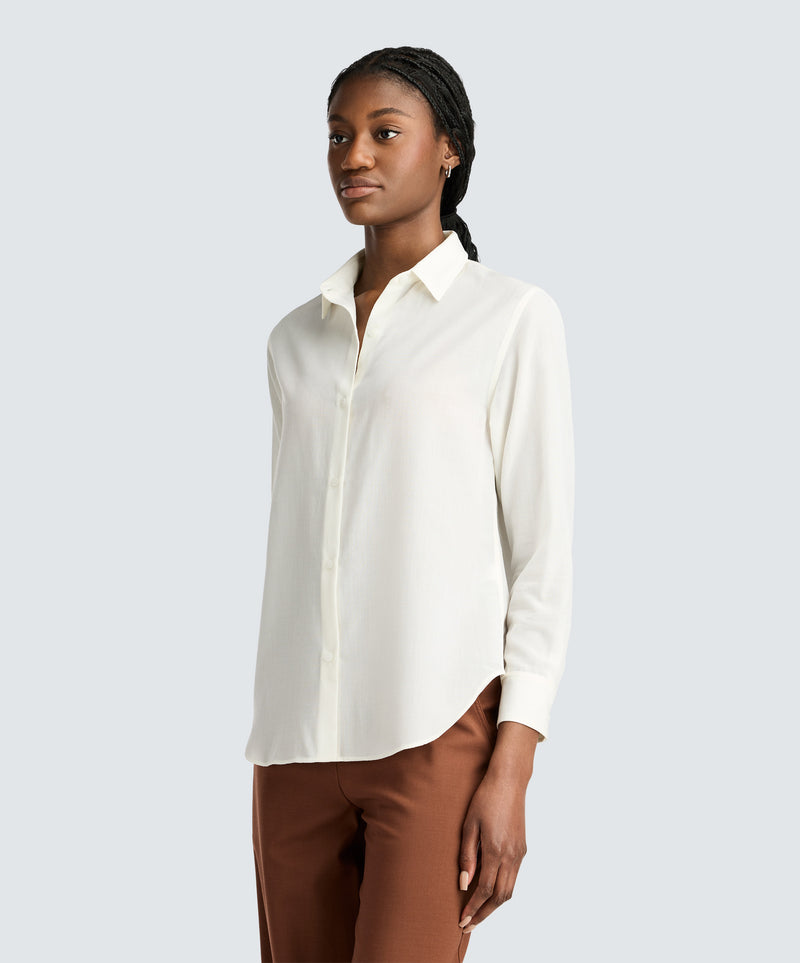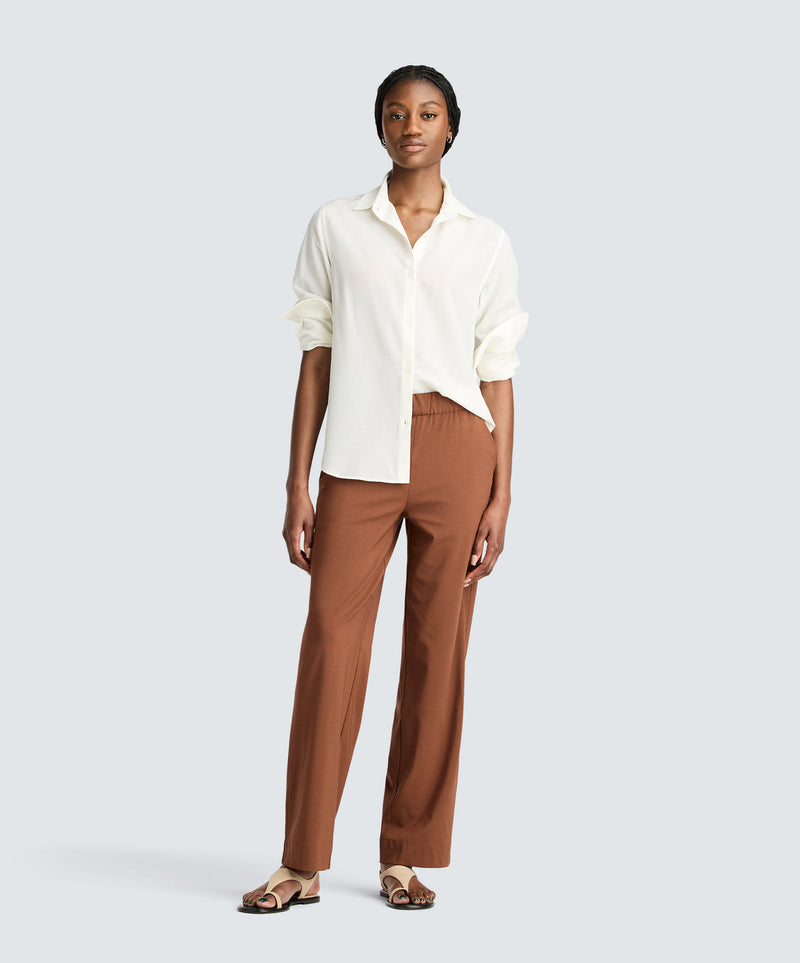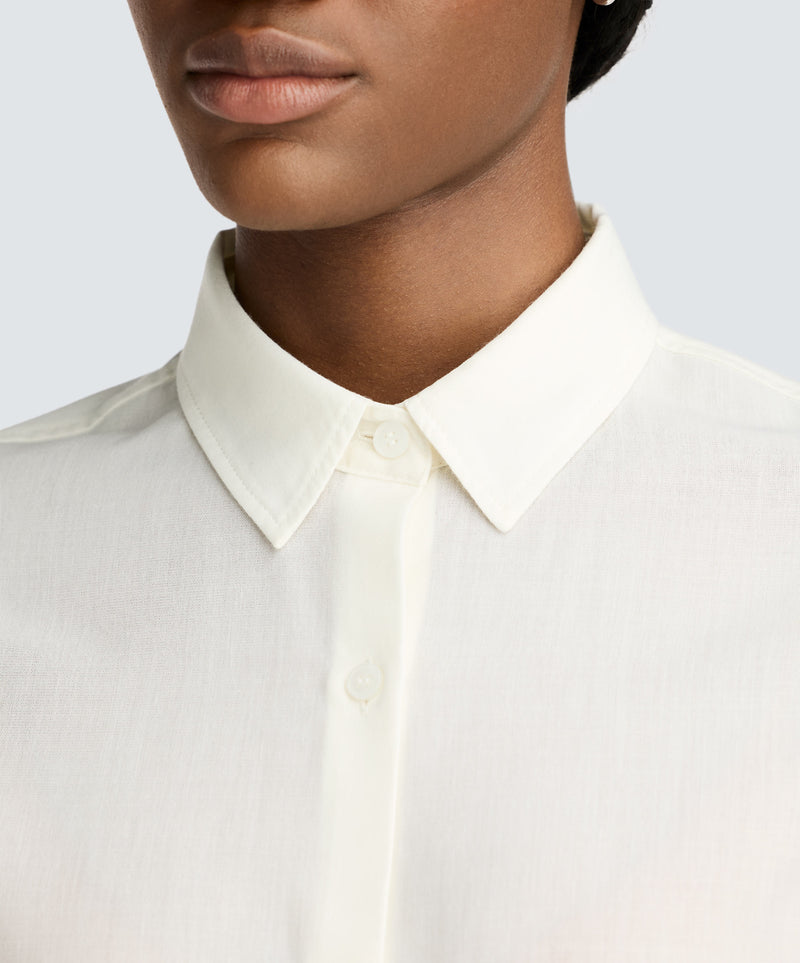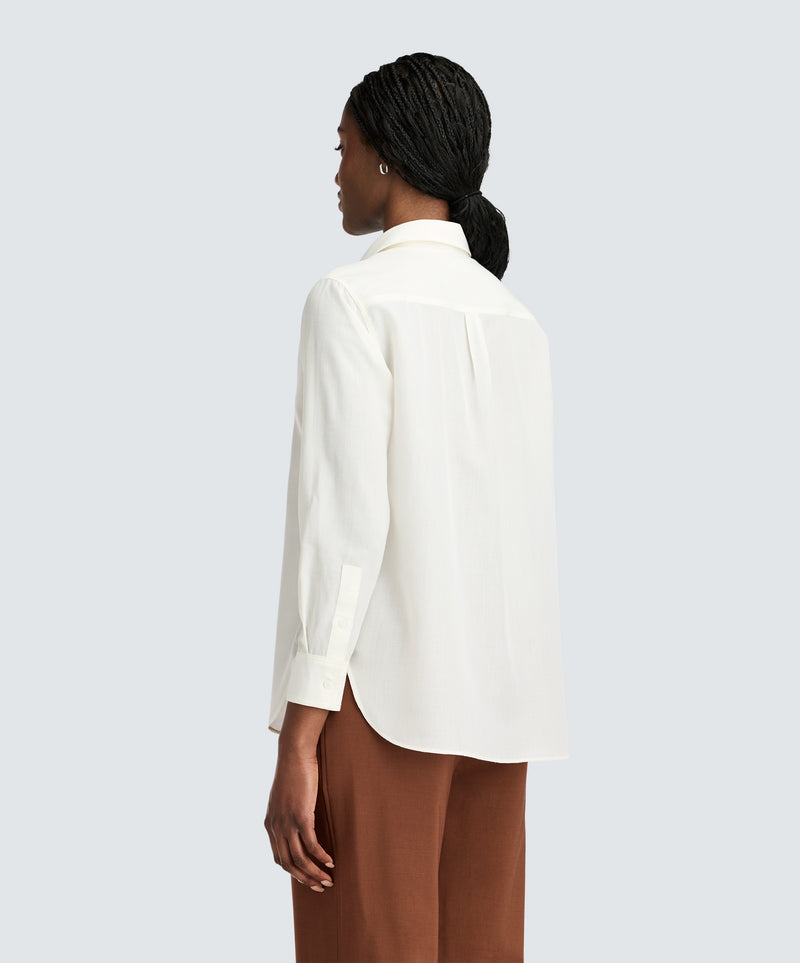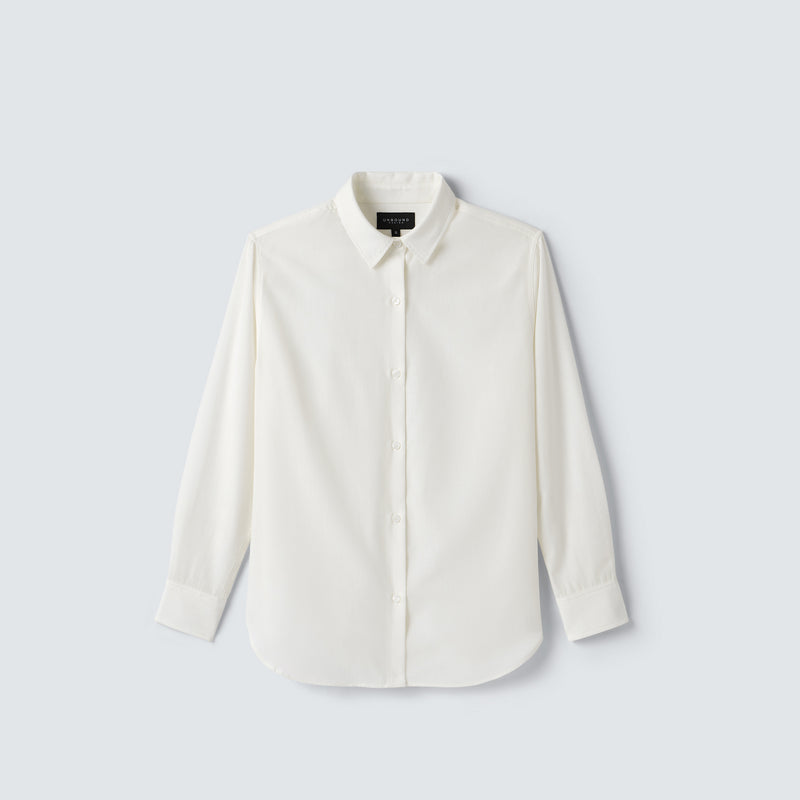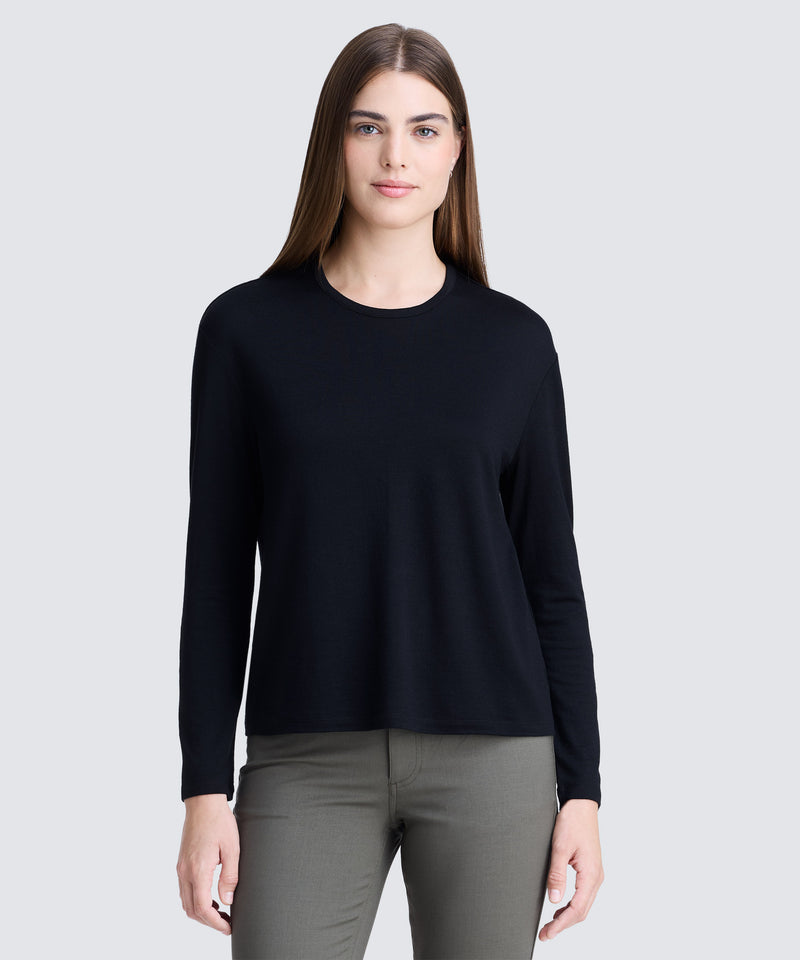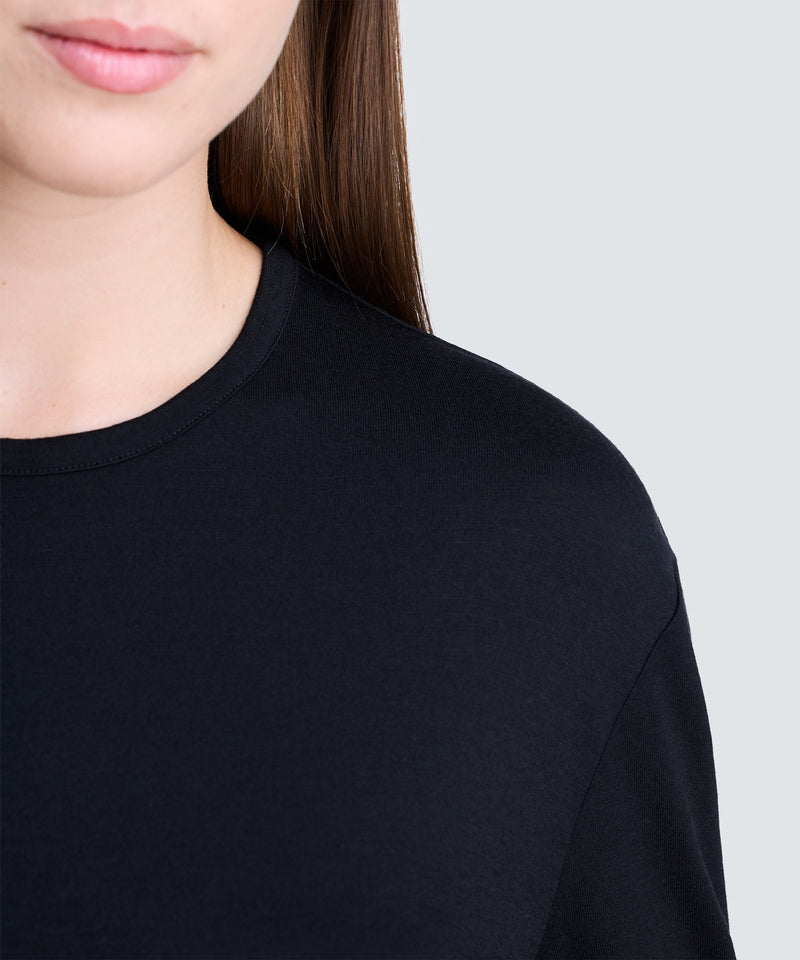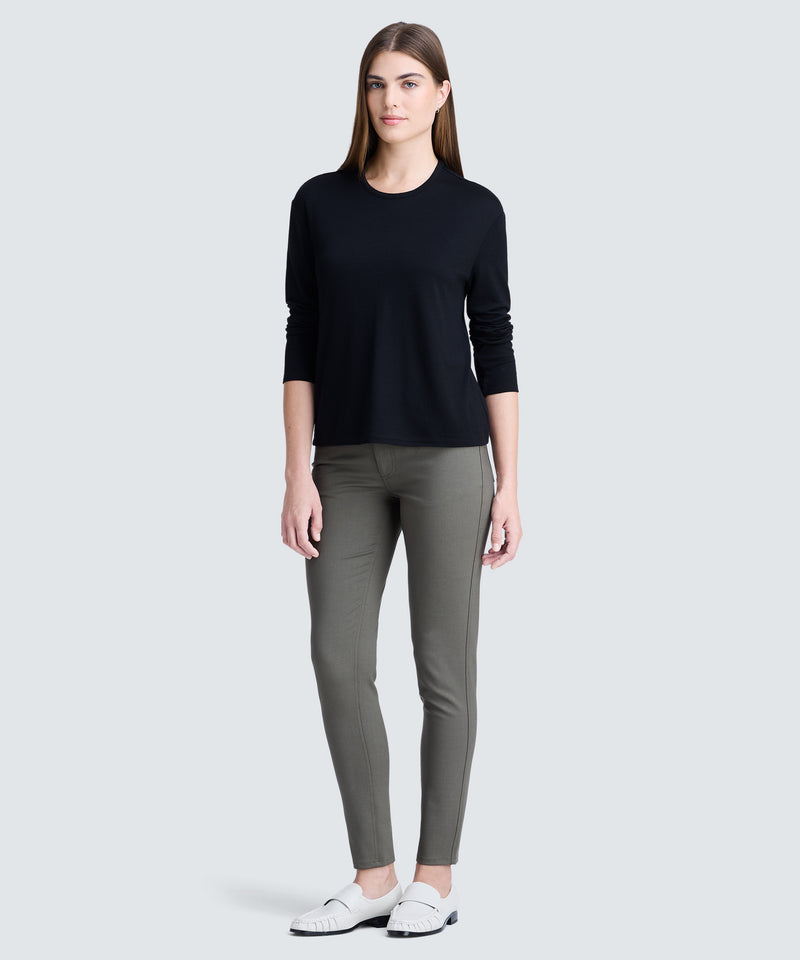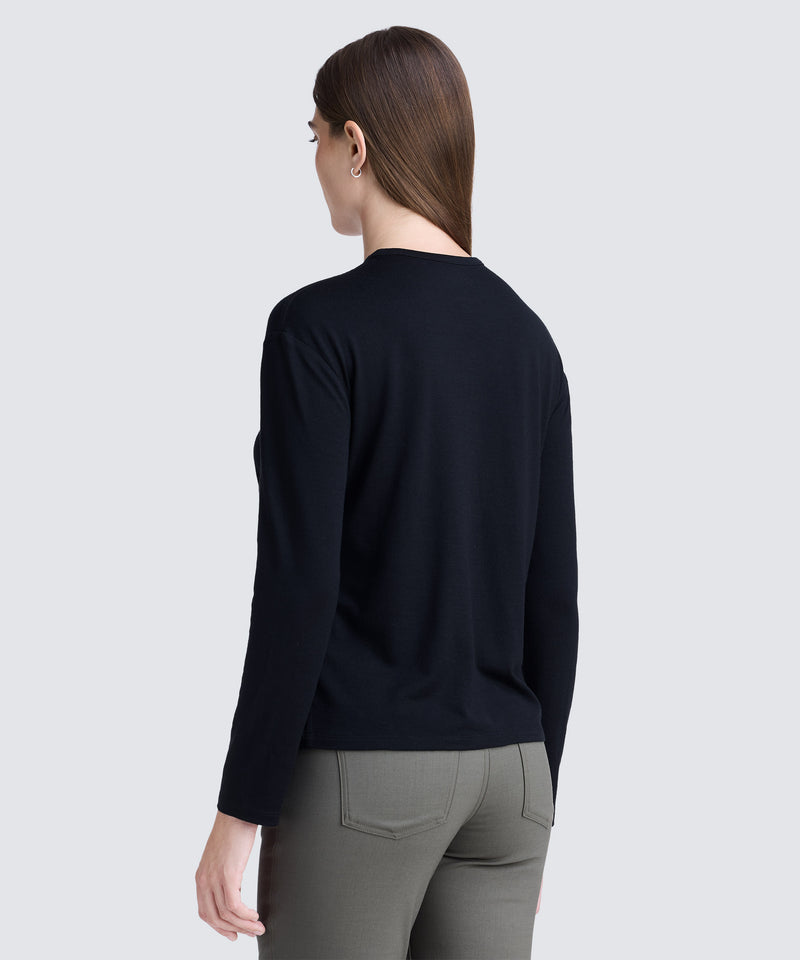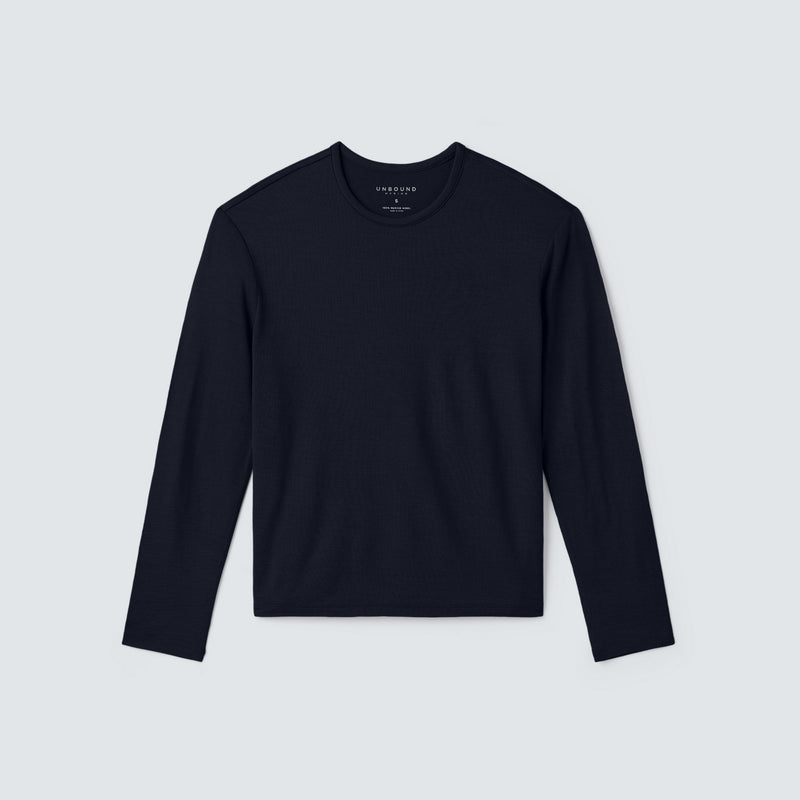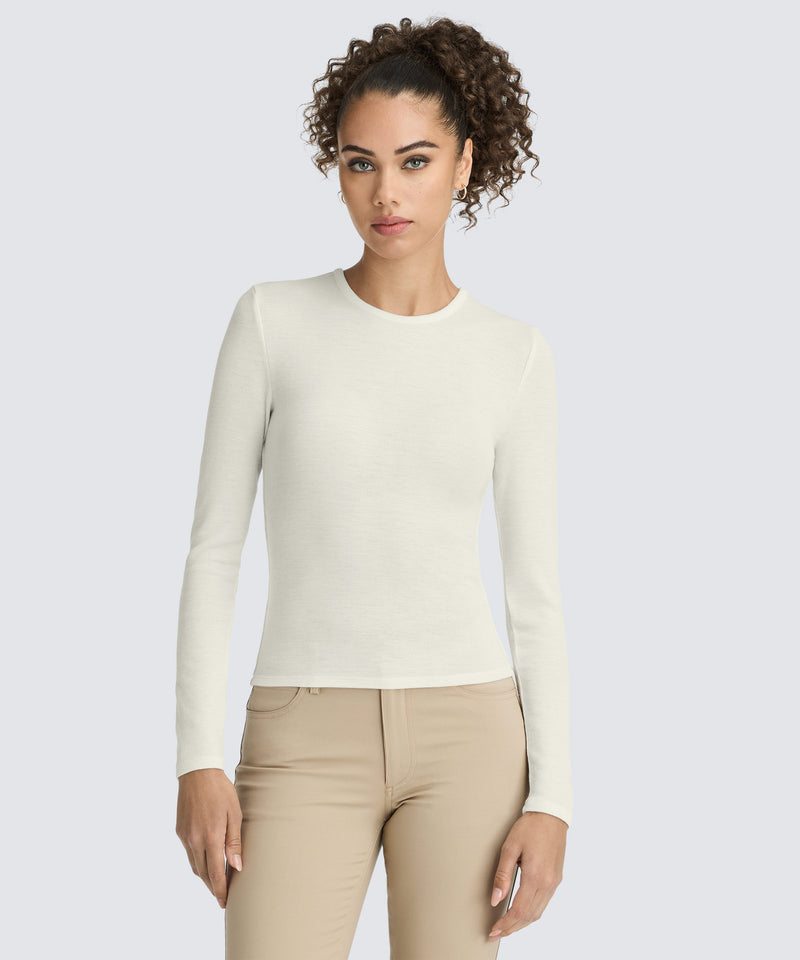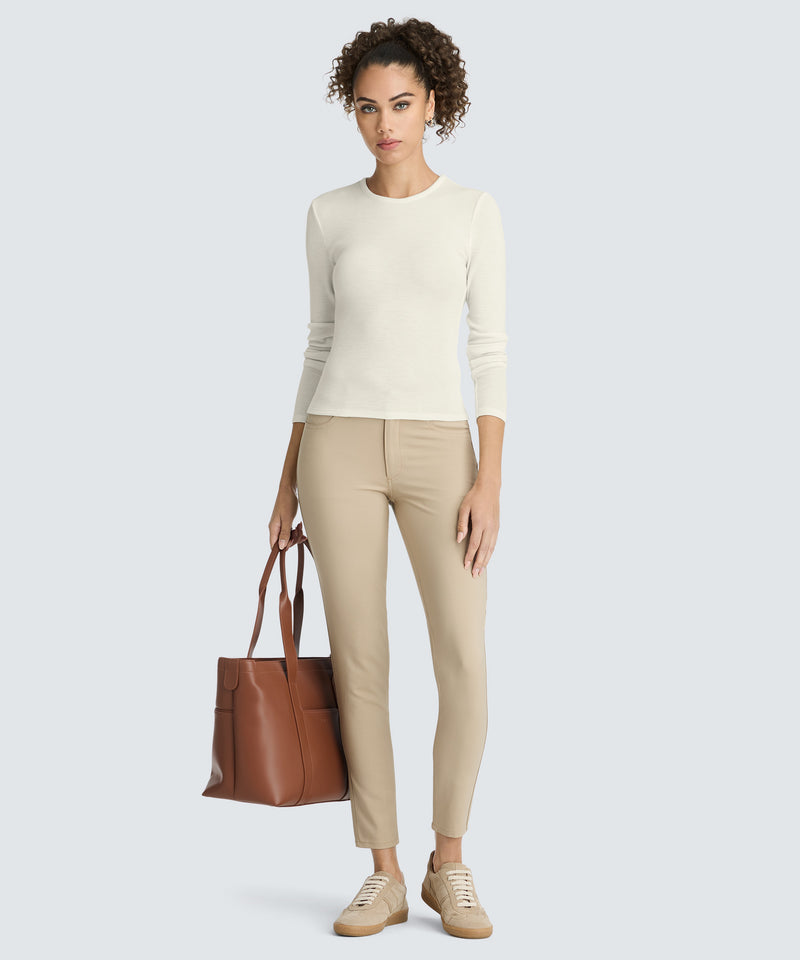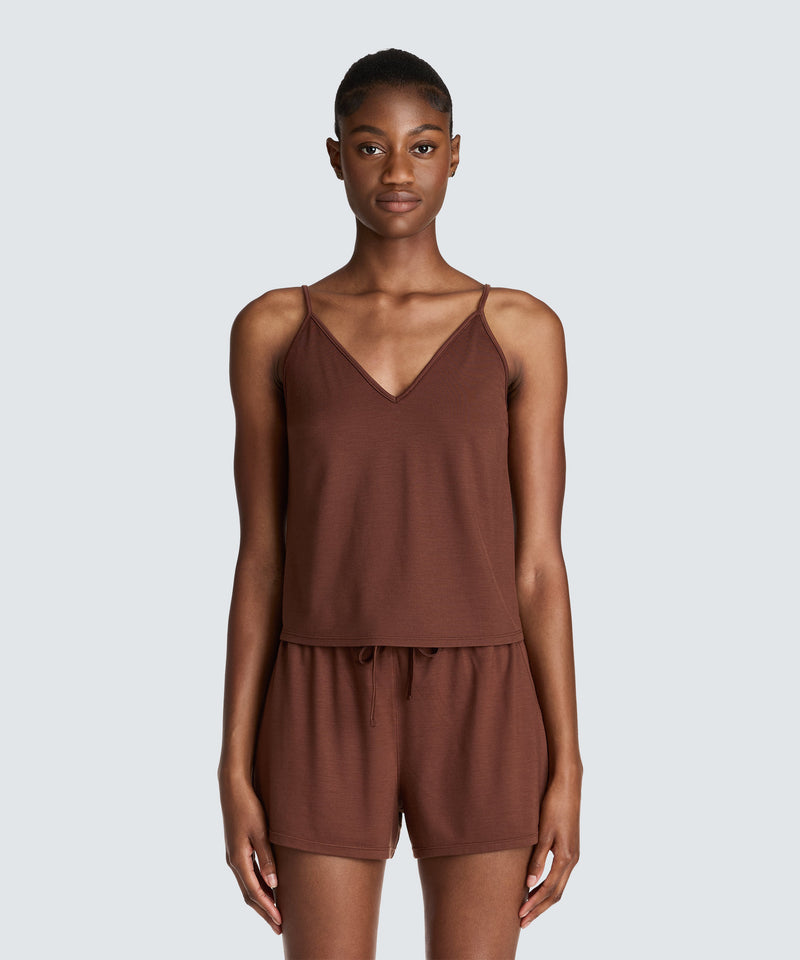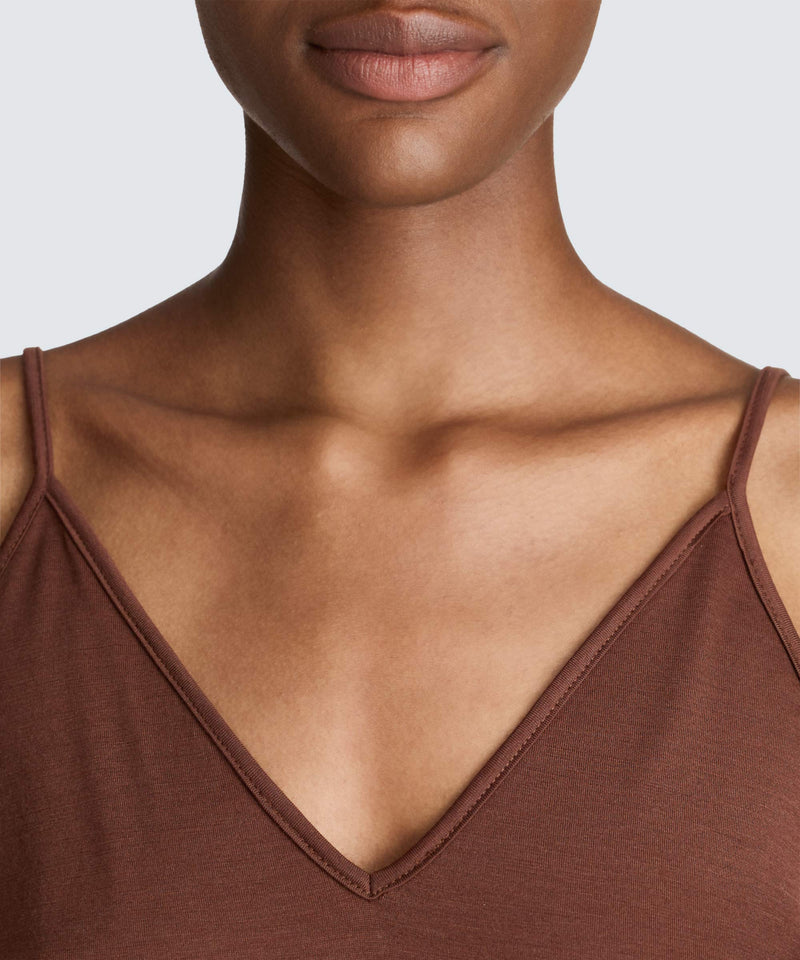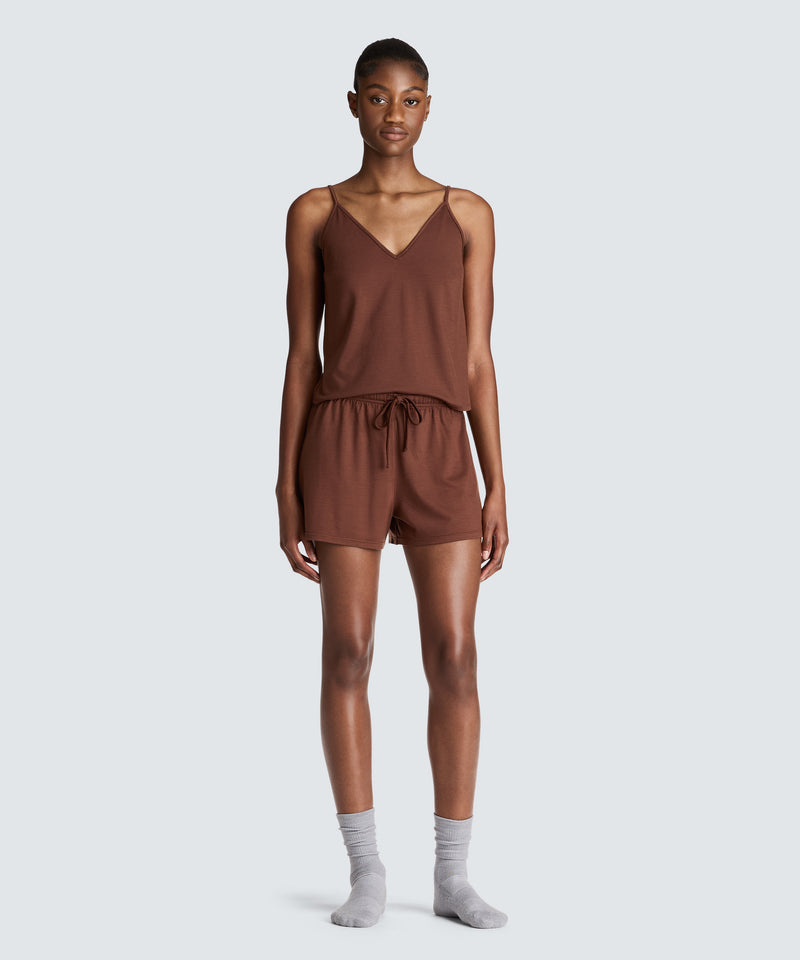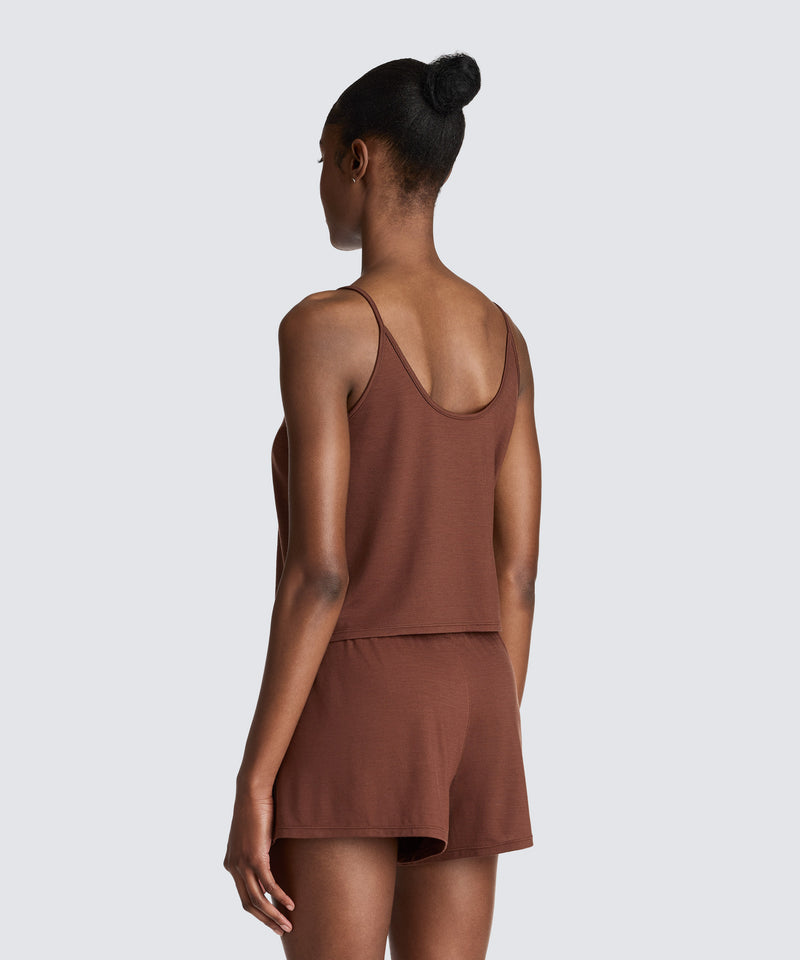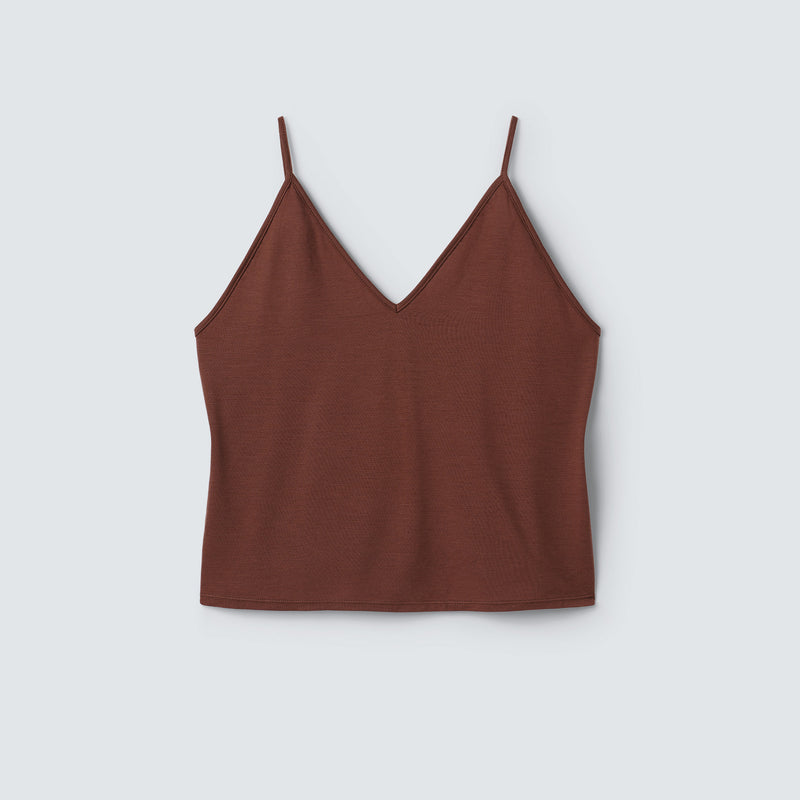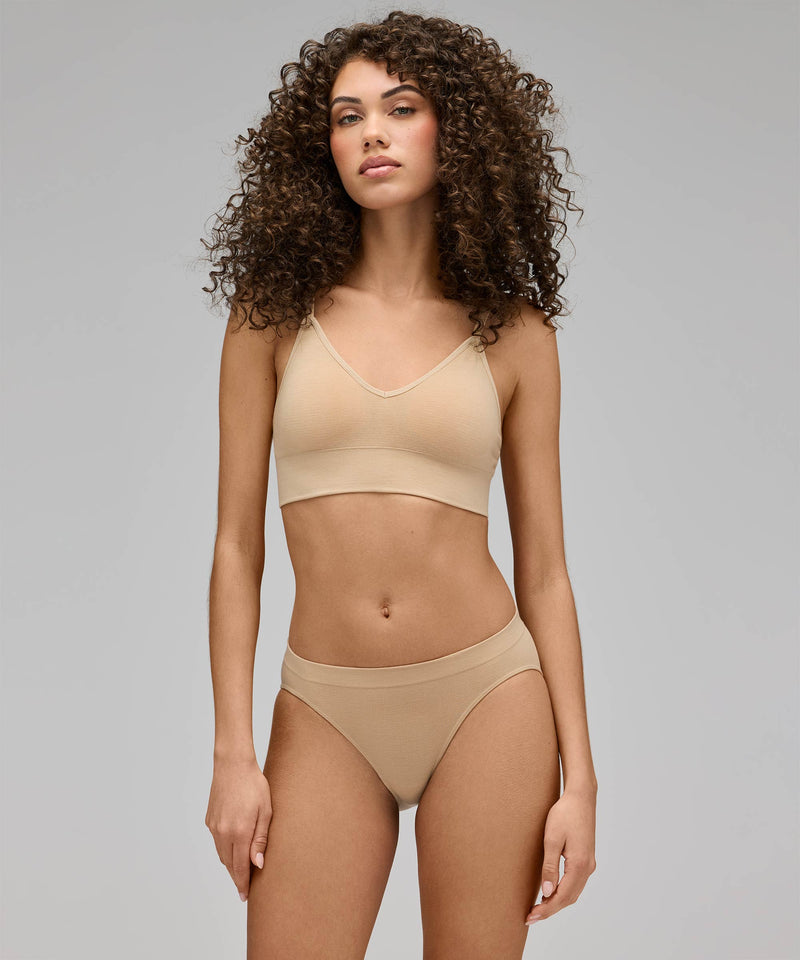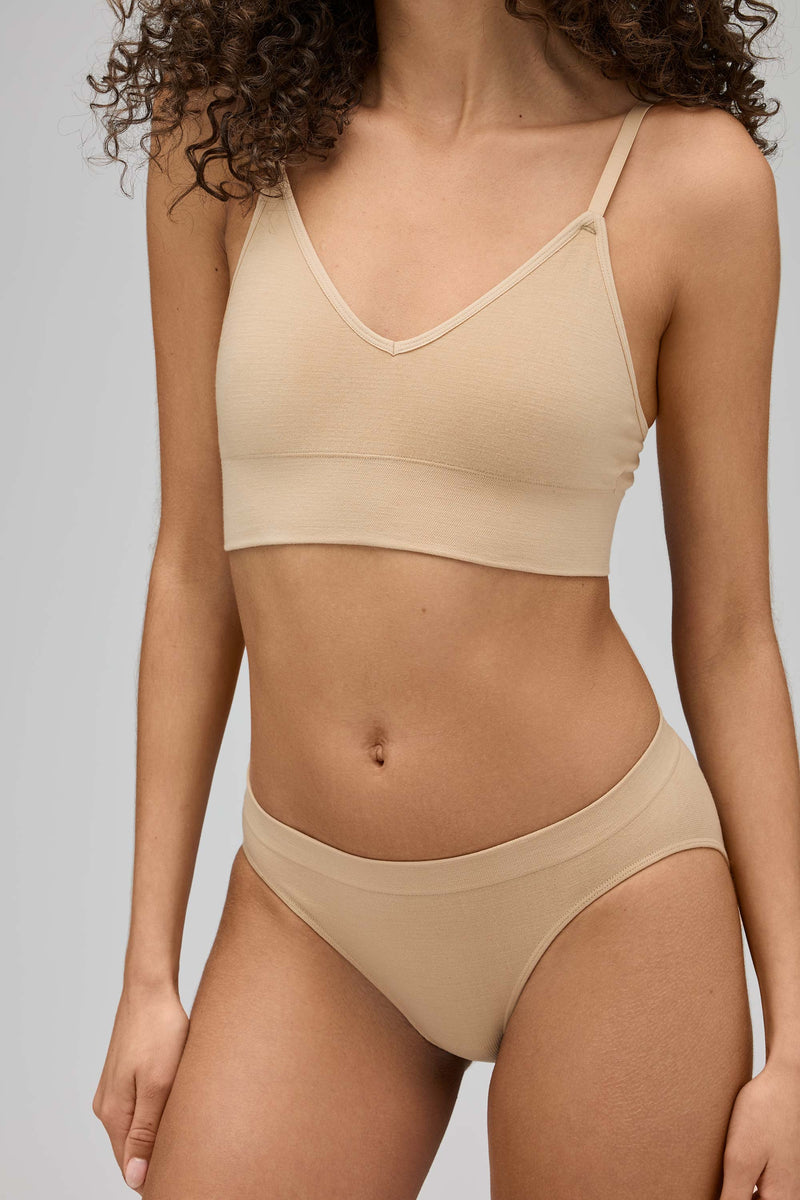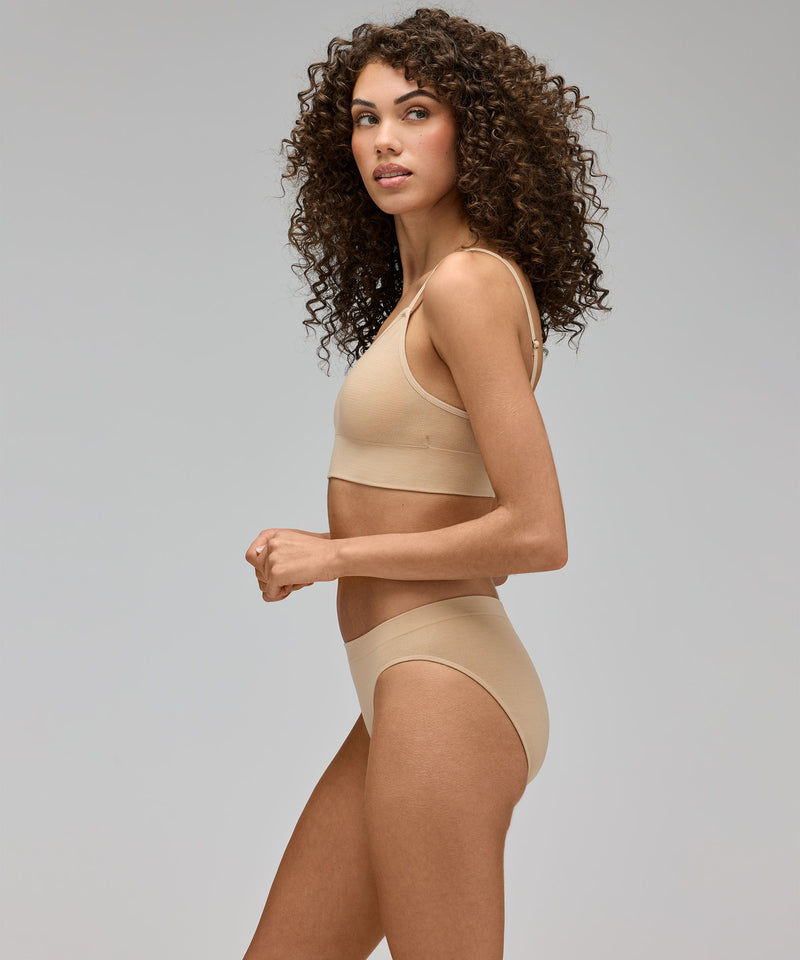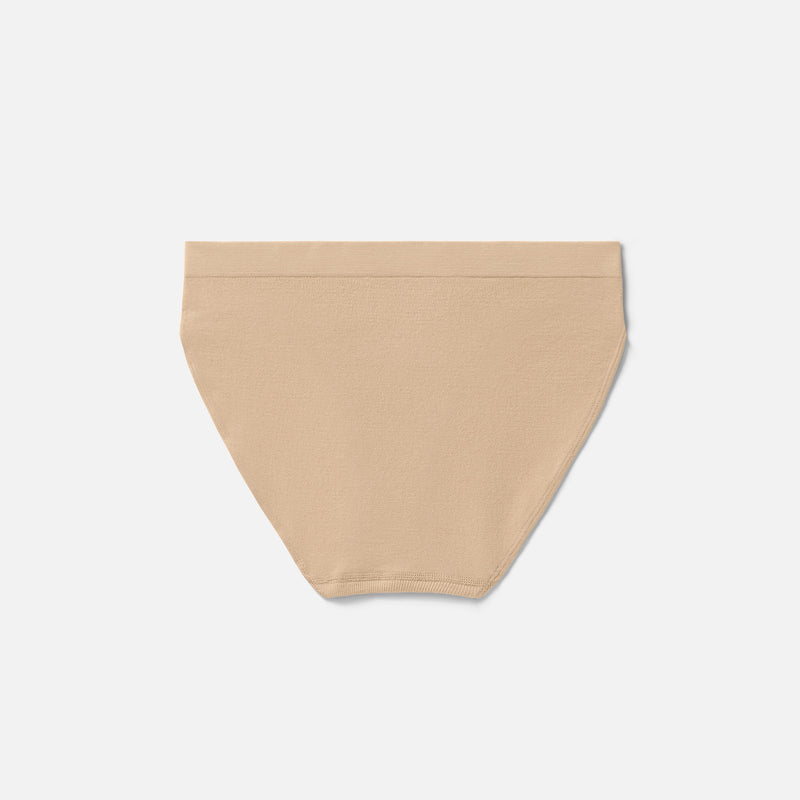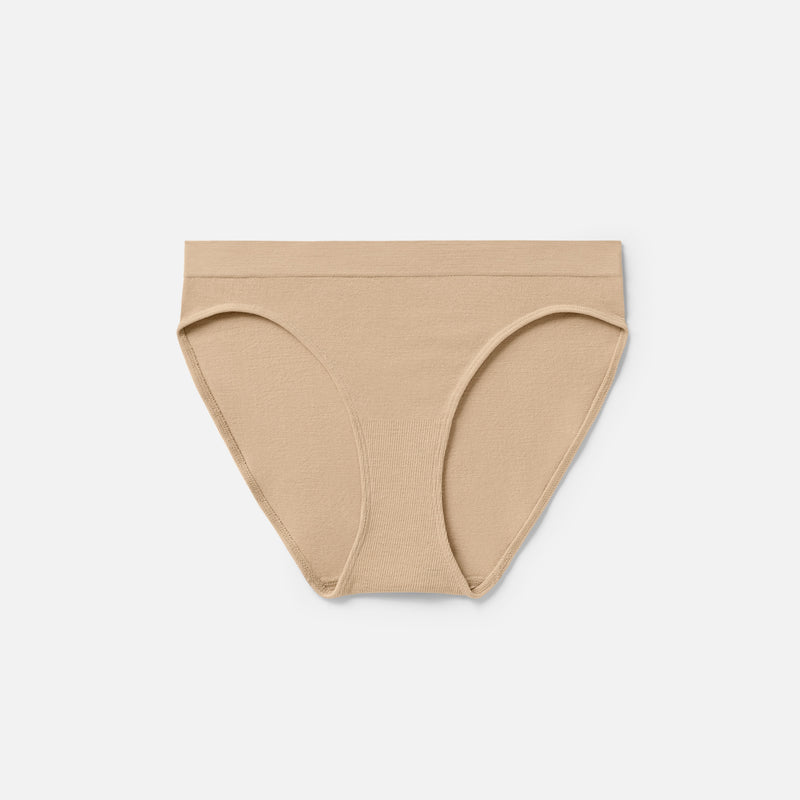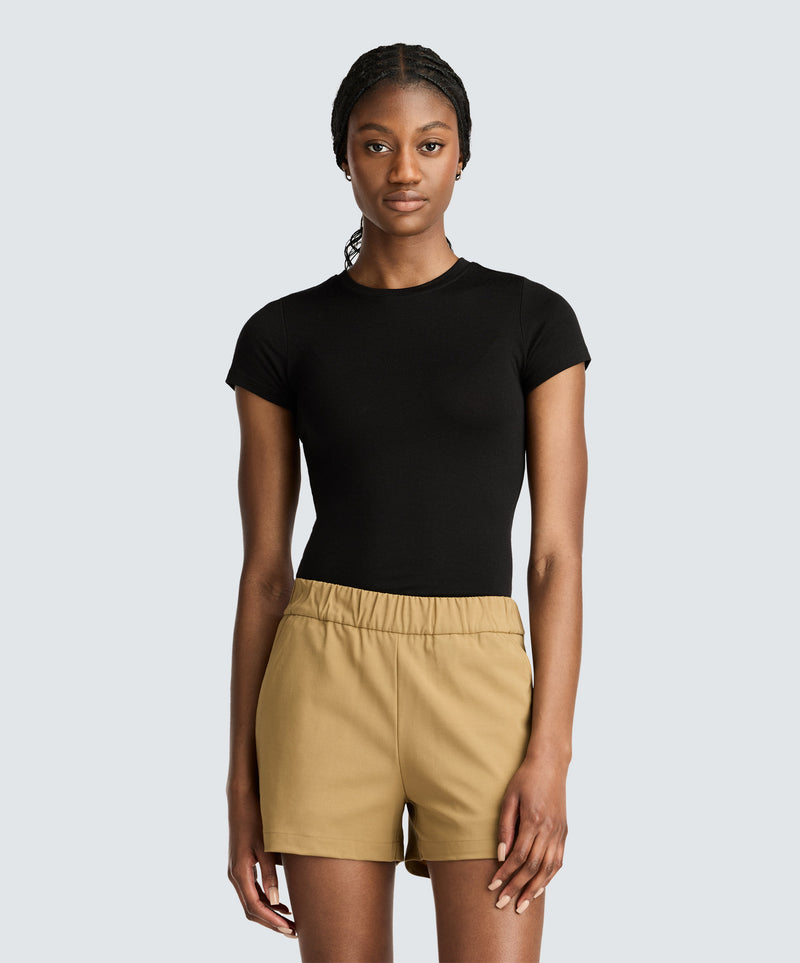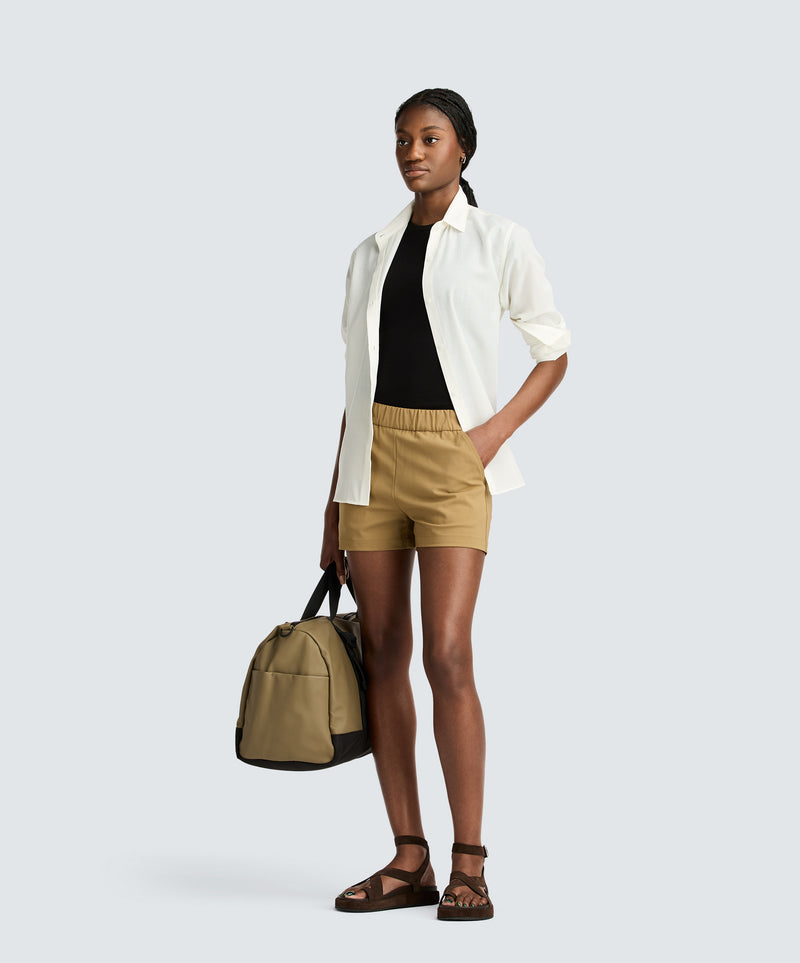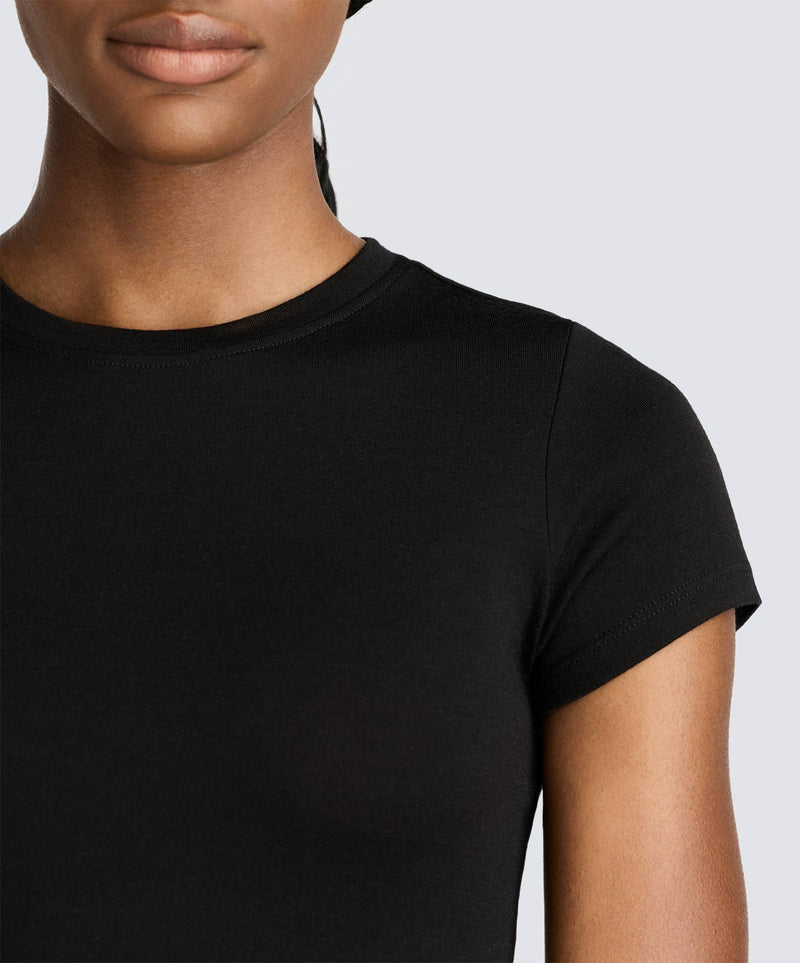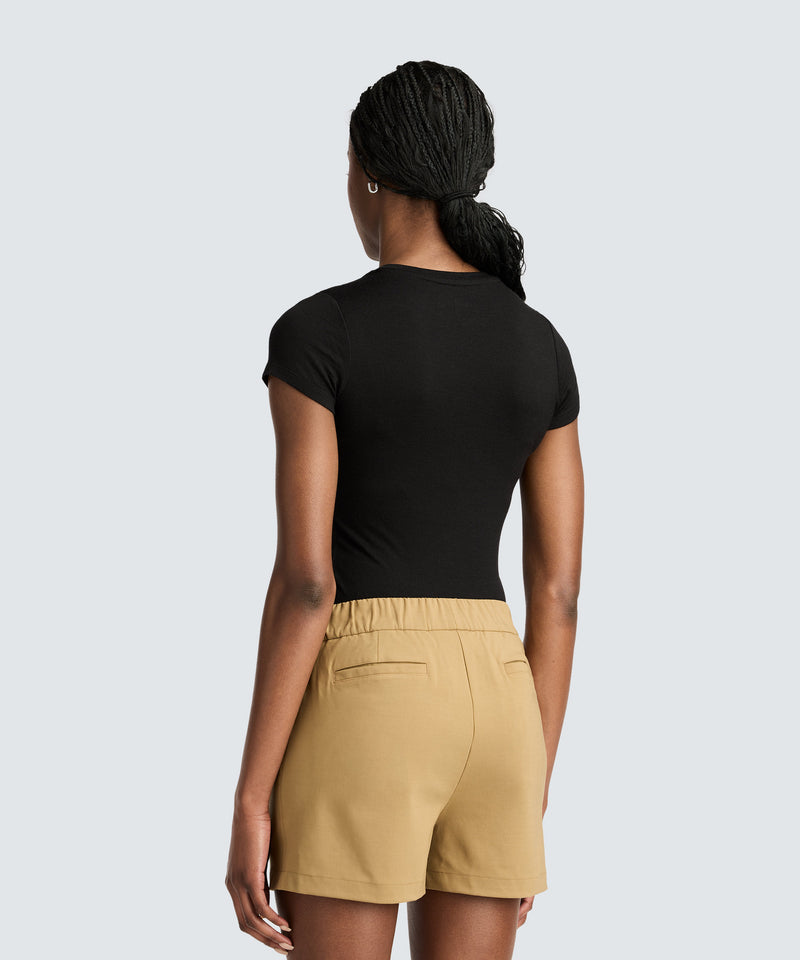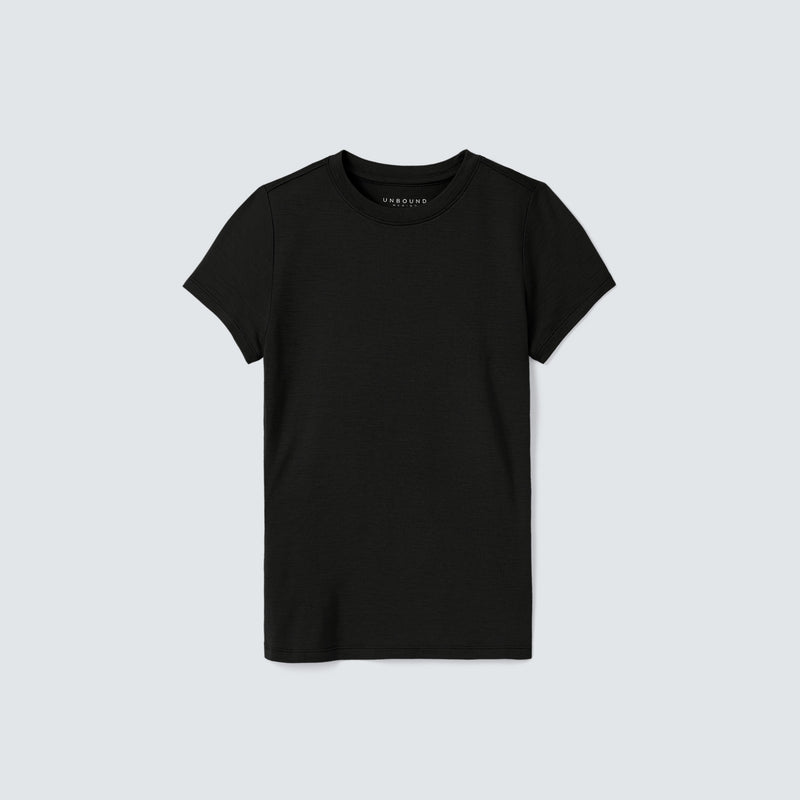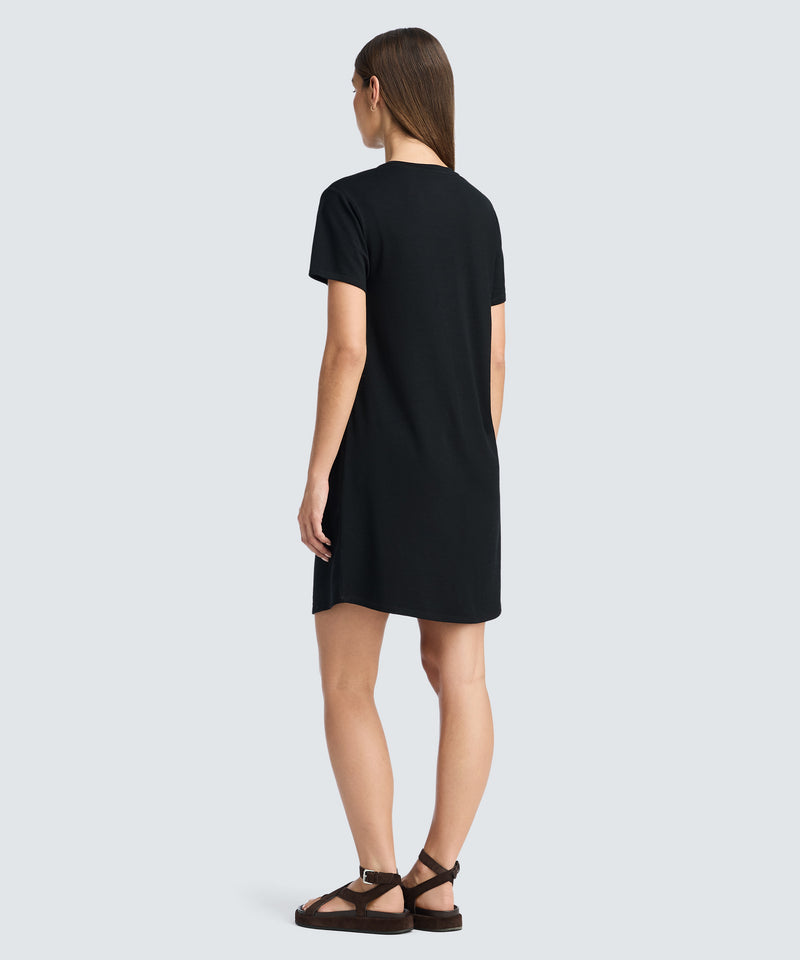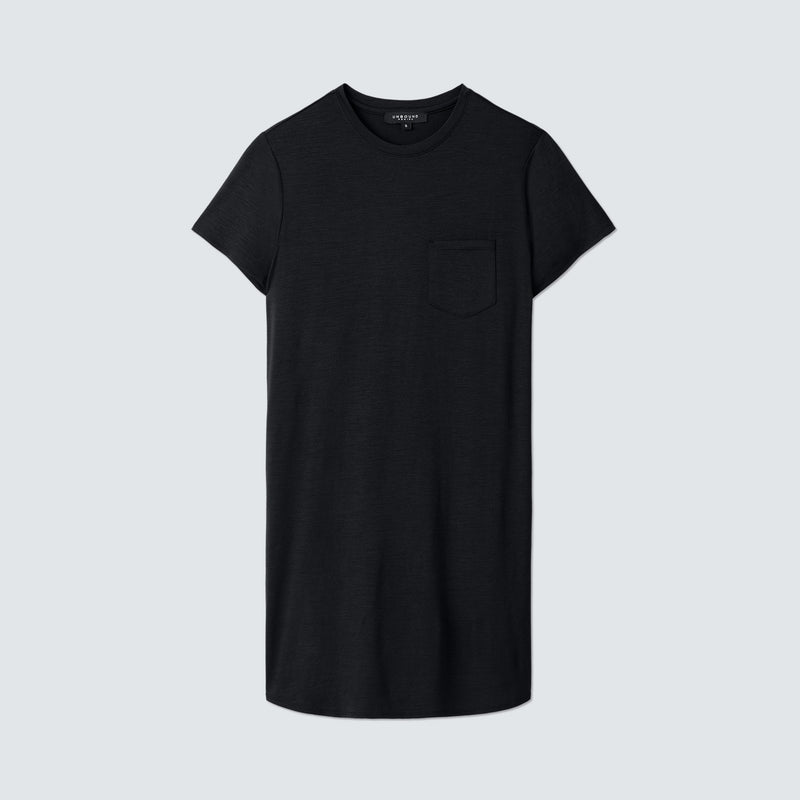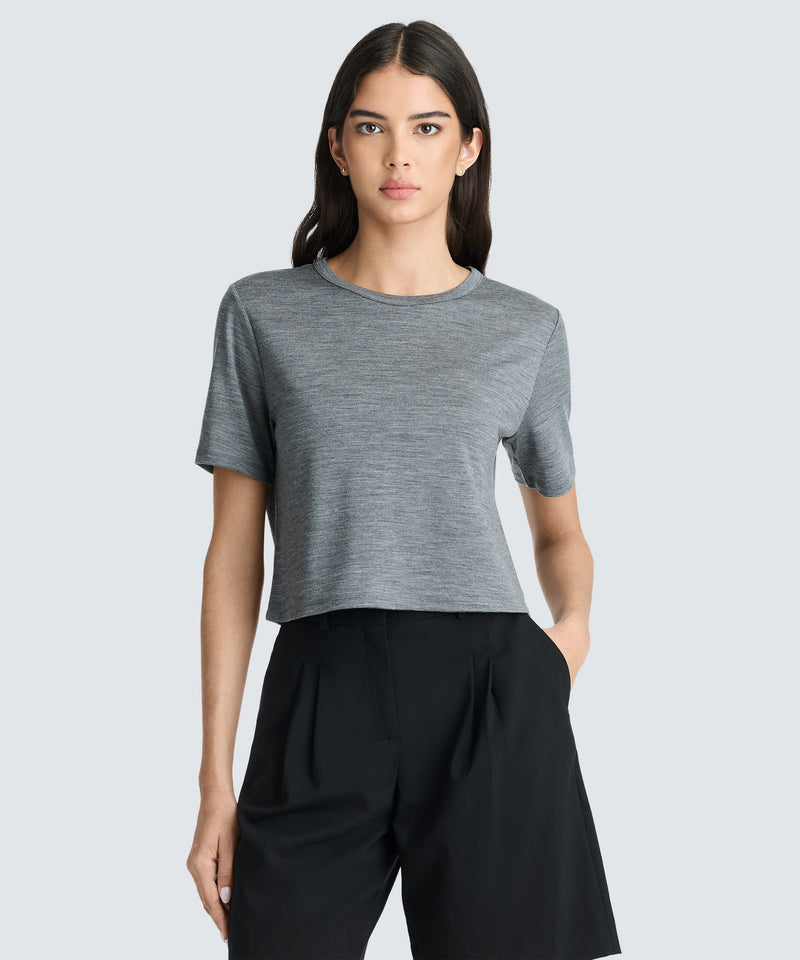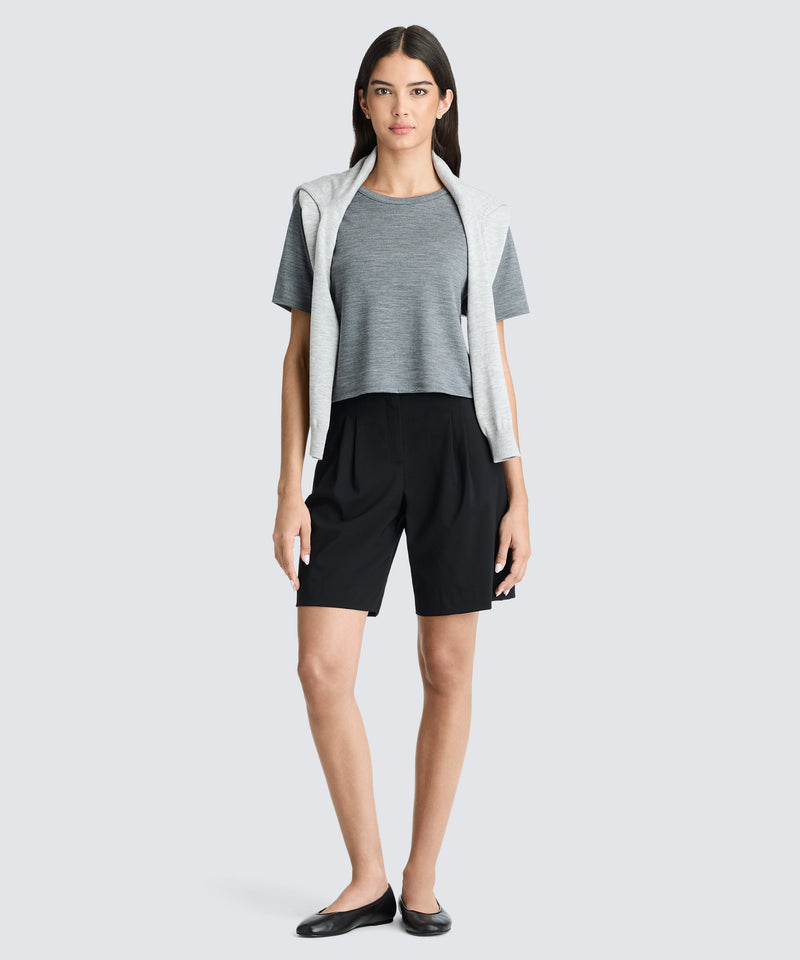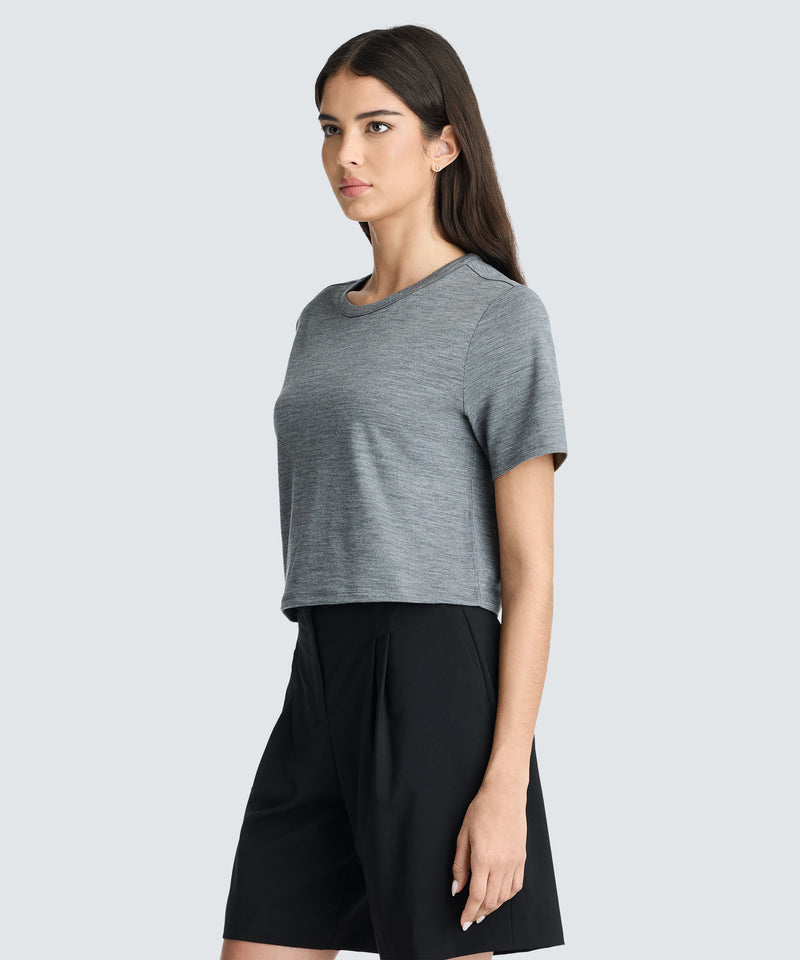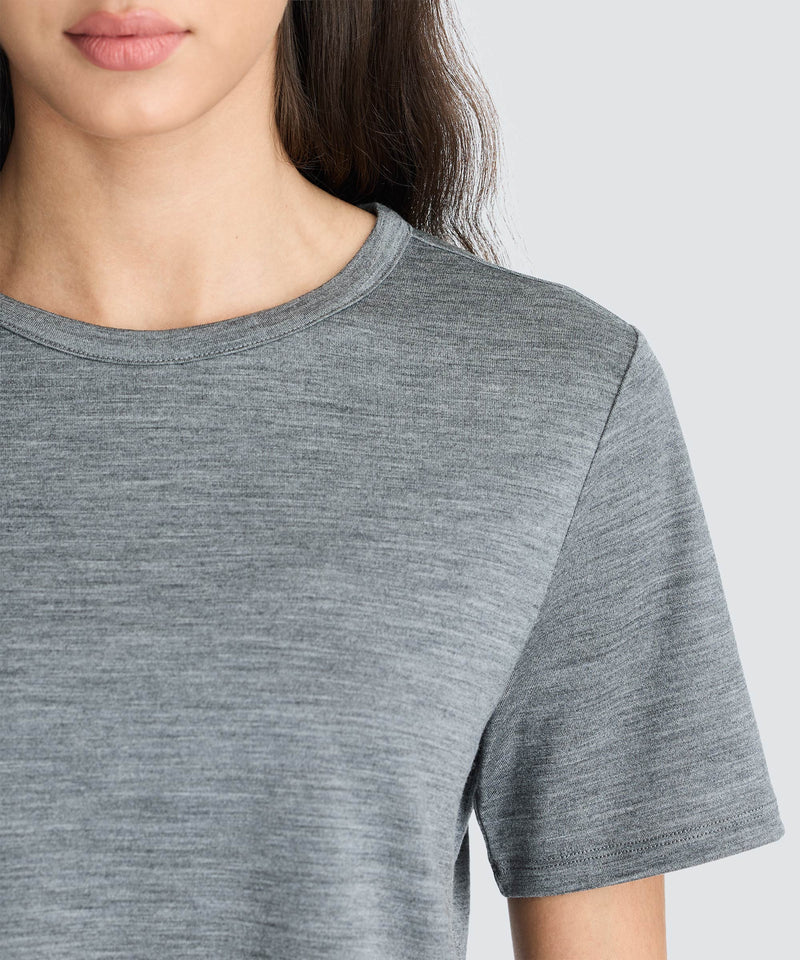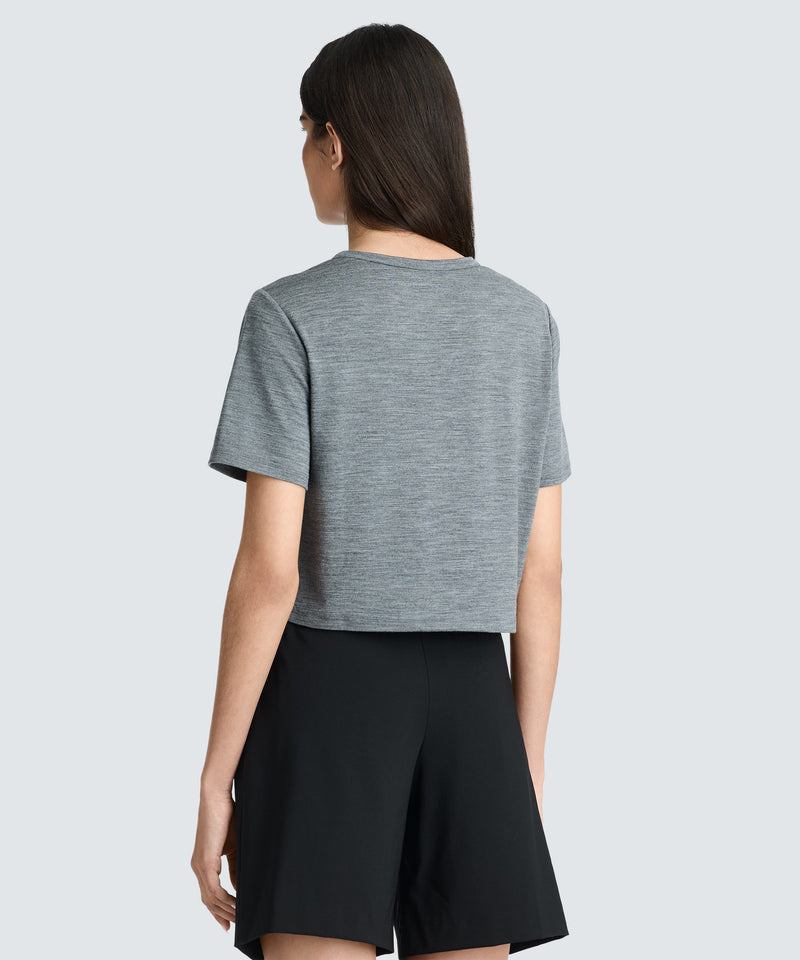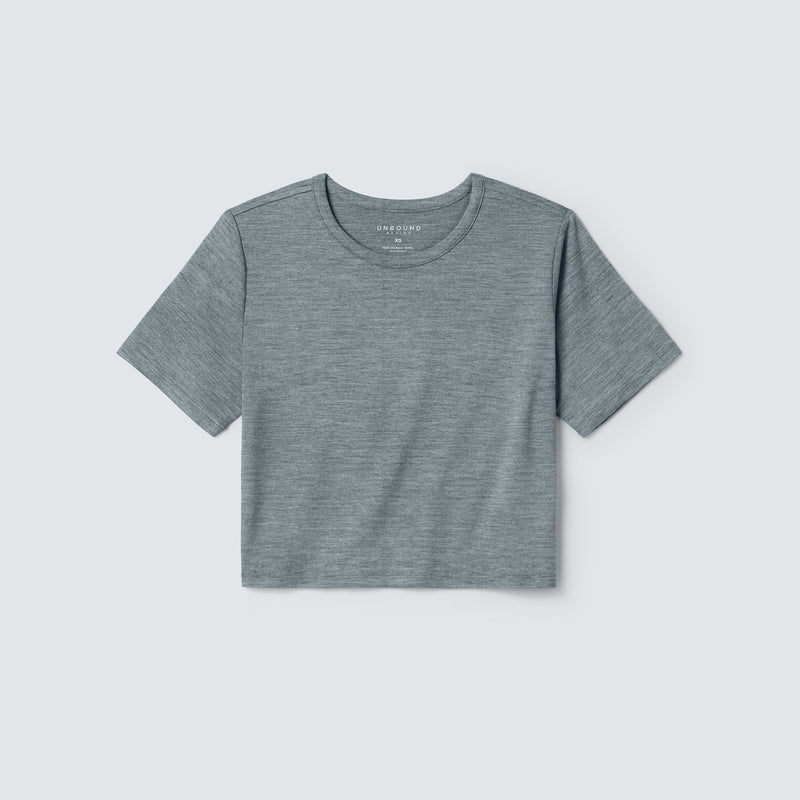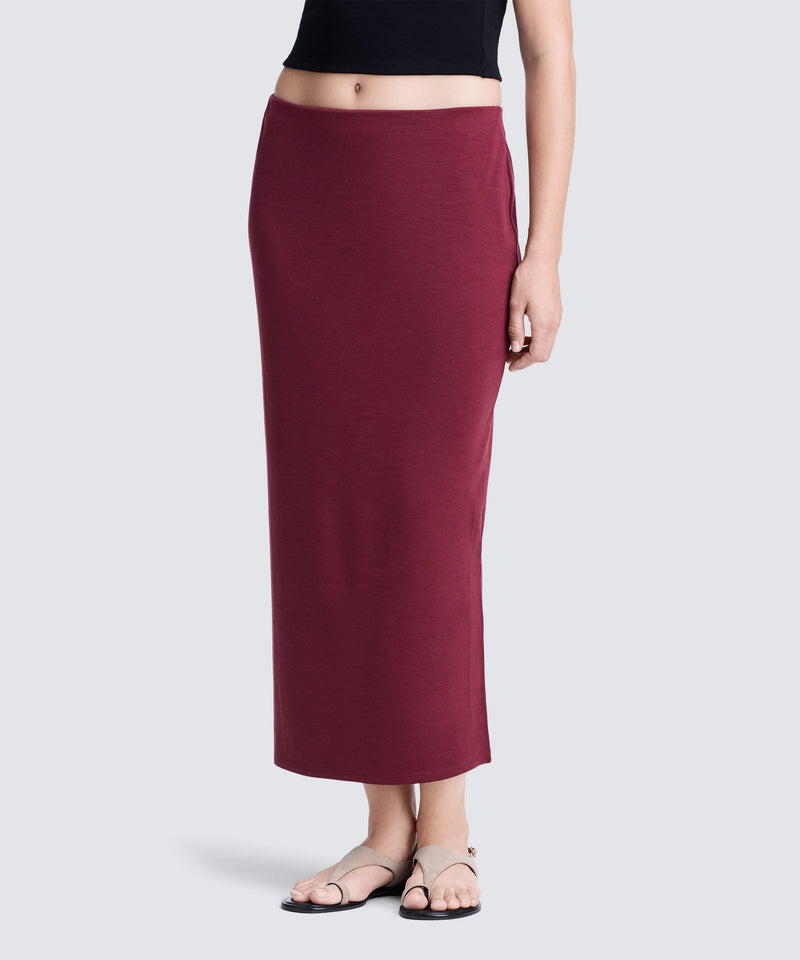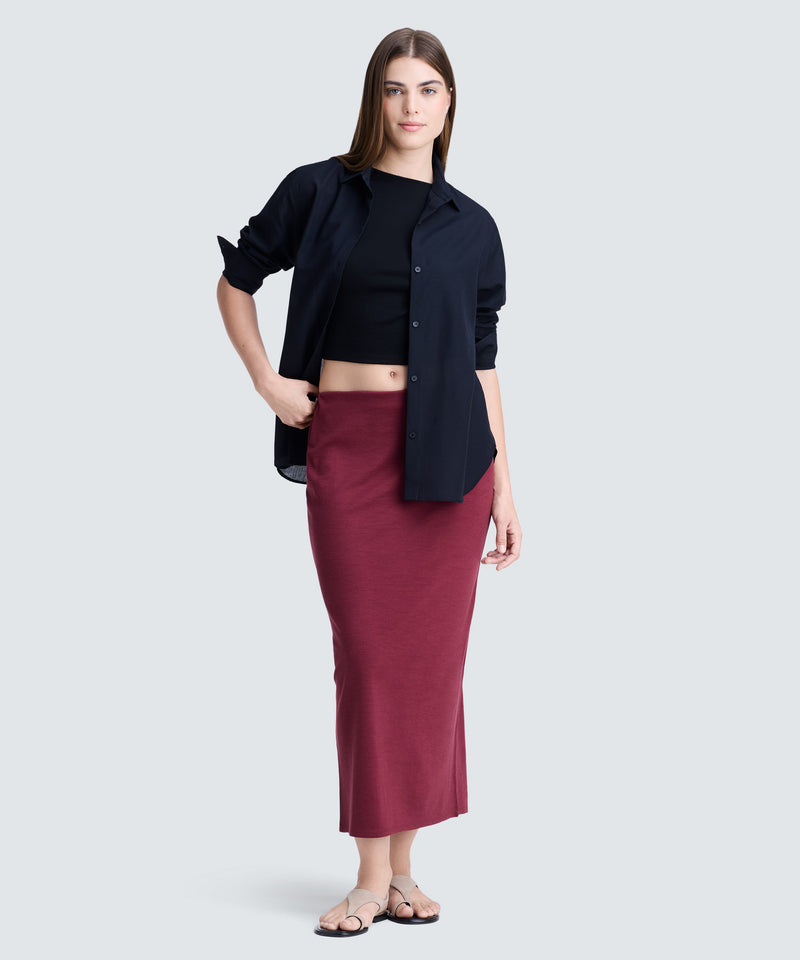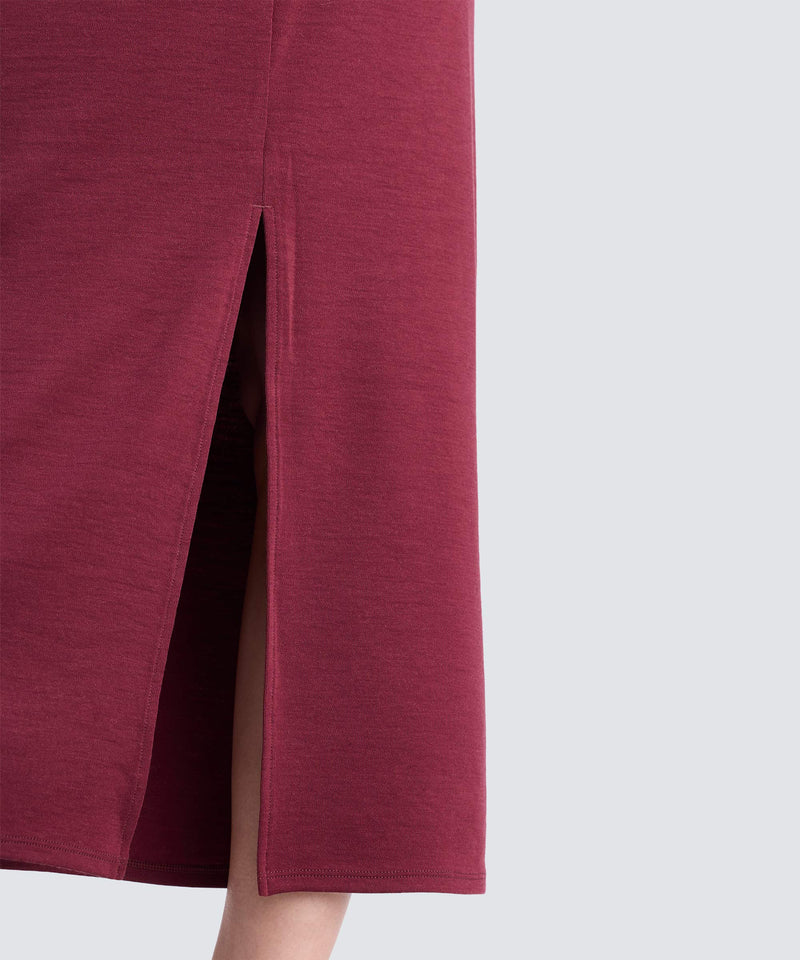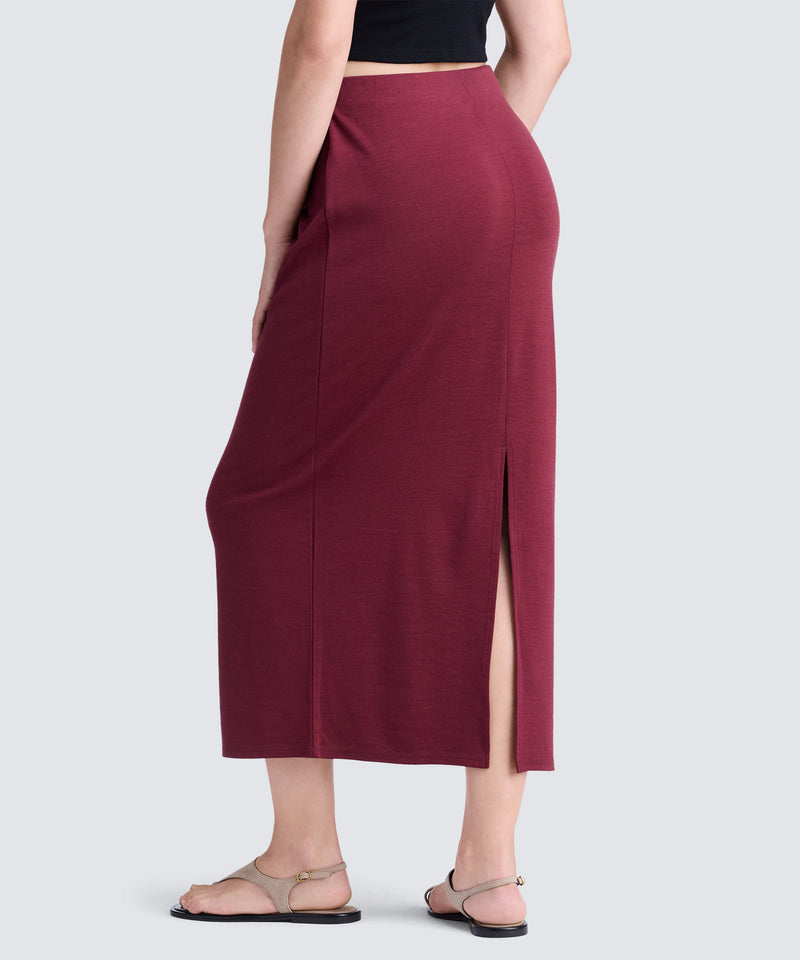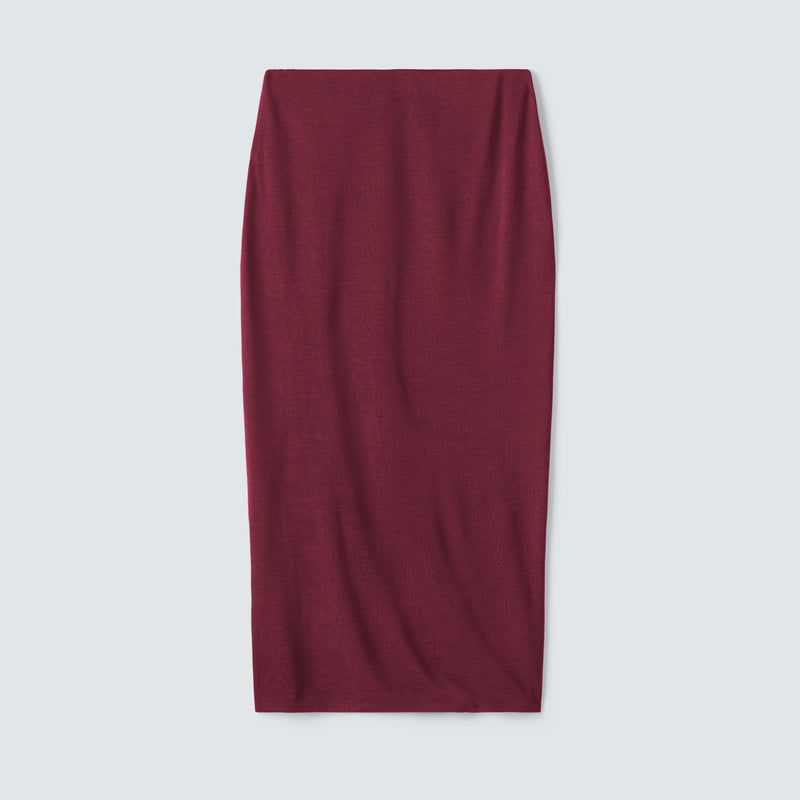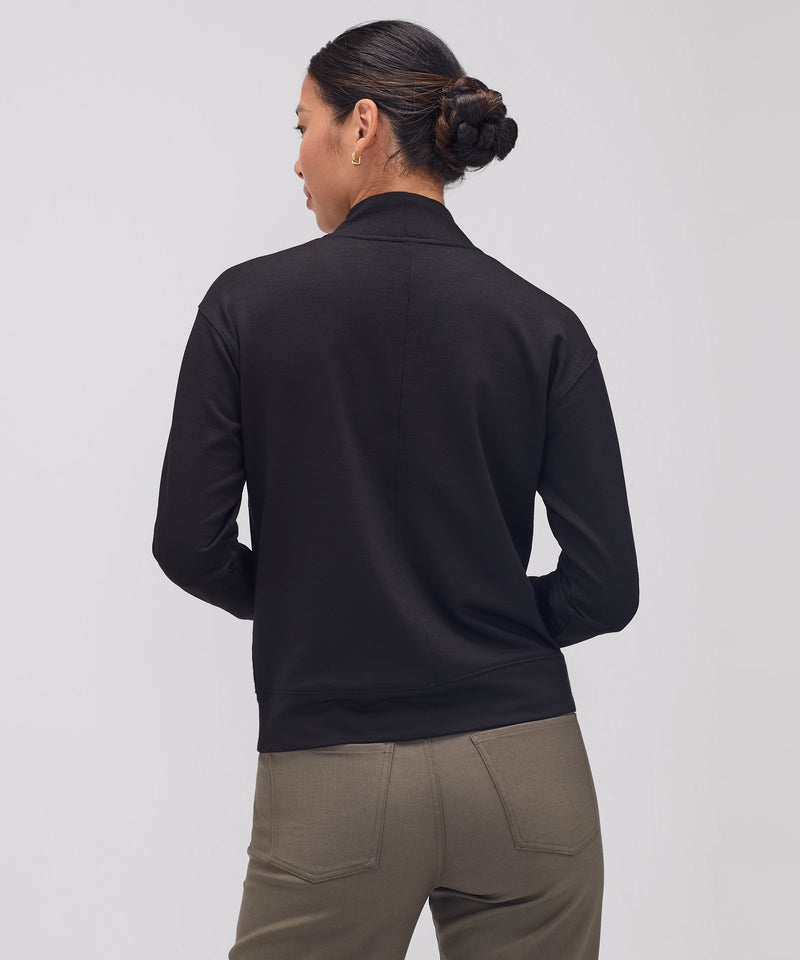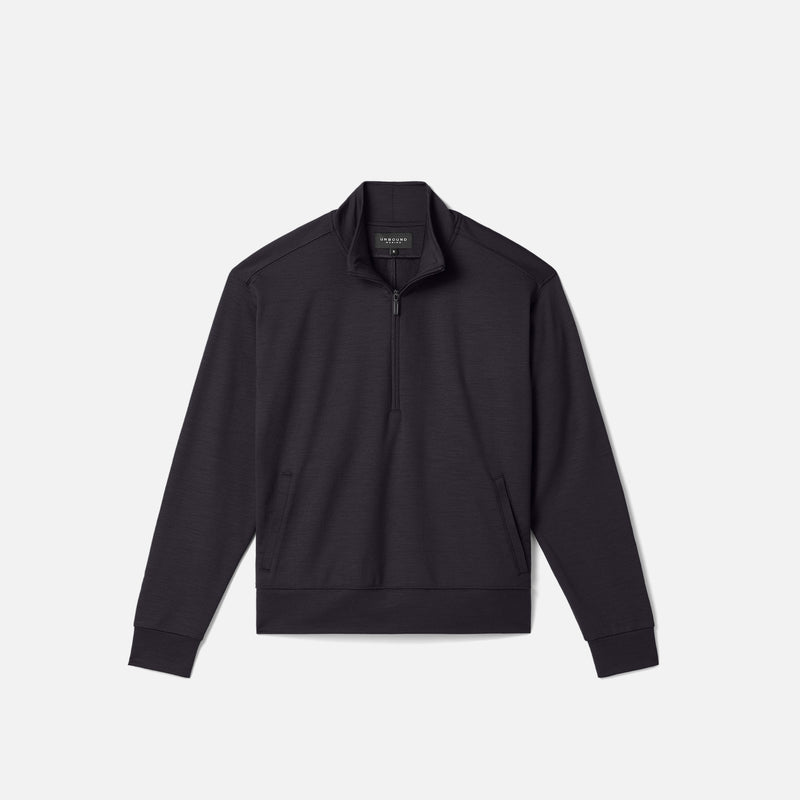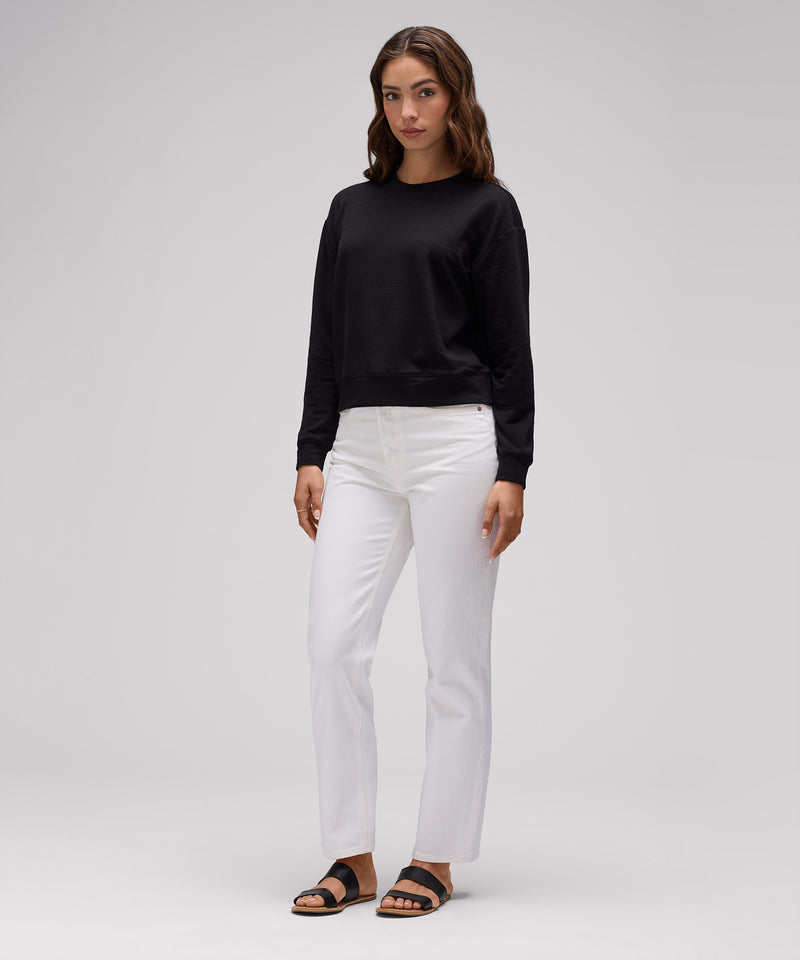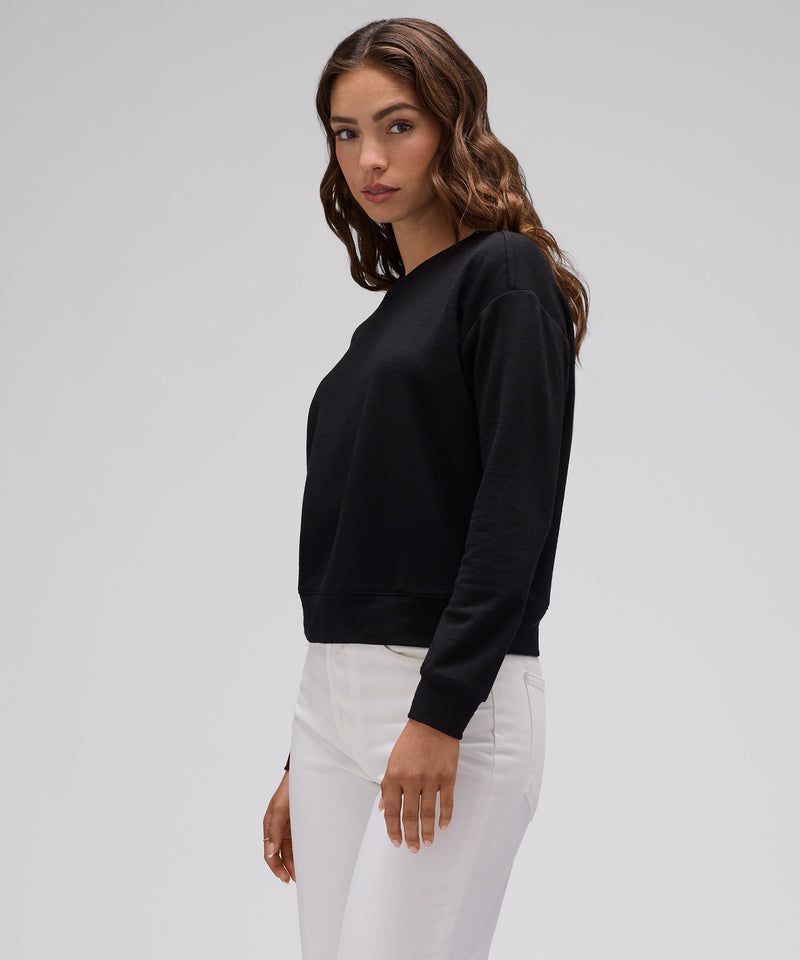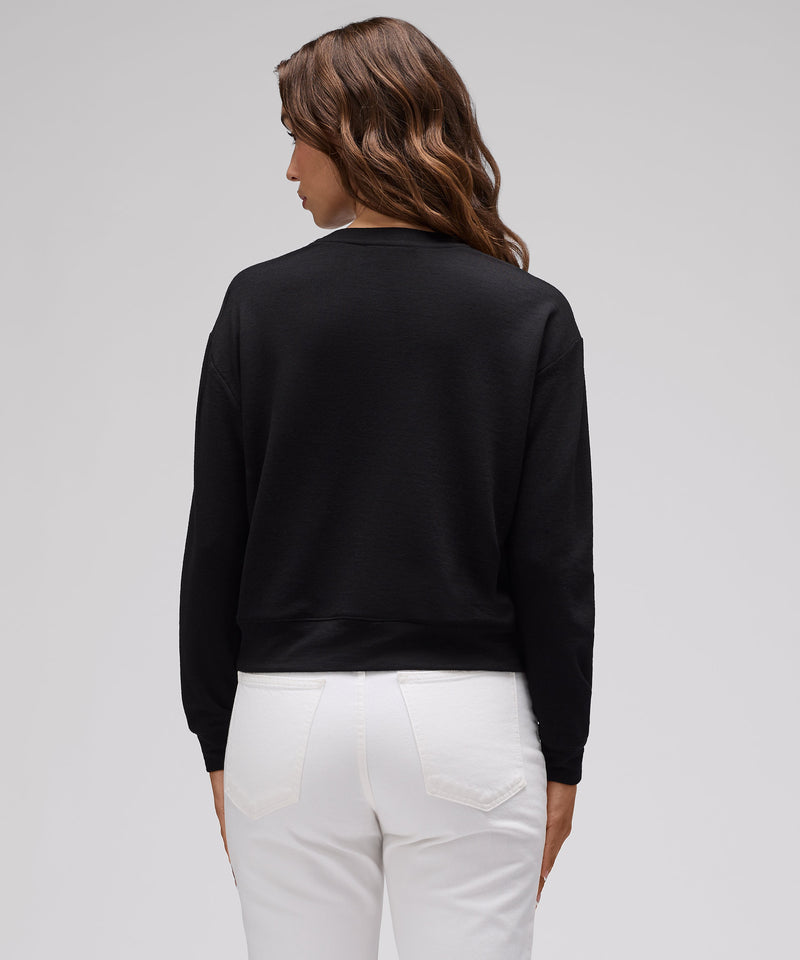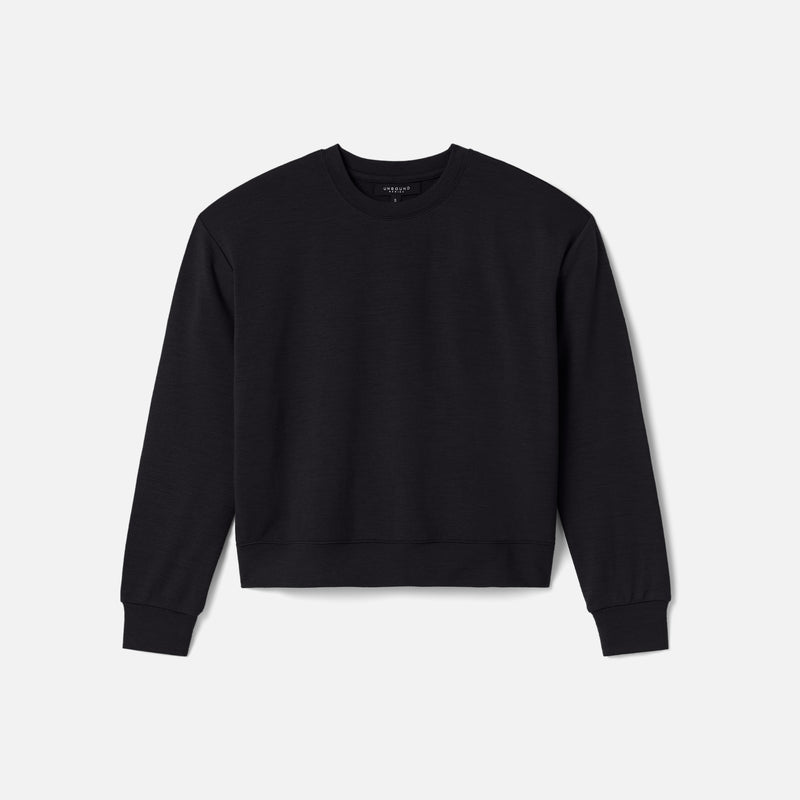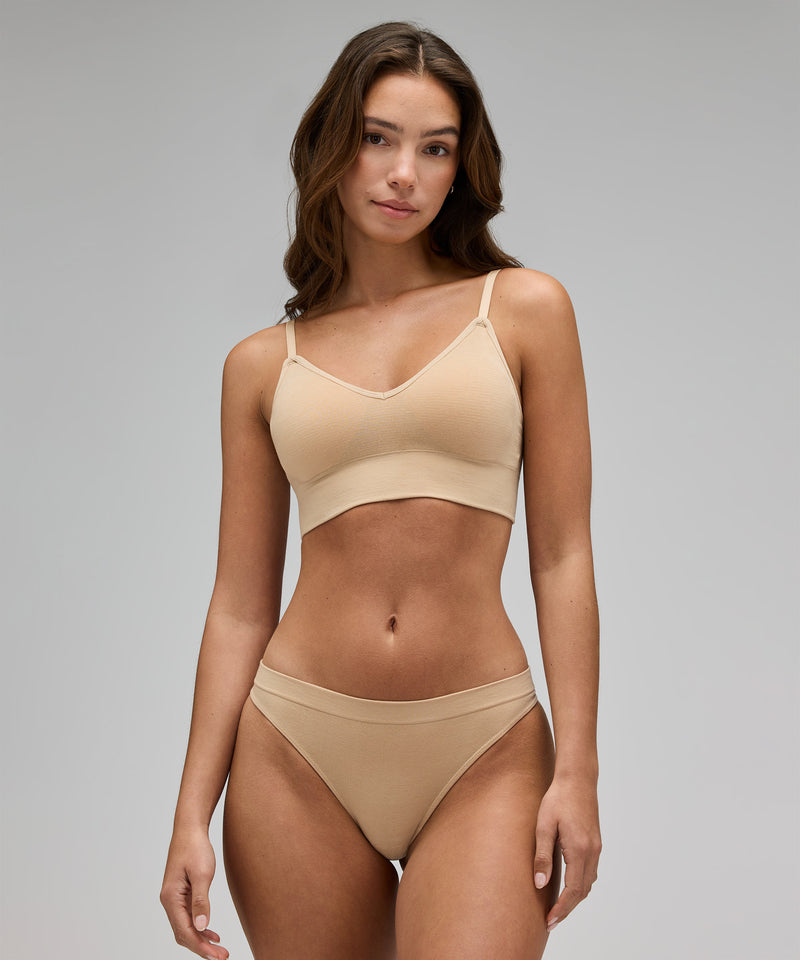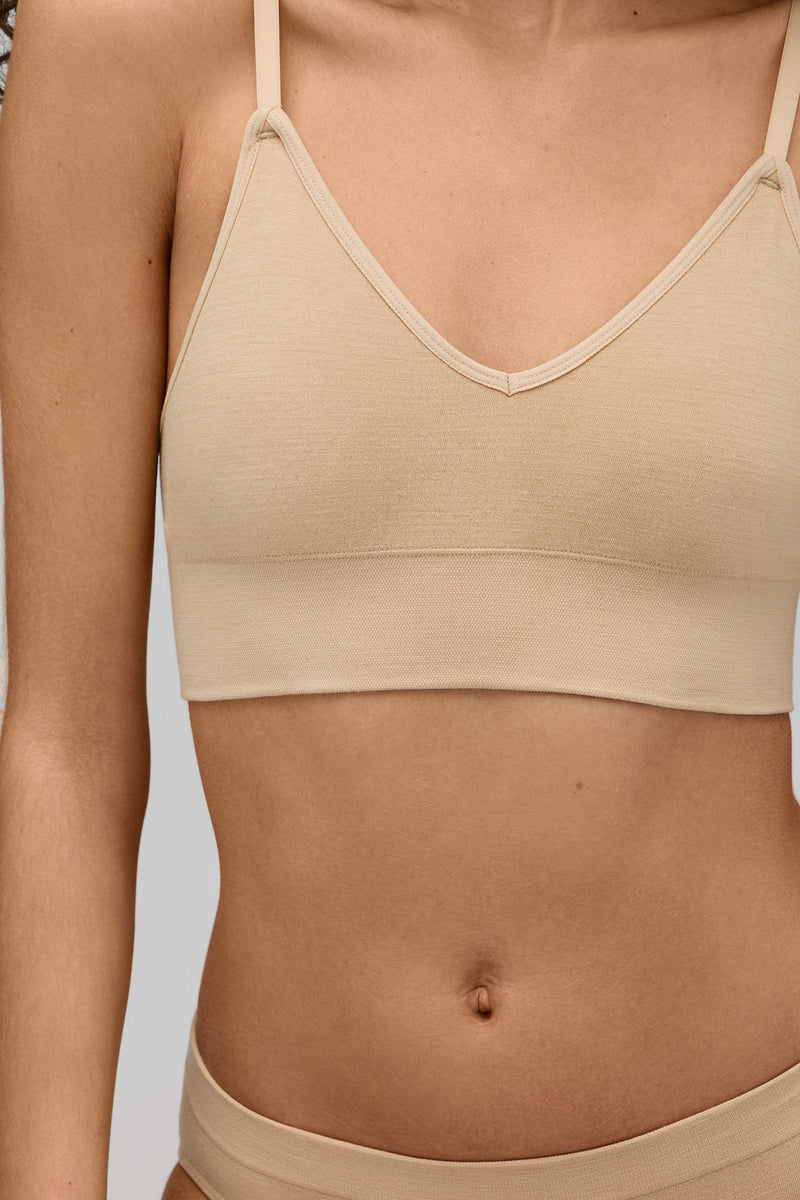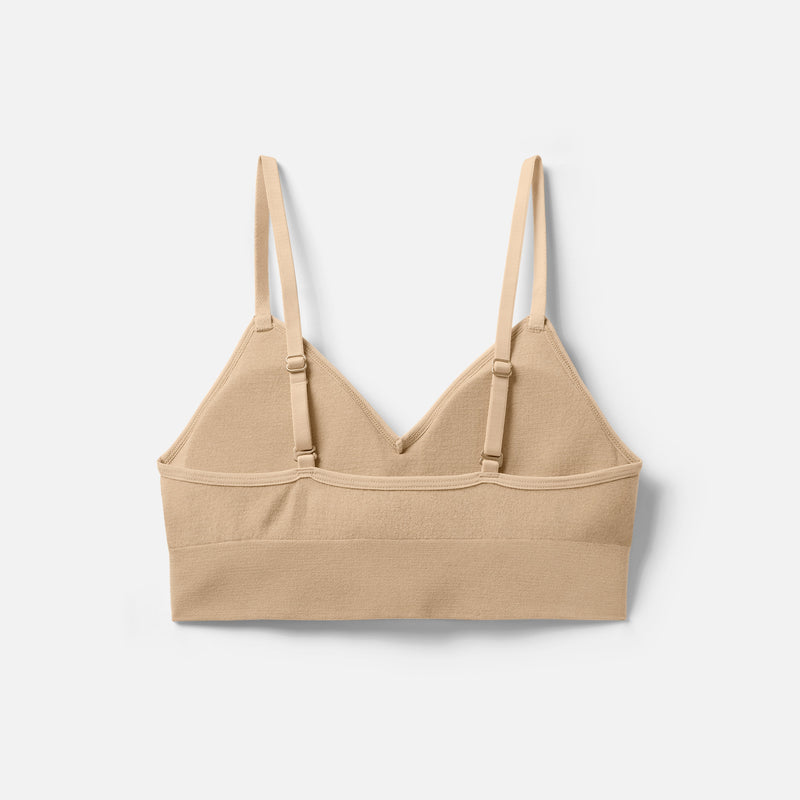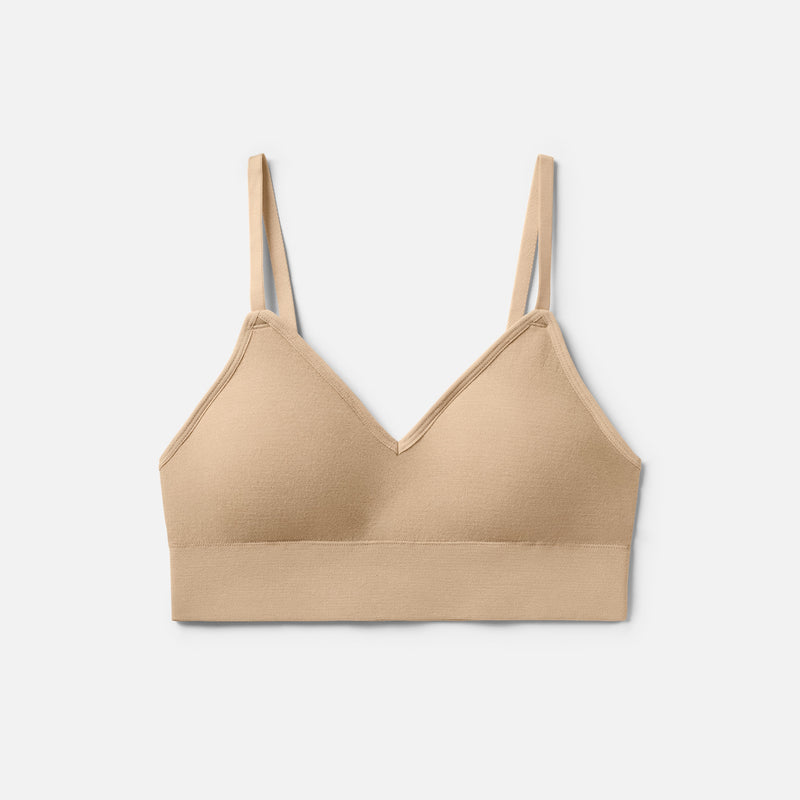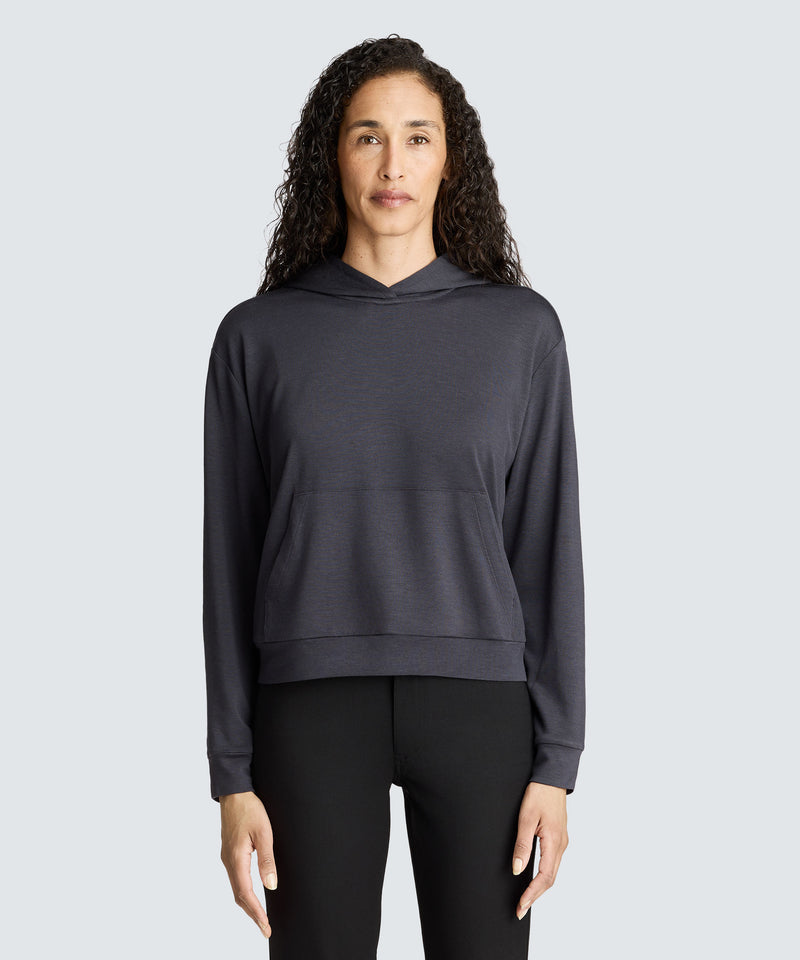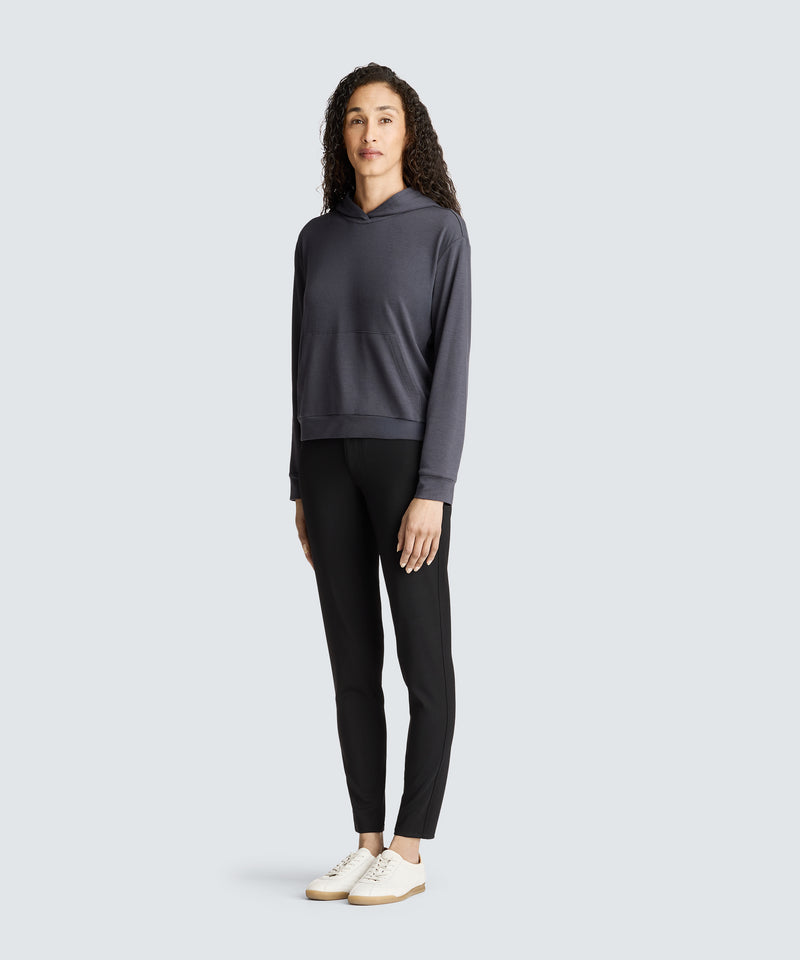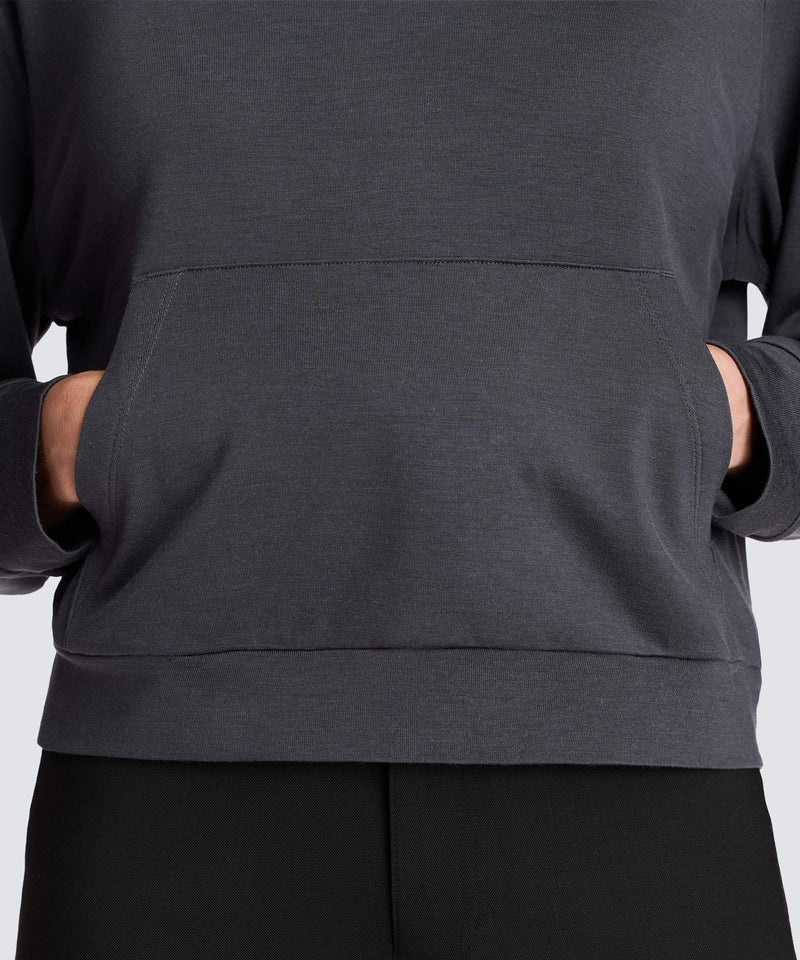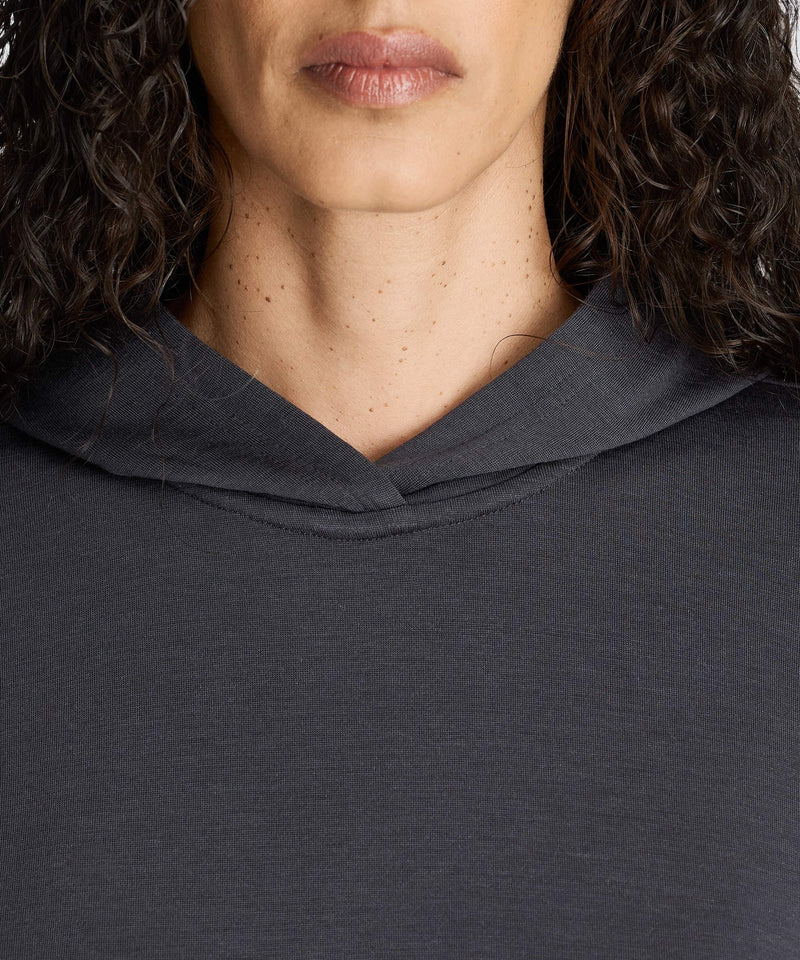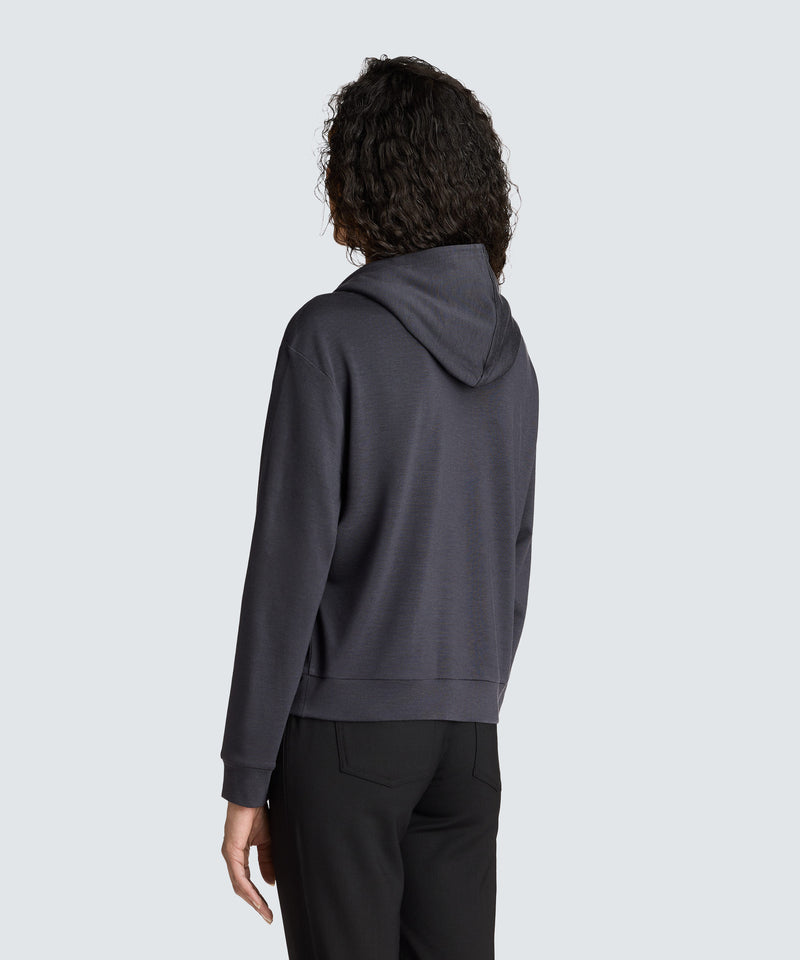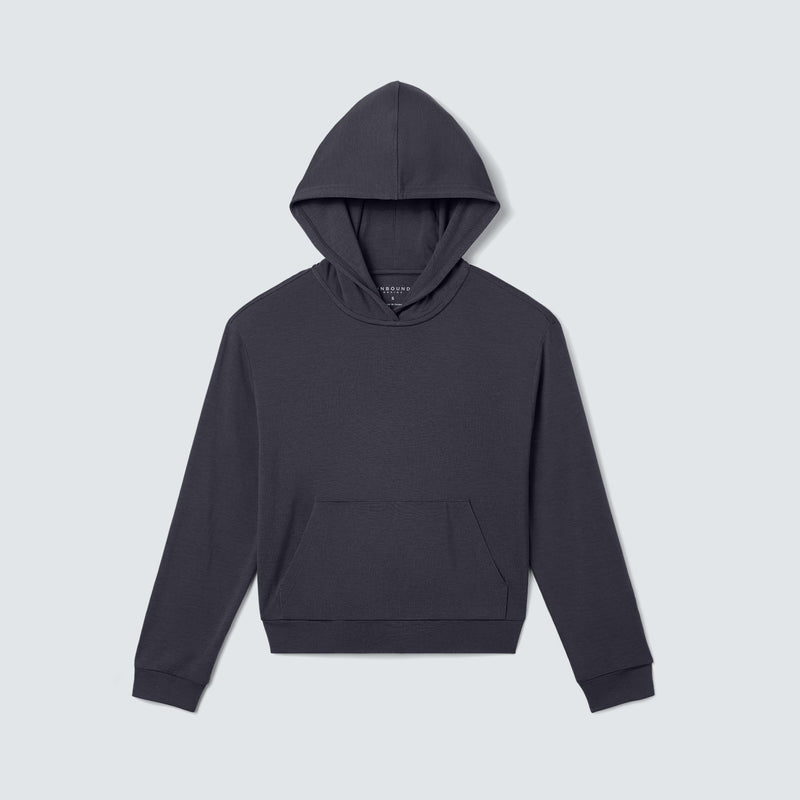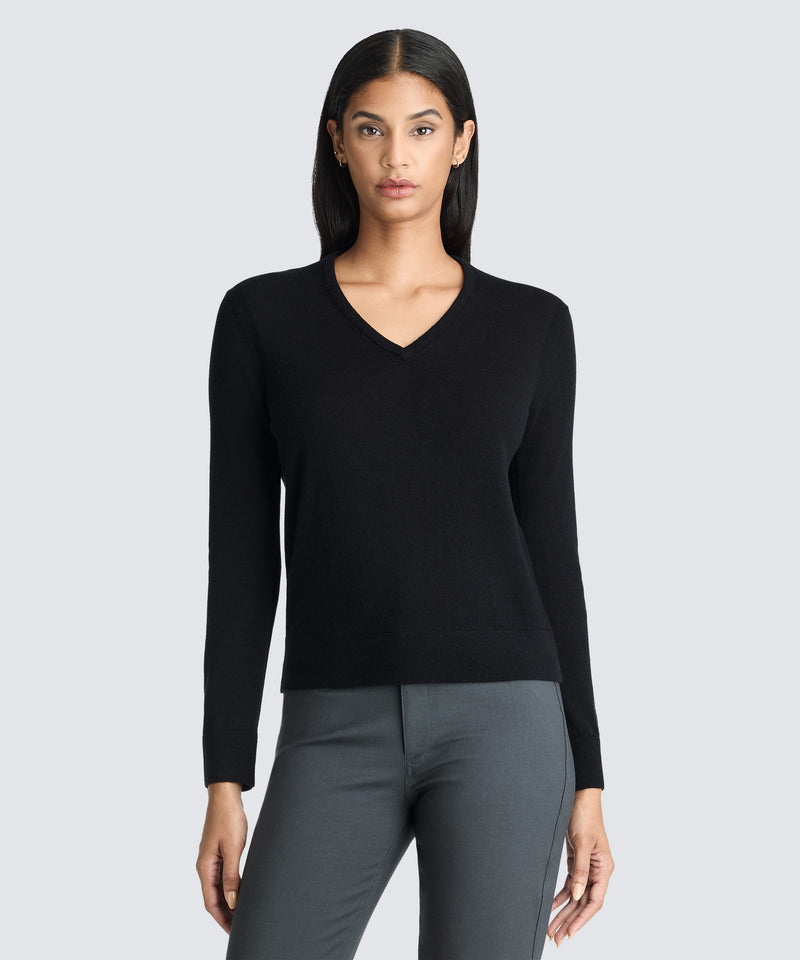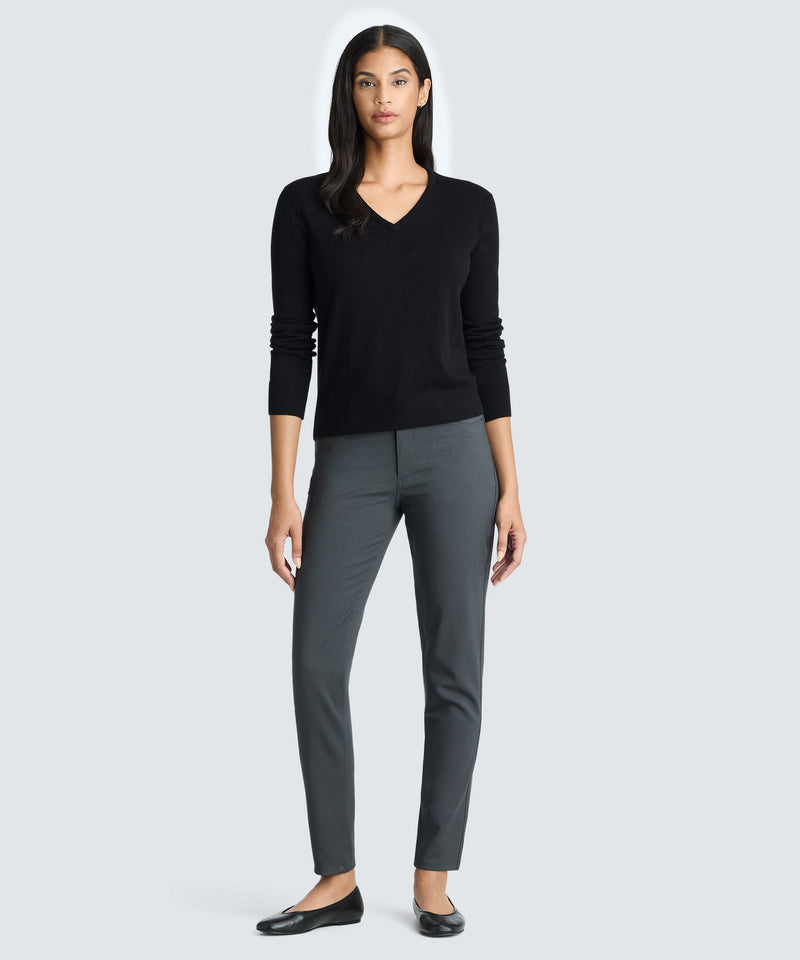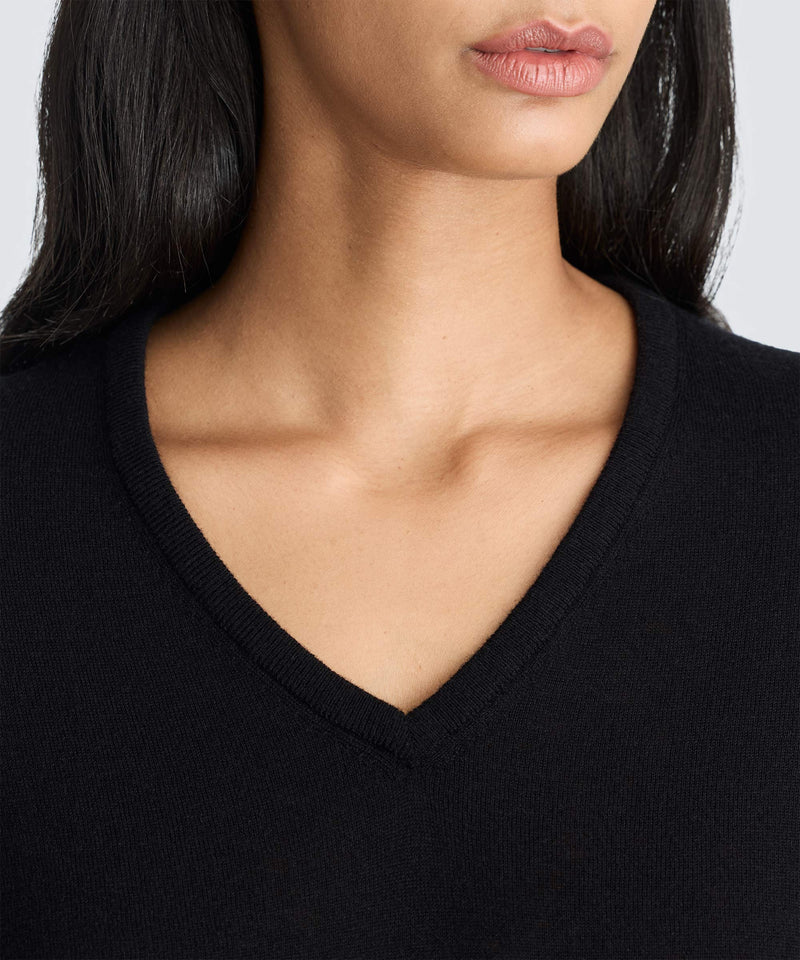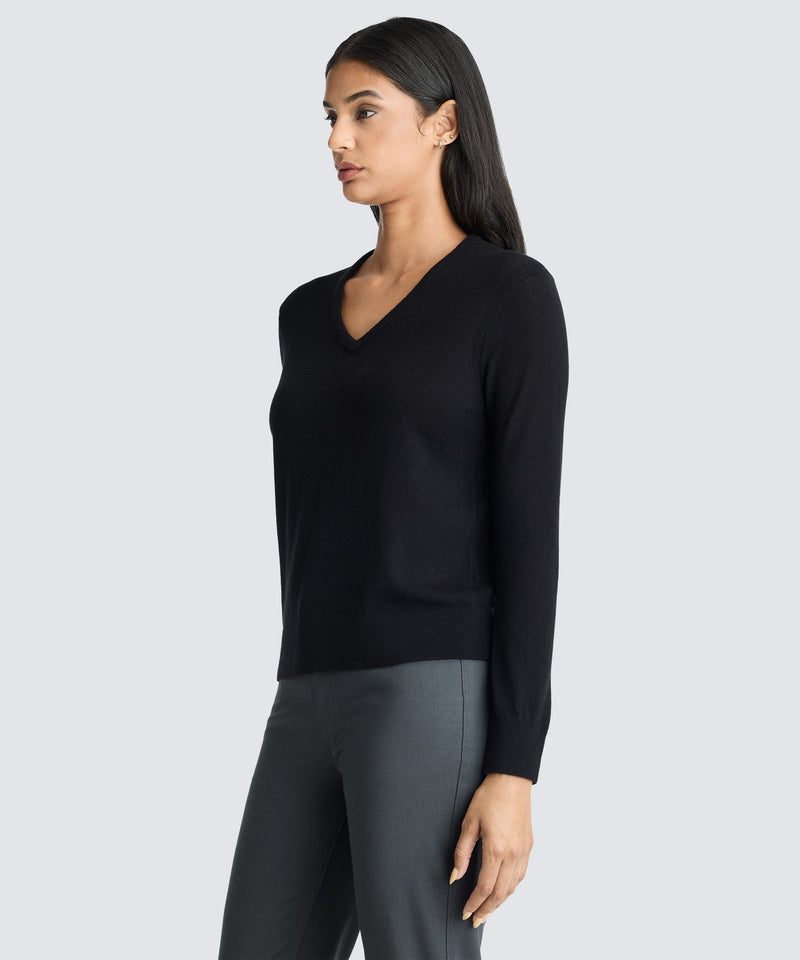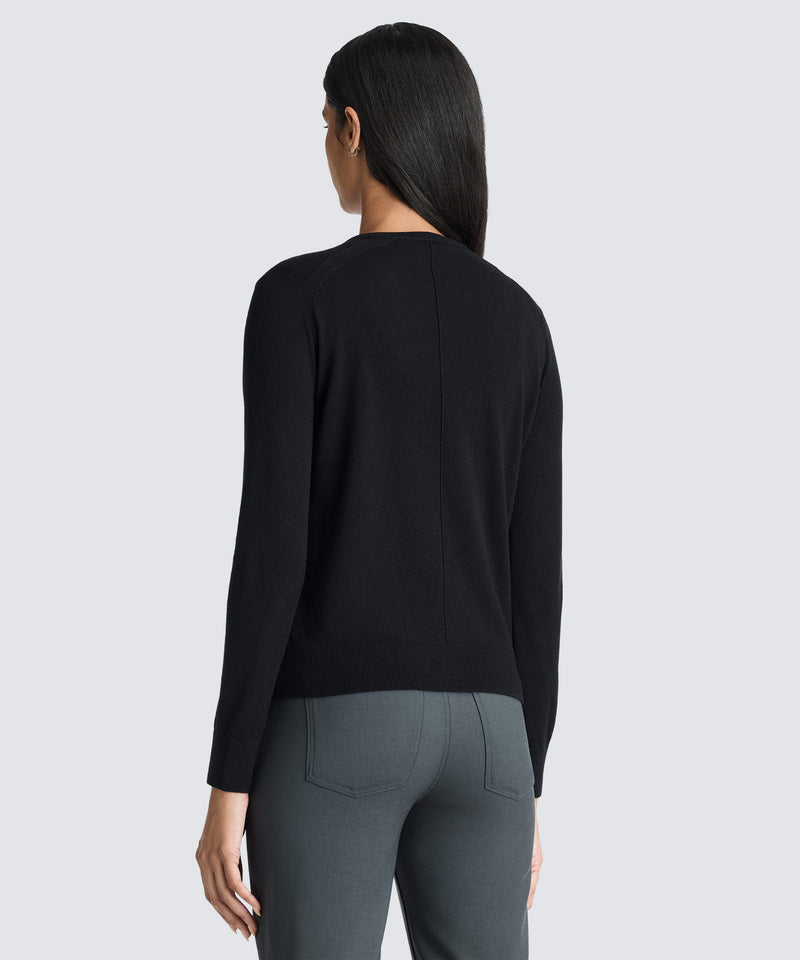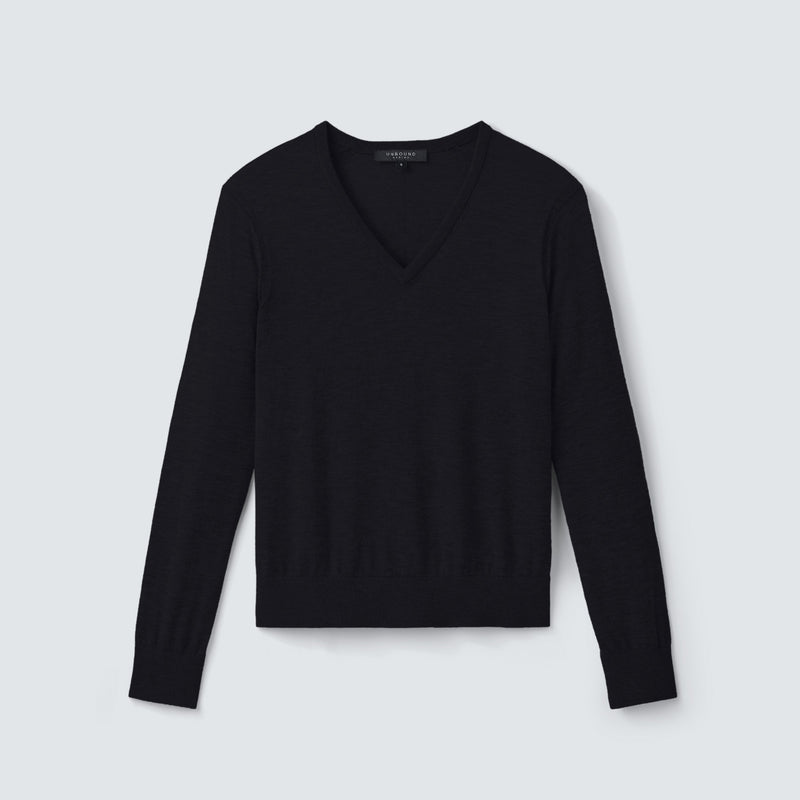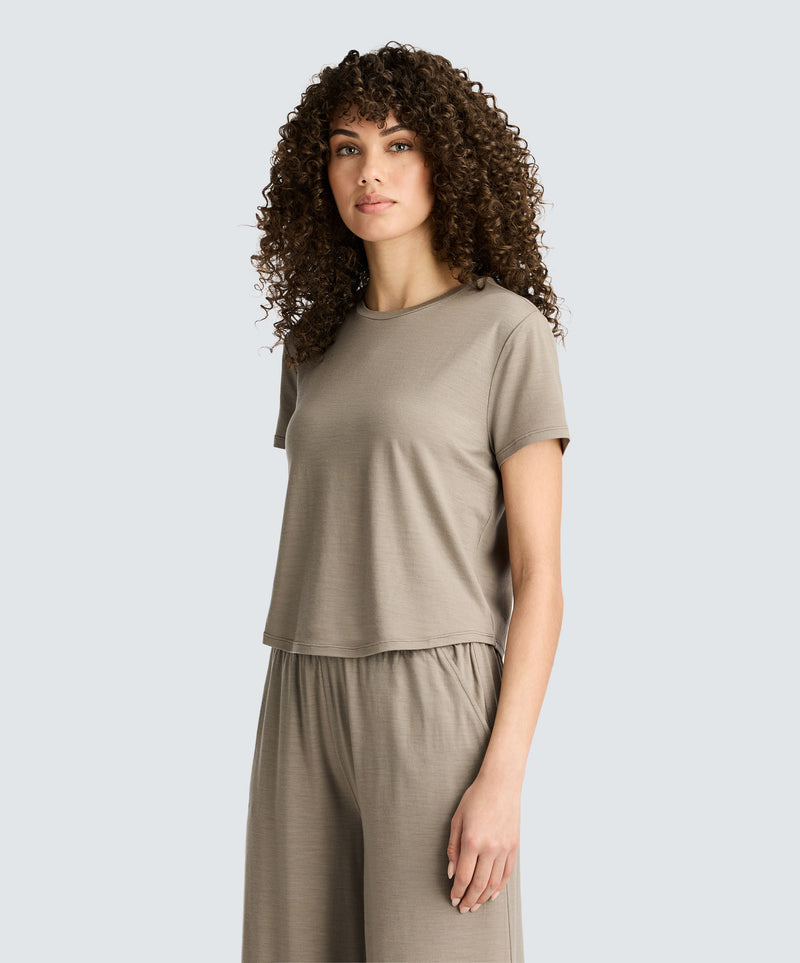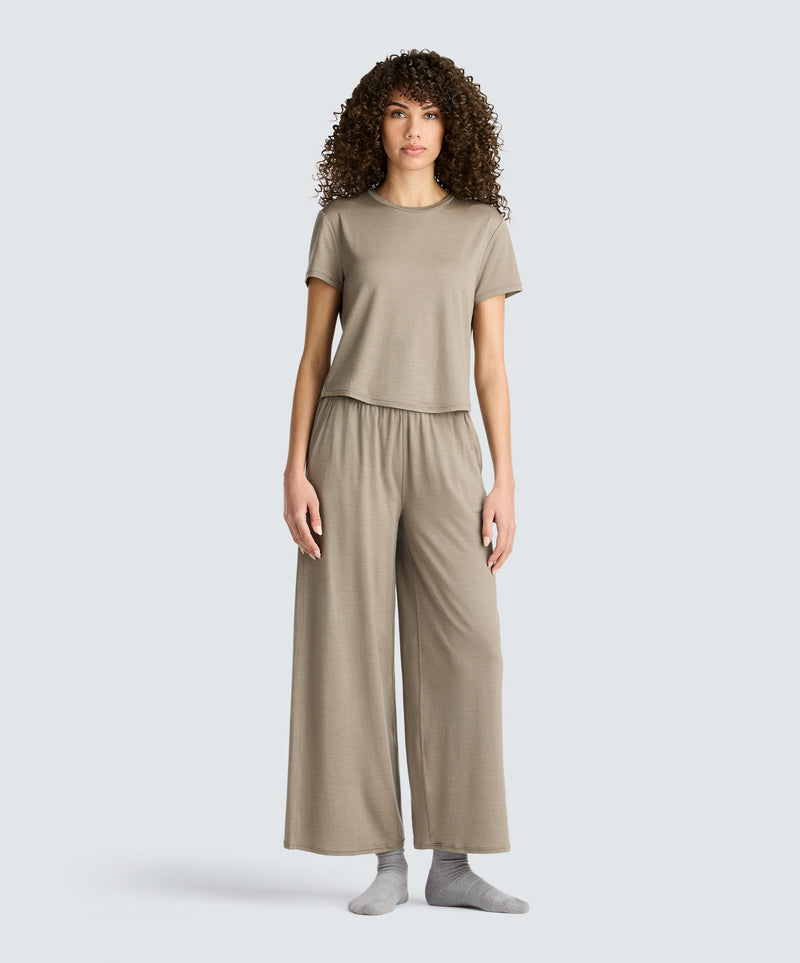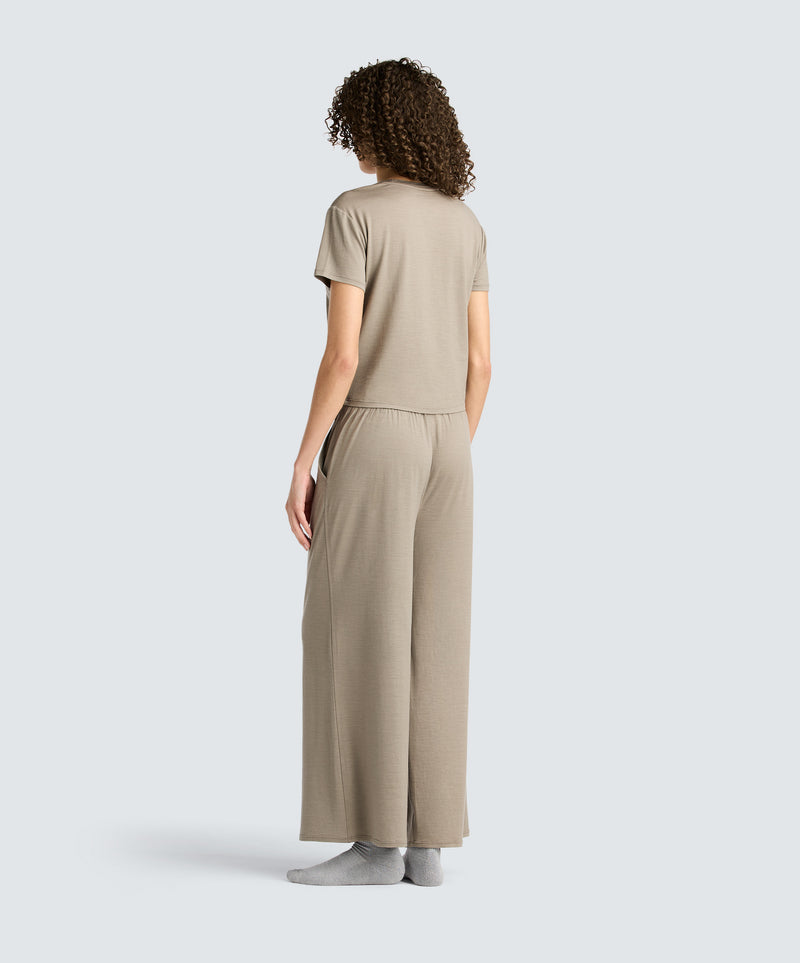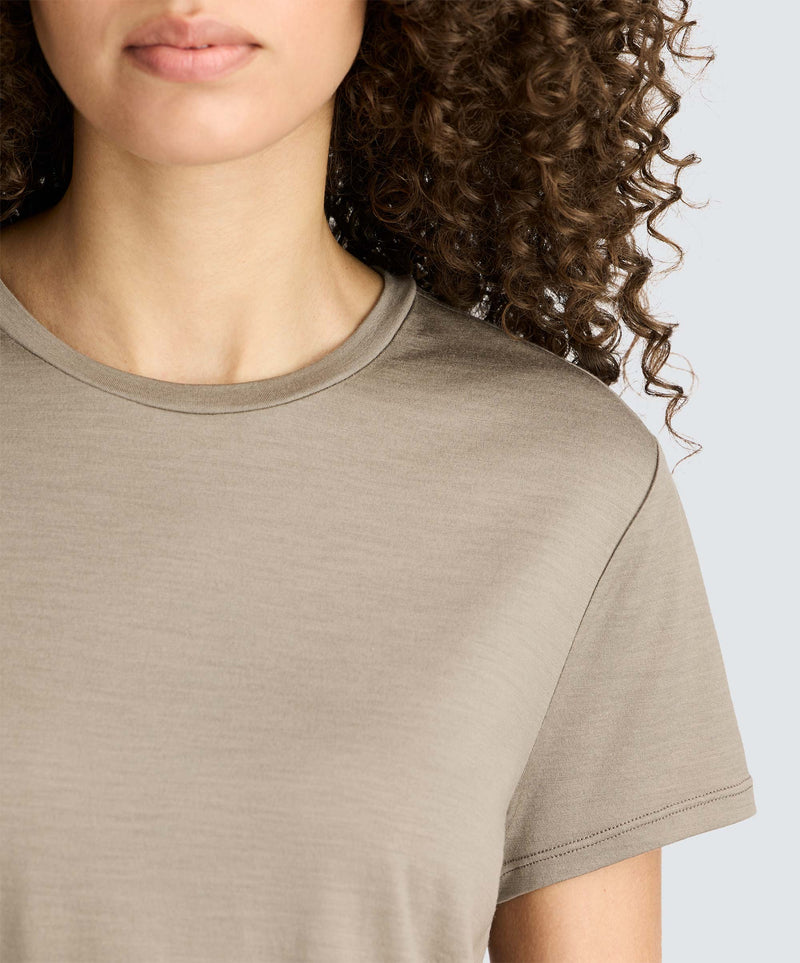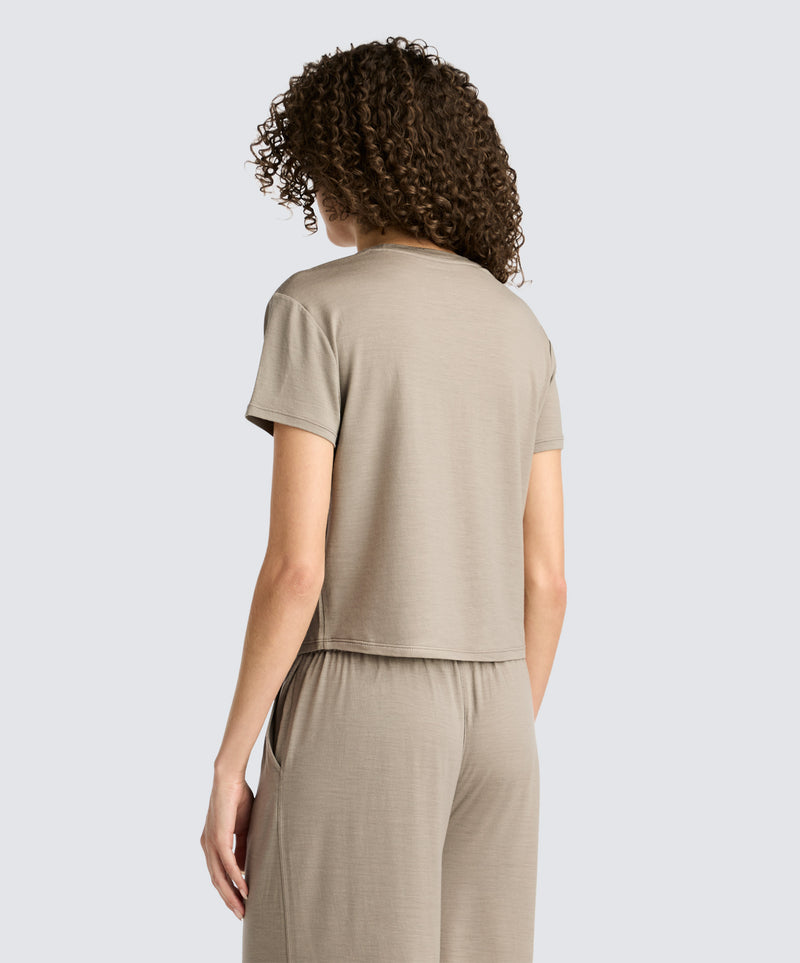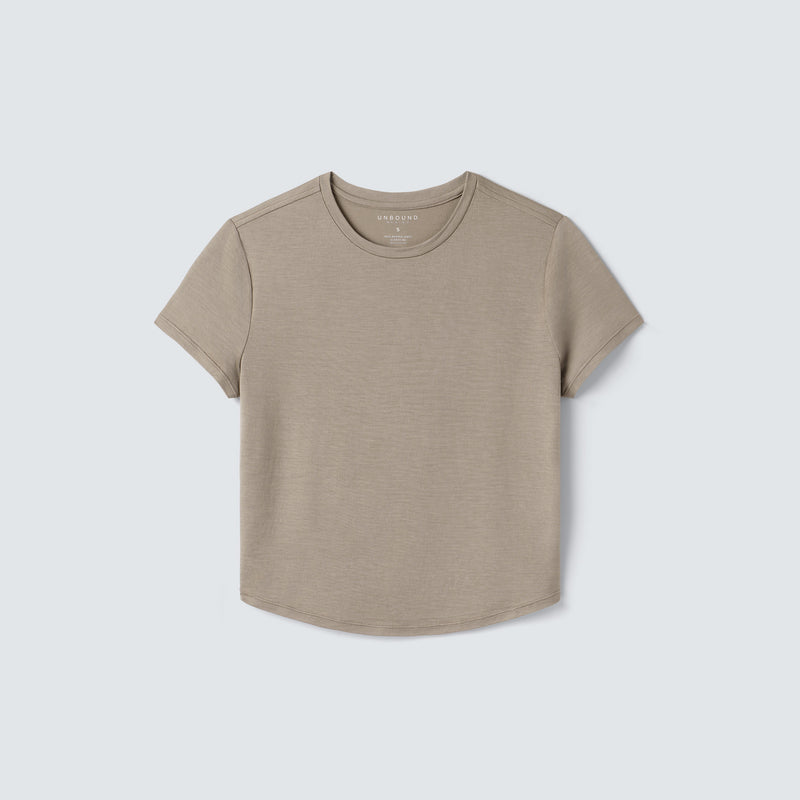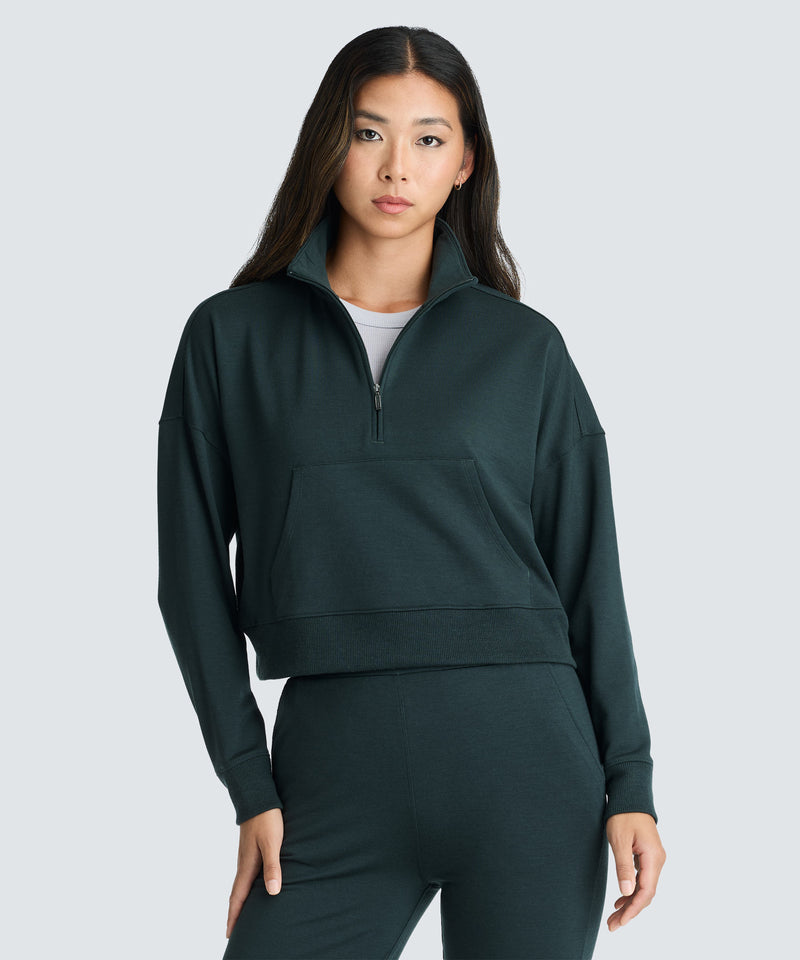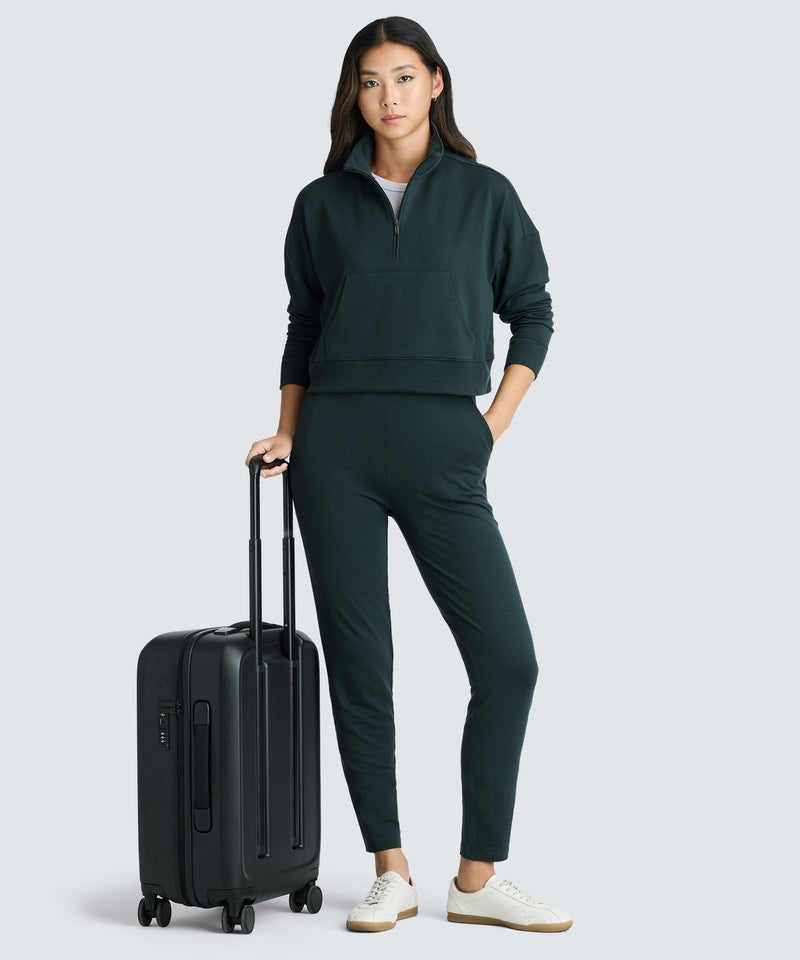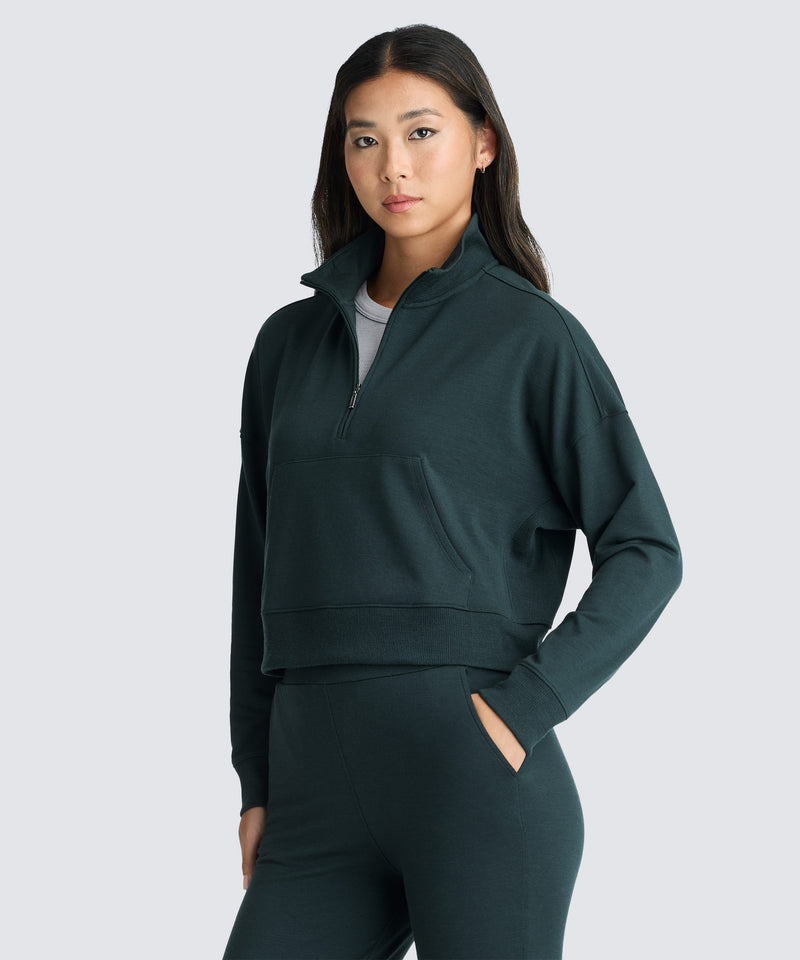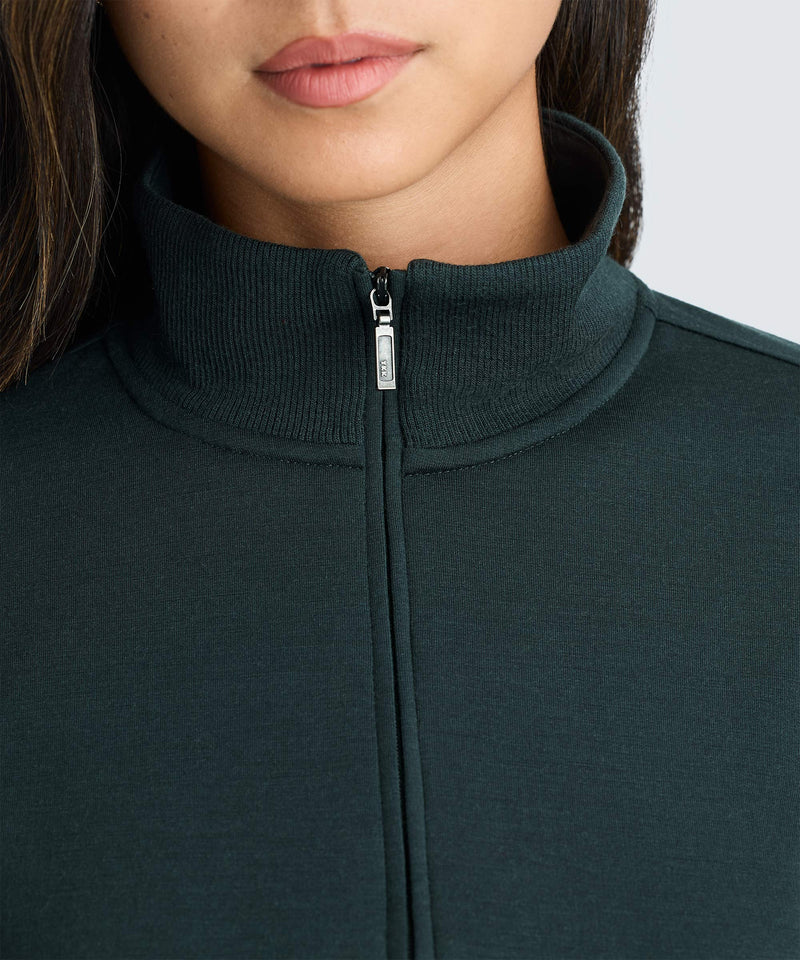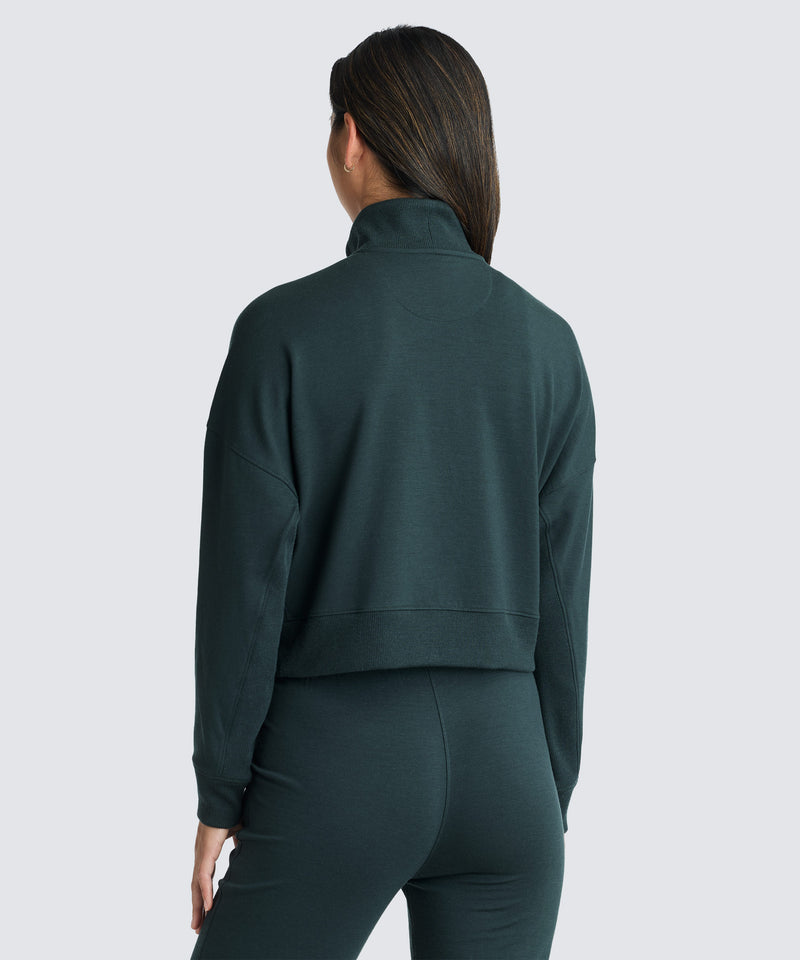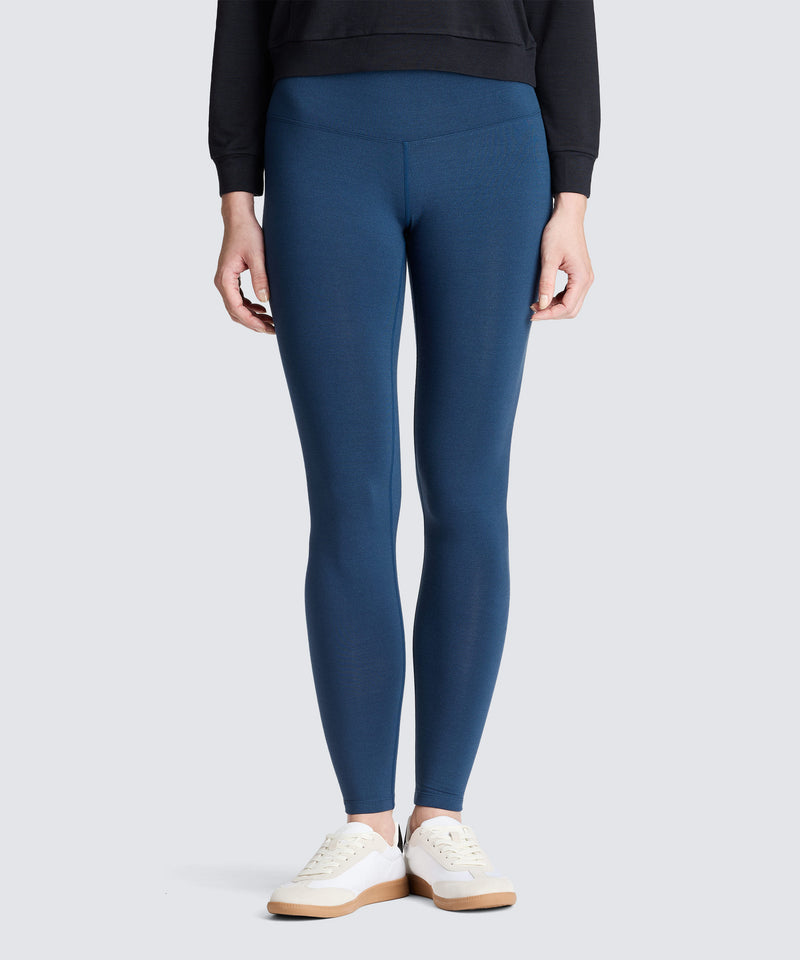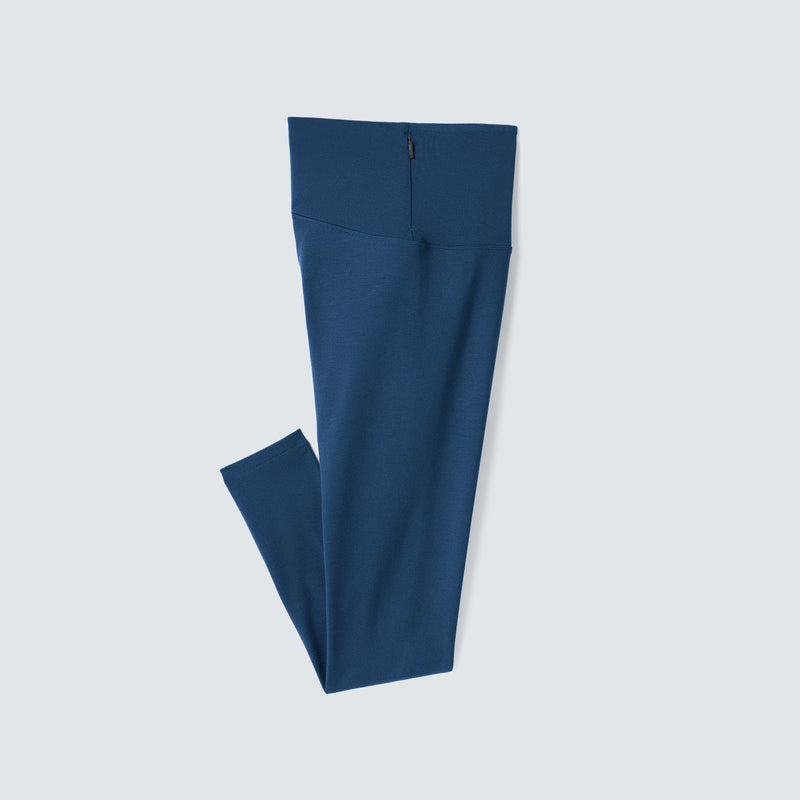People & Places
Away from the Crowds: 10 of the World's Least Dense Travel Destinations
Updated: February 11, 2022
Most of us, at one time or another, have said to ourselves, “man, I wish I could just get away from it all.” Maybe it was in response to a challenging time at work. Maybe we felt a creeping anxiety about being in a busy city. Perhaps it was a reaction to a social or romantic experience that just wasn’t going our way. Or – as is often the case these days – the pandemic had us feeling cooped up.
There are plenty of reasons to want to get “away from it all,” but how does one actually do it? What do we mean when we say “away”?
To us, away means going somewhere wide open and sparsely populated – a place where you can commune with nature, far from the bustle of a big city, where little to no traces of civilization exist. Away is a place for self-reflection, self-care and comfort – on no one’s terms but your own.
In that spirit, we wanted to present a list of the world’s least densely populated travel destinations. Pulling data from the United Nations and World Atlas – and using some creative liberty in our decision-making – we’ve compiled top picks for wide-open destinations.
If you’re looking for a place to enjoy nature, center yourself and really physically distance, check out one of these 12 spots.
The Icelandic Fjords
Iceland as a whole is the second least dense sovereign country in the world (behind Mongolia, which also makes an appearance on this list). Its main city, Reykjavik, is home to just over 130,000 people. (By contrast, New York City houses 175,000 people per square mile).
While Reykjavik can be a blast, you need to head out into Icelandic nature if you truly want to escape the crowds. And there’s no better place to do that than the fjords – scenic U-shaped valleys forged during the Ice Age.
Travellers are spoiled for choice when it comes to fjords in Iceland. In total, there are 109 fjords, divided mainly between the Westfjords and the country’s eastern coast. Some fjords are uninhabited, while others sit next to small villages. (The Mjóifjördur village, for example, has just 35 inhabitants).
Pack warm when you visit the Icelandic fjords. Coastal North Atlantic winds can be biting any time of year, so we recommend a base layer of merino wool travel clothing for insulation.
The Australian Outback
Australia is right behind Iceland in the list of least dense countries. Unlike Iceland, though, you can find major, bustling metropolitan cities in Australia – Sydney, Melbourne, Perth, etc. Australia ranks so high (or low, depending on your perspective) because of its sheer size. It’s only marginally smaller than the United States by area (with roughly 13% of the population).
Because the lion's share of Australia's population is concentrated along the coasts, you have to venture inland to beat the crowds.
You’ve probably heard of the Outback: the remote, sparsely populated, semi-arid Australian interior. What you might not know is how stunning the region can be. Its expanses of red earth are punctuated with jagged, bushy ranges. Its grassy savannas are home to diverse, one-of-a-kind wildlife. And one of the world’s most striking monoliths, Uluru, calls the Outback its home.
Unlike in the Icelandic fjords, you can expect intense heat in the Australian Outback, with temperatures routinely reaching 39 degrees Celsius (103 degrees Fahrenheit) in the summer. In other words, pack those merino shorts you’ve been holding onto.

Credit: wirestock Via Freepik
The Namibian Sand Dunes
Right behind Australia on the list of least dense countries, you’ll find Namibia. You might not have expected Namibia, which is understandable. Mercator projection maps tend to grossly distort the true sizes of some countries – diminishing the size of Africa, in particular. (You can read more about the Eurocentrism of map-making in this fantastic National Geographic article).
But Namibia is a big country, with a population roughly the size of Kansas. It’s also a safe country to visit, by regional standards. More than that, it’s home to a vast expanse of sand dunes both striking and calming.
Situated in the Namib desert along the Atlantic coast, Namibia’s high, red dunes stretch as far as you can see. Some dunes have been petrified into solid rock, while others remain sandy and shifting. Some are completely bare, showing no signs of life, while others support majestic shrubs and camelthorn trees.
Wherever you are, the landscape is surreal. Several filmmakers, music video directors and artists have used the Namibian sand dunes as a backdrop to simulate a dreamscape. You really have to see it to believe it.
Northern Canada
Canada is massive – a fact you can easily forget, given that over 90% of the population lives within 100 miles of the US border. If you venture north, even just for a day or two, you’ll find sweeping stretches of uninhabited wilderness.
Northern Canada is home to several pristine, dramatic locales, but we recommend travelling from Northern British Columbia to the Yukon, where you’ll find tall peaks, glaciers, emerald-blue lakes, and forests thick with spruce trees.
Specifically, we recommend the 10-hour drive from Fort Nelson to Whitehorse, which brushes alongside the Northern Rocky Mountains and affords several opportunities for camping and trekking. Just make sure to pack bear spray on the off-chance you encounter a grizzly!
The Mongolian Steppe
The Eurasian Steppe is a massive east-to-west swath of temperate grassland that extends from Romania in the west to central China in the East. It’s been an immensely important ecosystem in human history, giving rise to civilizations and trade routes (the domesticated horse, one of the most important “technologies” in human history, hails from the Eurasian Steppe).
Nowadays, the Steppe is pretty sparse. While you can find pockets of deep-rooted culture throughout, you also find miles and miles of uninhabited, unspoilt natural beauty.
This is certainly apparent in the Mongolian Steppe. As mentioned, Mongolia ranks first on the list of least dense countries. And approximately 45% of the country’s population resides in the capital city of Ulaan Baatar. This leaves the countryside wide open for exploration.
When you touch down in Mongolia, whether by plane or train, you’ll almost certainly land in Ulaan Baatar. From there, you can find several guided tours (for relatively cheap) that will take you to the countryside. Some tours offer stays in a traditional ger (a yurt tent), while others are more of an in-and-out affair. We recommend going with the former. Pastoral Mongolian culture is rich and rewarding, and, since they don’t often get tourists, locals will treat you like family. They may even offer you a glass of “kumis” – fermented, mildly alcoholic mare’s milk!

Credit: saravutwhanset Via Freepik
Greenland
On paper, Greenland is a constituent country of Denmark – but that can be a bit misleading. Culturally, geographically and scenically, Greenland is closer to Northern Canada. It maintains Inuit cultures and traditions; it features a rugged coastline and massive interior ice sheets; and it sits just across the Baffin Bay from the Canadian territory of Nunavut.
Much of Greenland is uninhabited (and uninhabitable), but you can still find large stretches of sparsely populated nature in which to get lost.
If glaciers are your thing, you can charter a boat from Nuuk that ventures throughout the arctic circle. If Viking ruins are more your speed, you can head to Hvalsey, near Qaqortoq on the island's southern tip. Or explore the museums, cultural centers, cathedrals and coffee shops of Nuuk, the island’s biggest settlement (don’t worry – it’s small enough that you’ll still feel like you’re escaping the crowds).
Flights to Nuuk can be tricky to find, and, when you can find them, relatively expensive. Before you go, check out our article on how to save money when travelling.
The Guyanese Interior
The South American country of Guyana is more or less the same geographical size as Great Britain – with nearly 1/10th the population, mainly concentrated in coastal areas. Heading to the Guyanese interior, you’ll find dense jungle, tall waterfalls and diverse wildlife, nearly untouched by civilization.
If wading unaccompanied through an animal-filled jungle sounds frightening, don’t worry; the interior has some tourist infrastructure. You can find guesthouses, forest lodges and traditional hut homes that take in travellers. You will also find knowledgeable guides to ensure you make it in and out of the jungle unscathed.
Look for organizations that support – and actively contribute to – rainforest preservation. As this Guardian article notes, several Guyanese tour companies and ecolodges want more tourists to help draw attention to preservation efforts.
As for packing, remember that tropical climates can combine heat and moisture to an occasionally uncomfortable degree. Pack breathable, sweat-wicking items like our merino tee, underwear and merino shorts, covering any exposed skin in a healthy lather of sunscreen and mosquito repellent.
Niue
Travelling to the South Pacific Island of Niue often requires multiple stops – first to Sydney, then Auckland, then to Niue. But if you can survive a few long haul flights, you’ll be rewarded with one of the most pristine, sun-soaked, lush beach paradises in the world.
The raised coral atoll is home to just over 1,600 people. And because of Niue’s relative remoteness, it doesn’t see the same tourist volumes as some other beach destinations. Best of all, the island is easily traversable; you can travel from the northern tip of Mutalau to the southern settlement of Makaapiapi in just a 40-minute drive (or five hours hike).
Niue is just about as “away from it all” as you’ll get on this planet.

Credit: tawatchai07 Via Freepik
Eastern Siberia via the Trans-Siberian
Eastern Siberia has the unfair reputation of being a place where people are “banished to.” Granted, the USSR government did use Siberia as a setting for political exile, often in one of the region’s draconian labour camps. But that’s the past. It’s perfectly reasonable – even encouraged – to visit Siberia willingly these days.
The best way to get to Eastern Siberia is to board the famous Trans-Siberian railway. Starting in Moscow, the railway will take you through the greatest hits of interior Russian cities – Kazan, Yekaterinburg, Novosibirsk and Irkutsk, to name a few. Then, you’ll have a choice to make: you can either hang south toward China (via Mongolia) or continue onto the Eastern reaches of Siberian Russia.
If you opt for the latter, your last stop will be Vladivostok, a port city on the Sea of Japan, just a stone’s throw from the North Korean border. Here, you’ll find a mixture of Siberian culture (brewpubs, museums, seaside restaurants, etc.) and surrounding wilderness.
The whole eastern leg of the Trans-Siberian can be a fantastic vacation from busy city-living. There’s nothing much to do for a few days but gaze out the window at nature, read some Russian literature and maybe make friends with a couple of strangers (who will offer you vodka). Because train stops never last more than a night or two, pack warm, comfortable clothing that stays fresh, like Unbound’s merino wool hoodies and merino sweatpants.
The Moroccan Desert
The Sahara Desert contains multitudes. In some areas, it's almost wholly uninhabited, while other areas sustain bustling cities. It’s home to new developments and ancient cities. It has everything you expect from a desert (oases, palm trees and camels), but it also has mountain ranges, gazelles and cheetahs. In short: it’s a big place with lots of diversity.
For this article, we're zeroing in on one particular region: The Moroccan Sahara. It's probably the easiest, most accessible way for travellers to see the Sahara Desert.
To get started, Lonely Planet recommends taking a one-day bus journey from Marrakesh to either Merzouga or M’Hamid. From those cities, you’ll find 4WD rides into the Moroccan Sahara or – for those who prefer a more primitive technology – camels. While there, don’t miss Erg Chebbi, a scenic region of constantly shifting dunes that stretch as far as you can see. Before you head out in the dry heat of the Sahara, brush up on hygiene and comfort best practices; our article on how to feel your best when you travel is a good start.
Low-density travel destinations are a fantastic way to see the world’s natural beauty, escape the fast pace of cities, prioritize self-care, and give some of your tourist dollars to places that don’t normally get a lot. If you have other recommendations for sparsely populated destinations we didn’t cover above, feel free to comment with suggestions.



